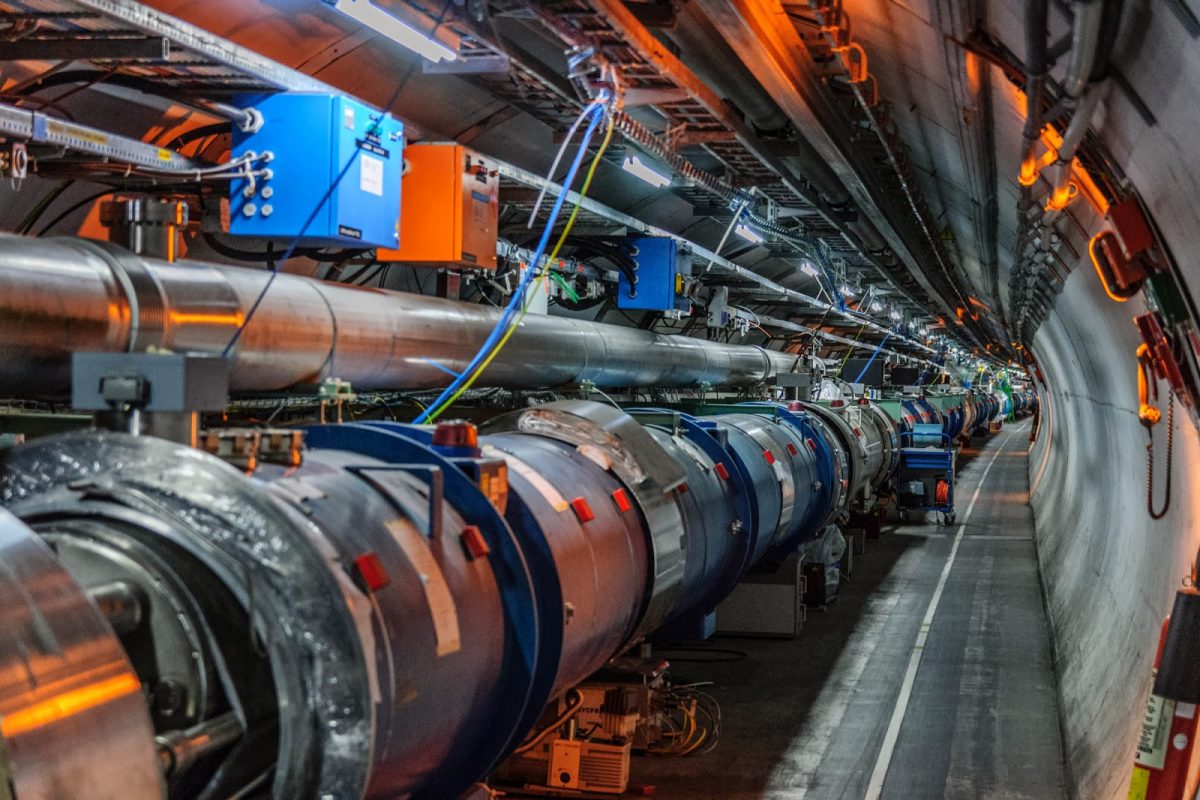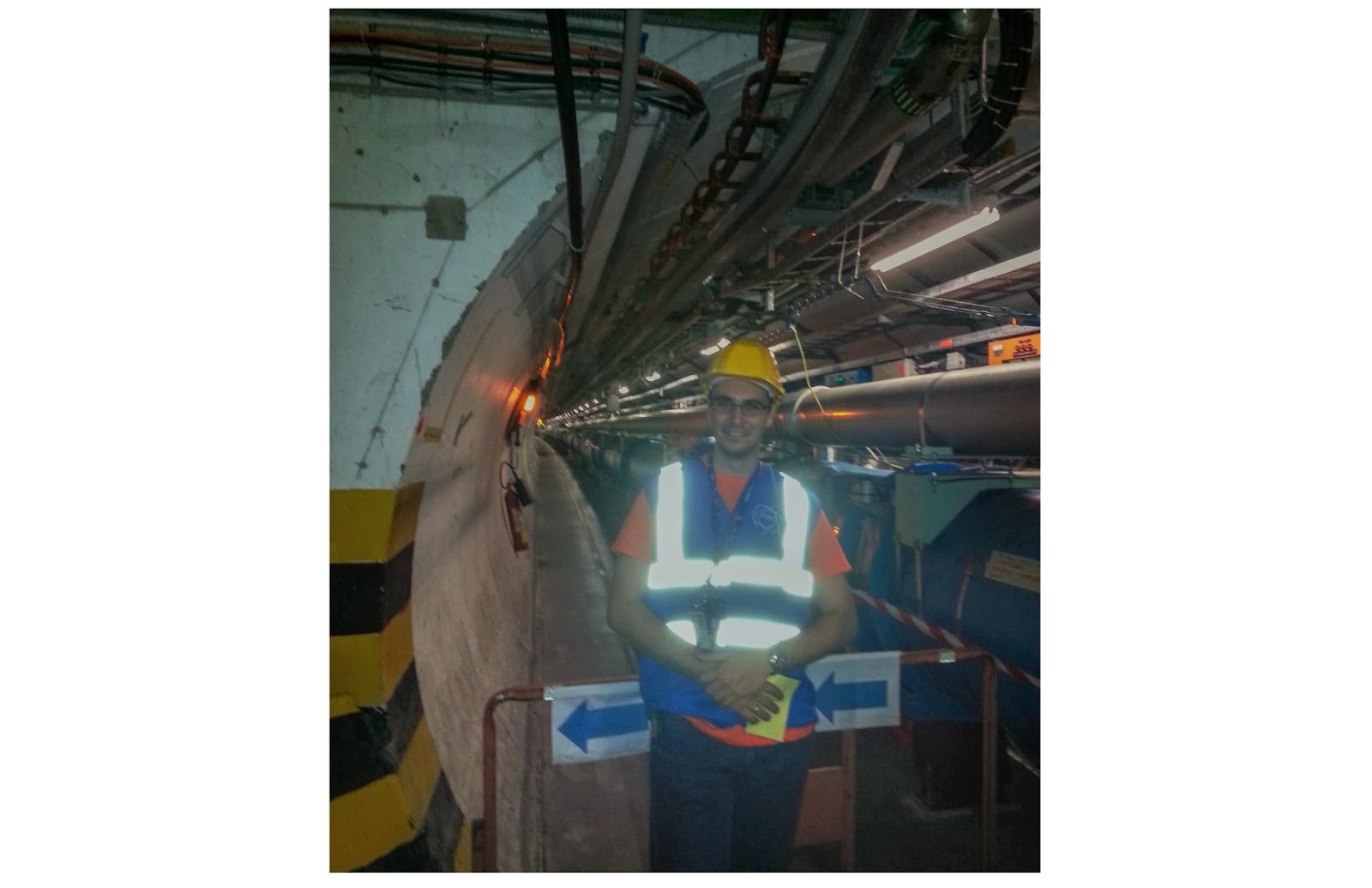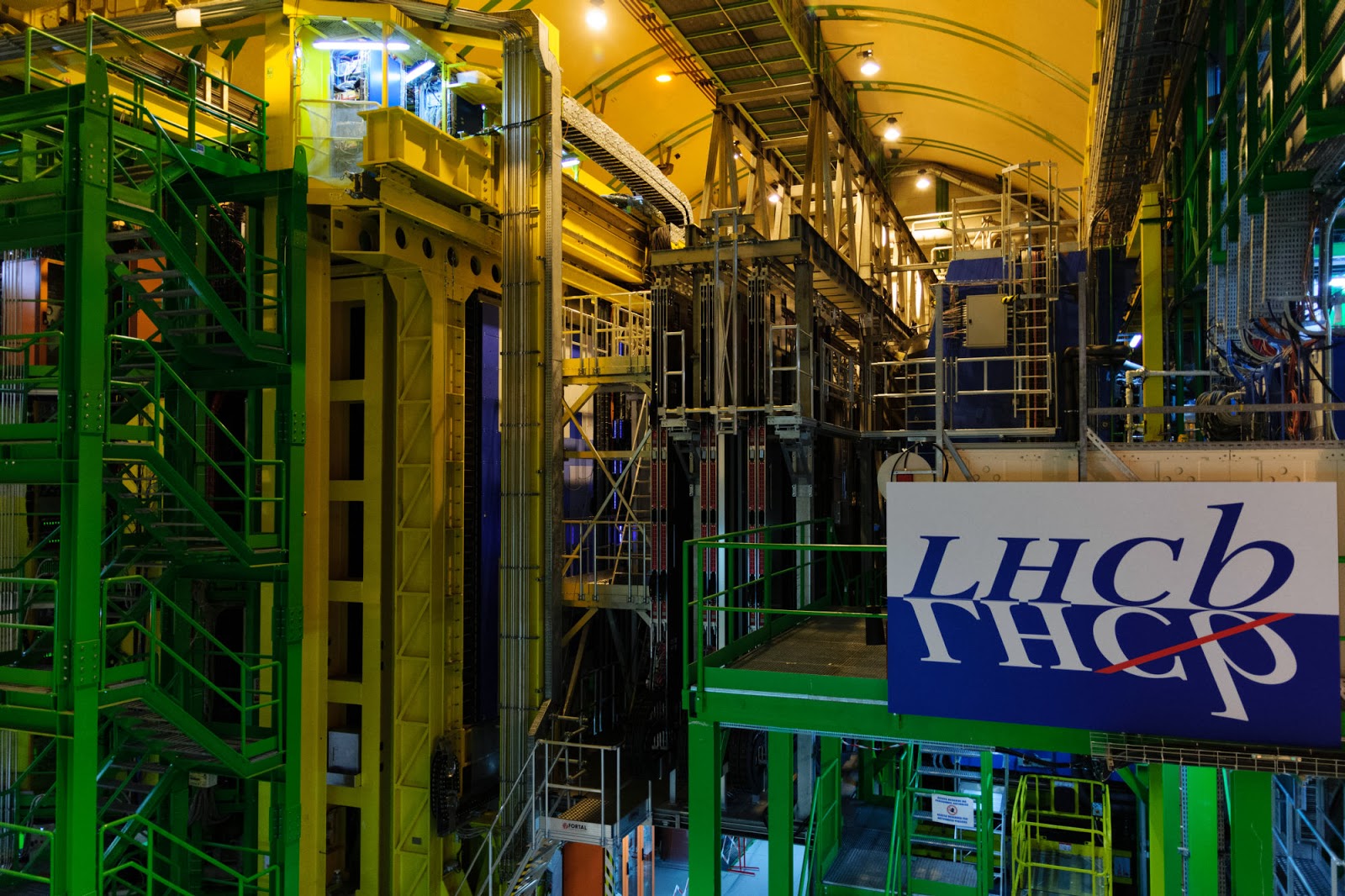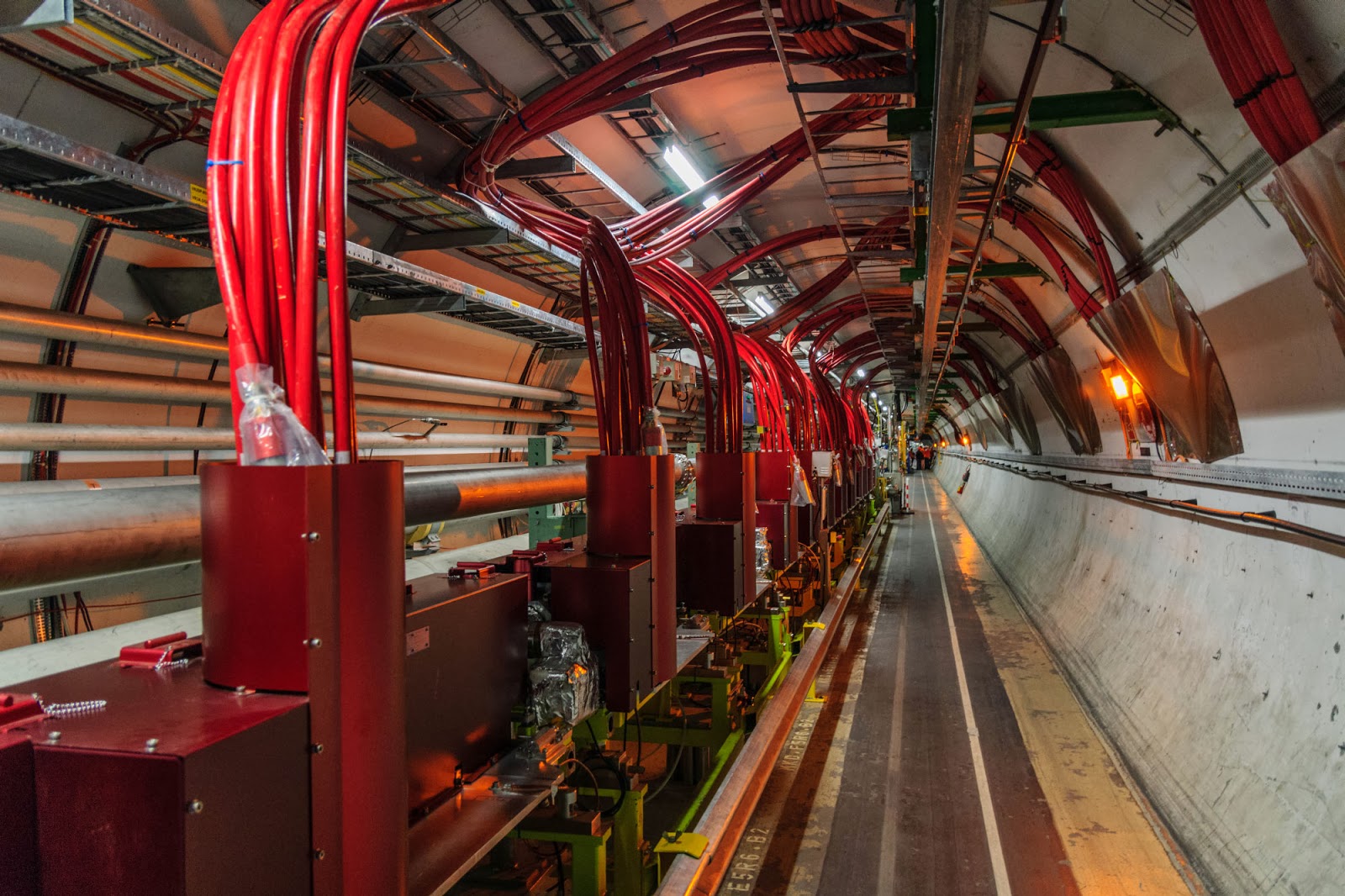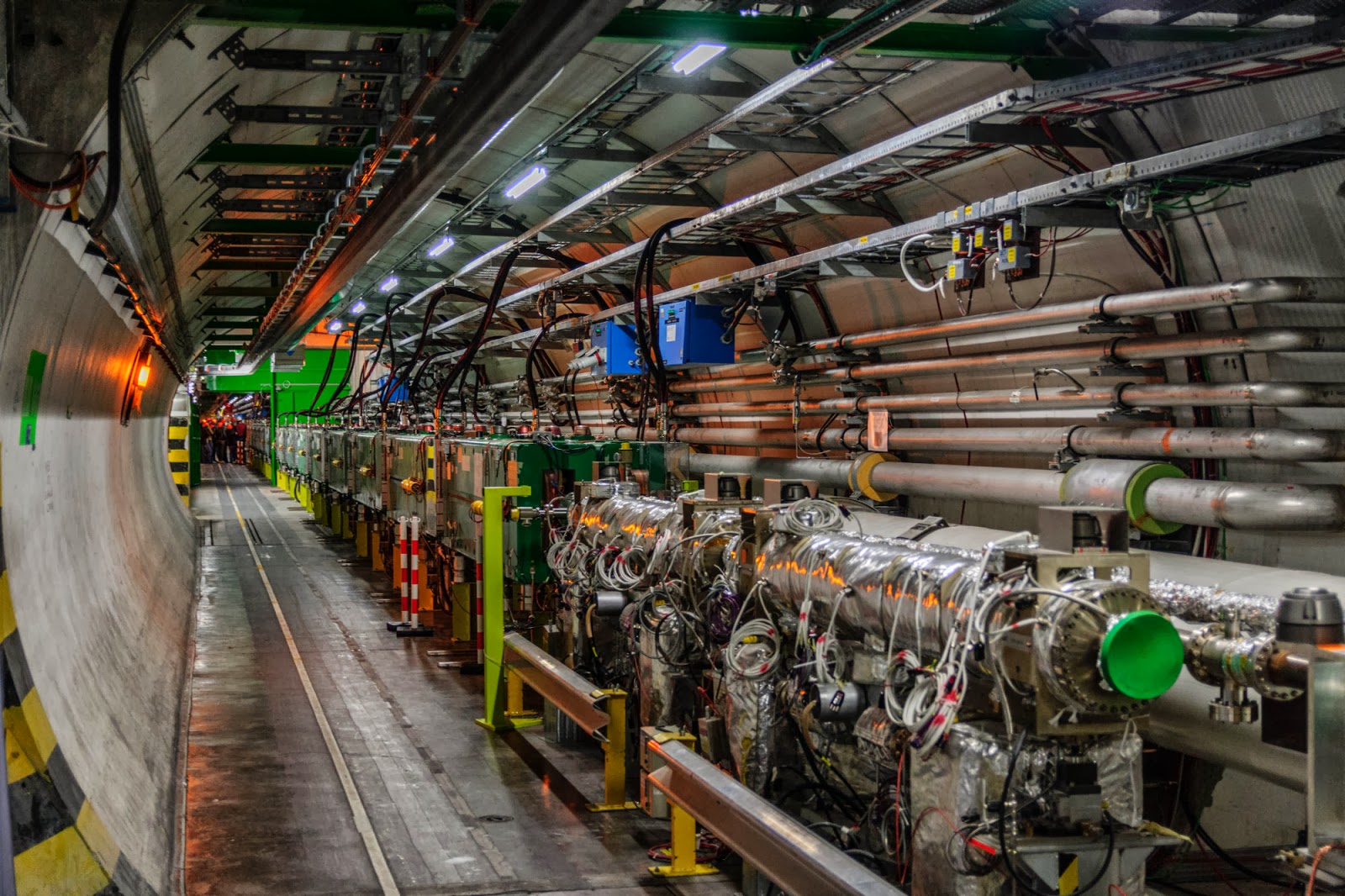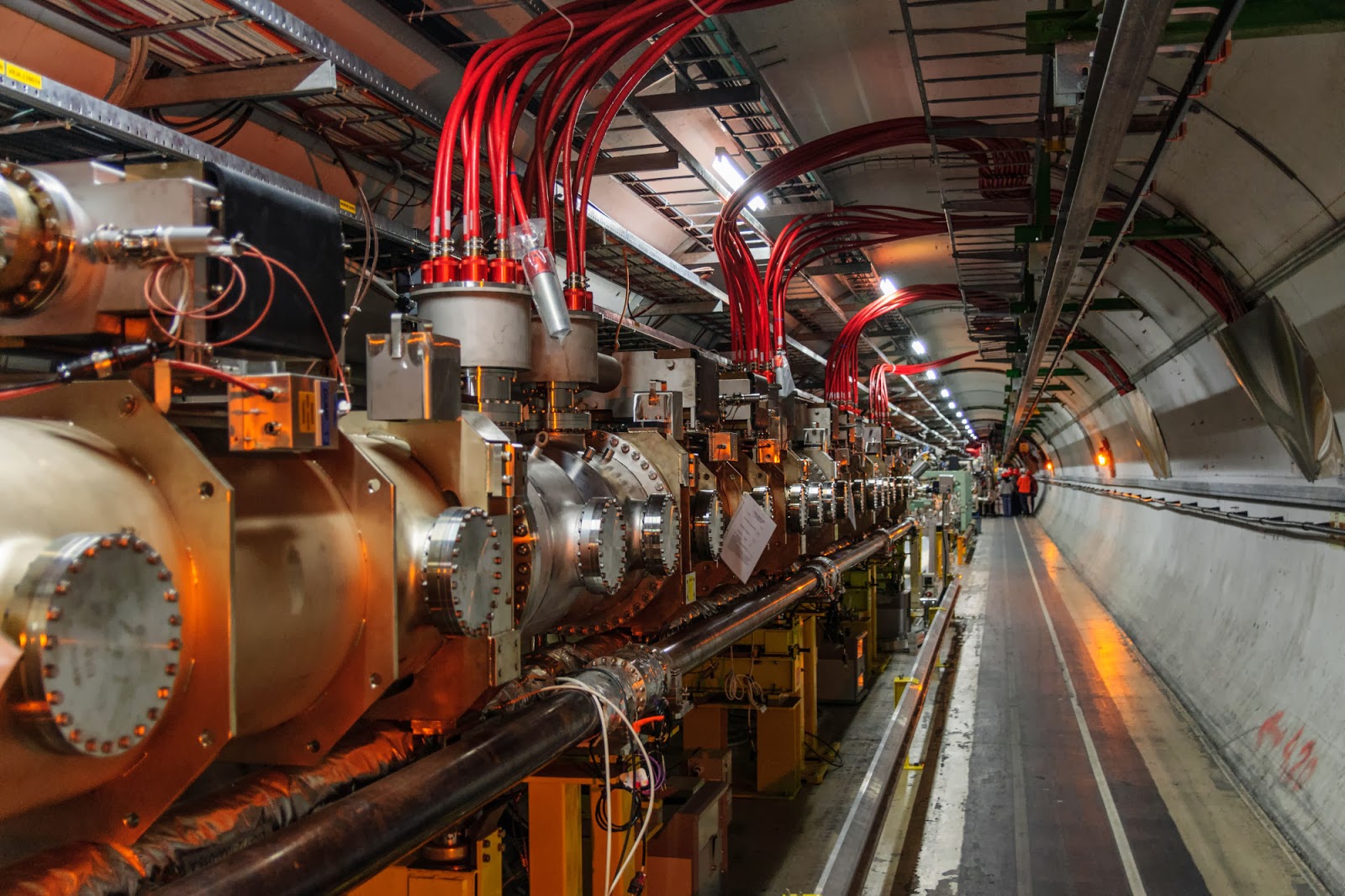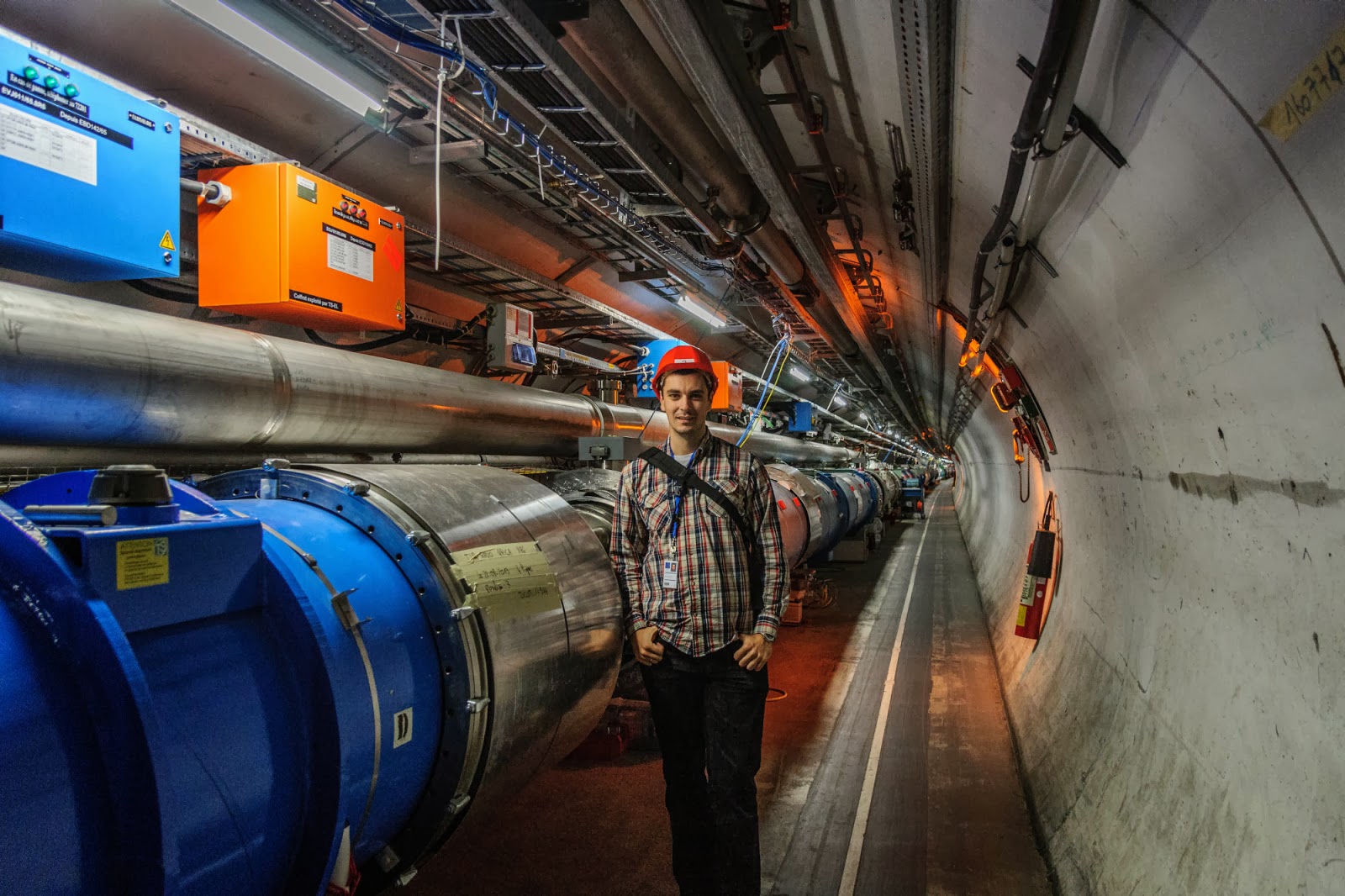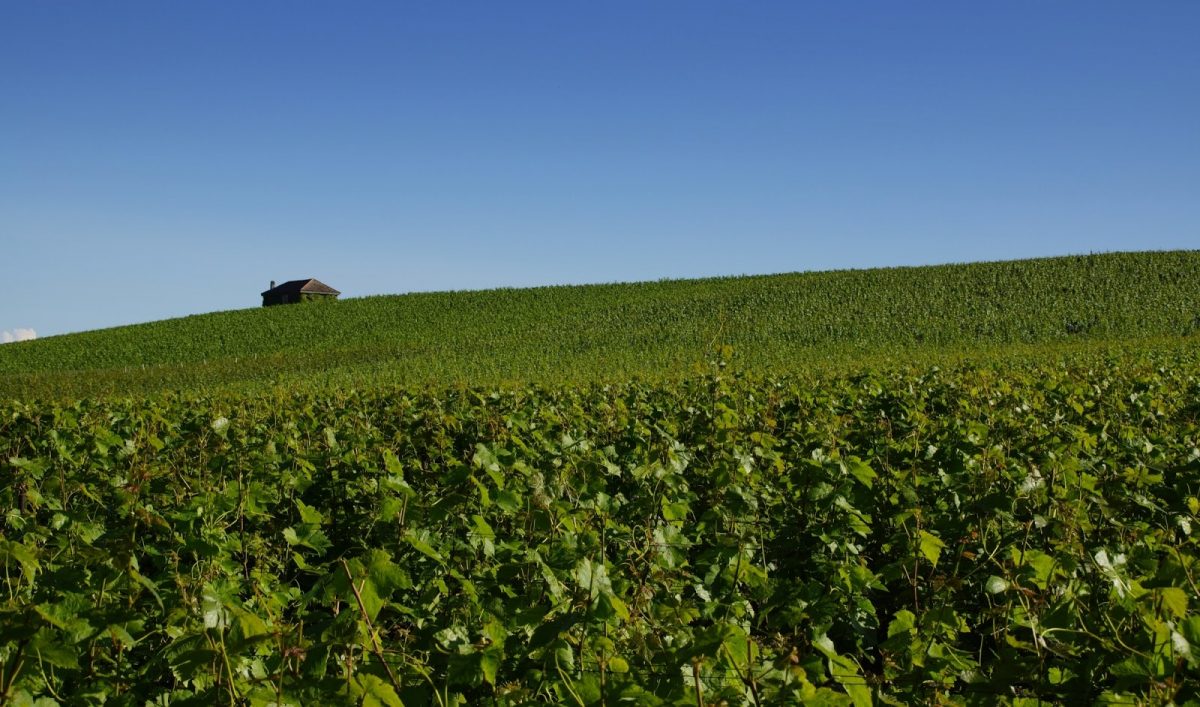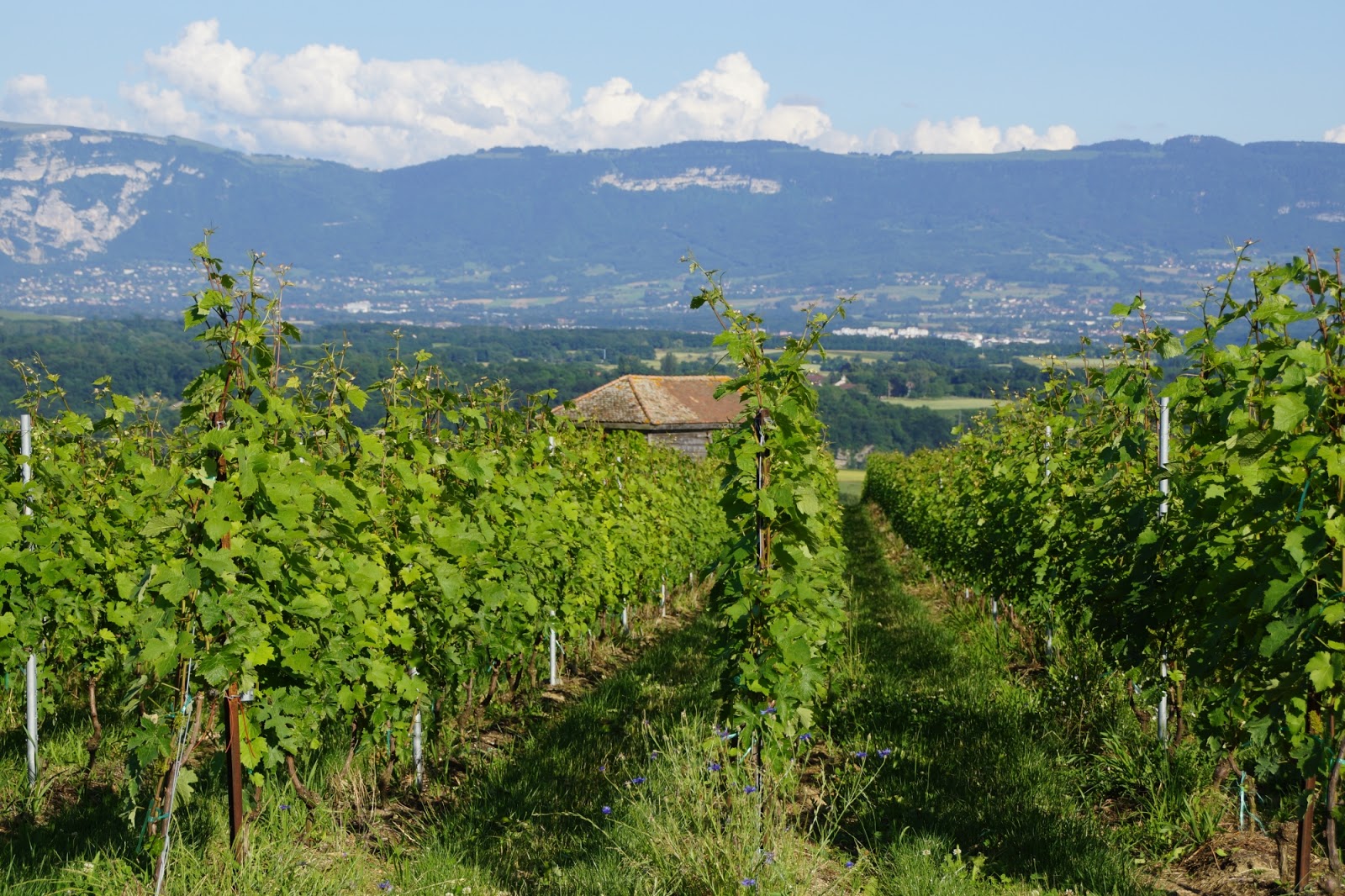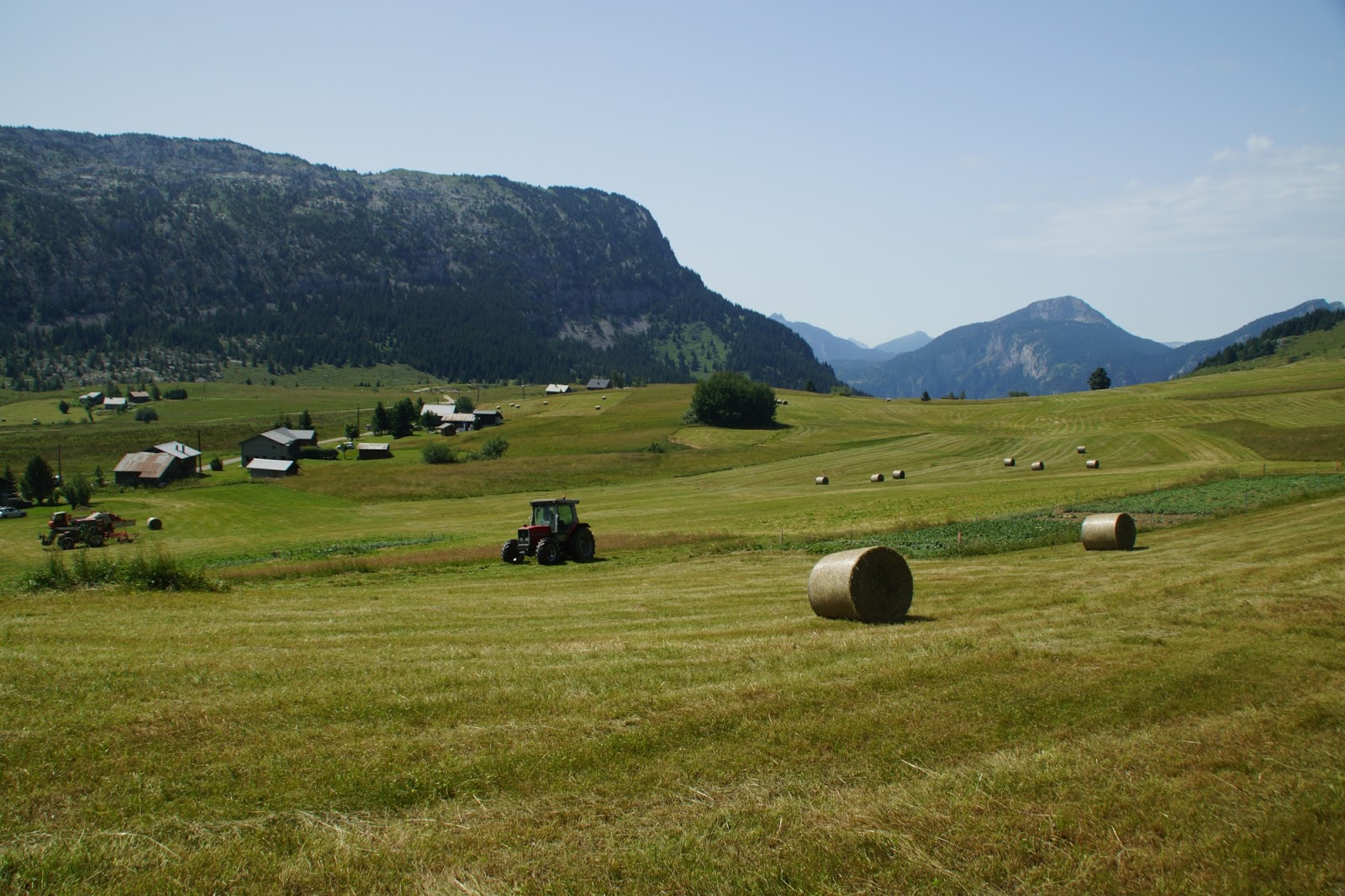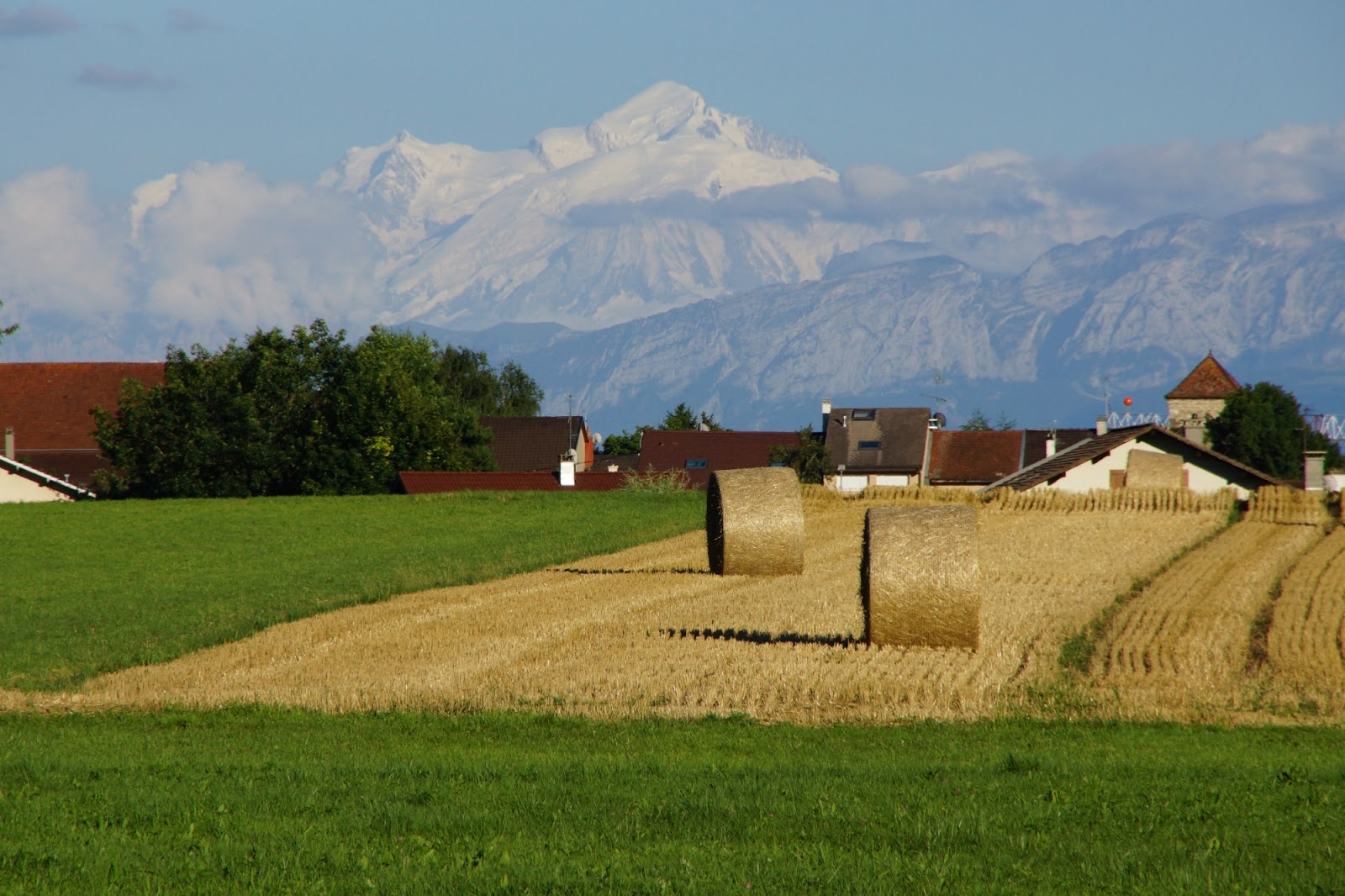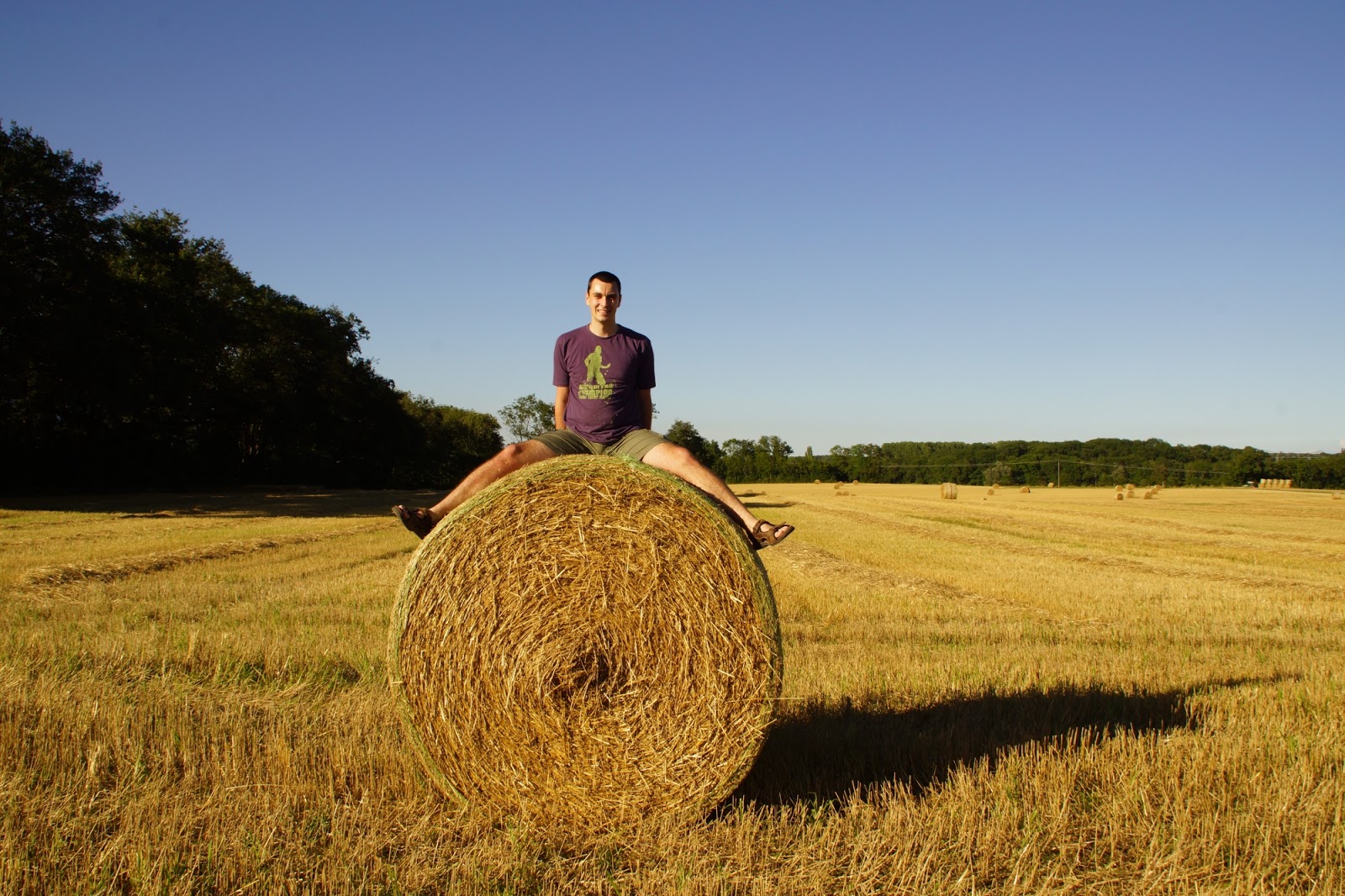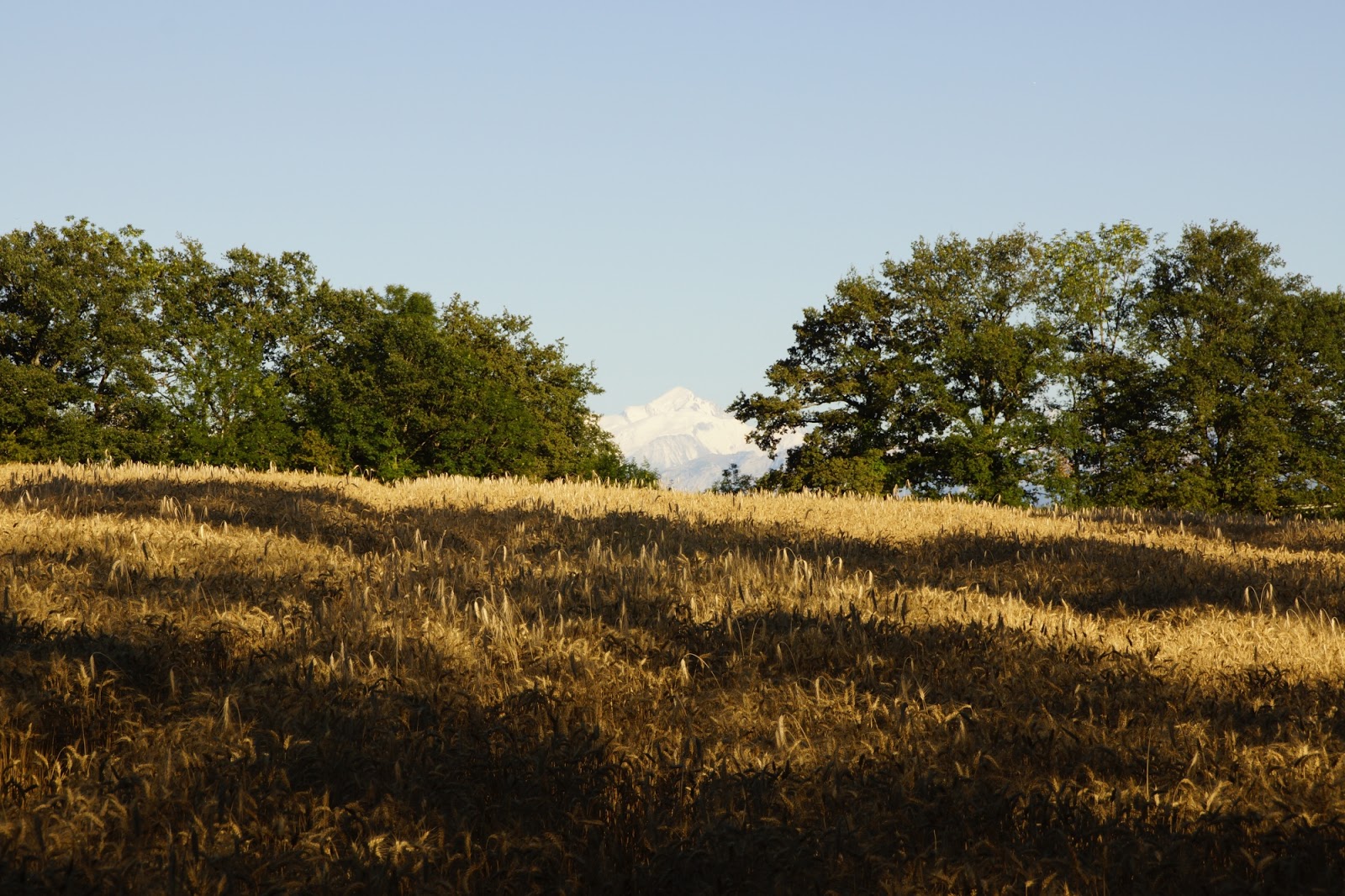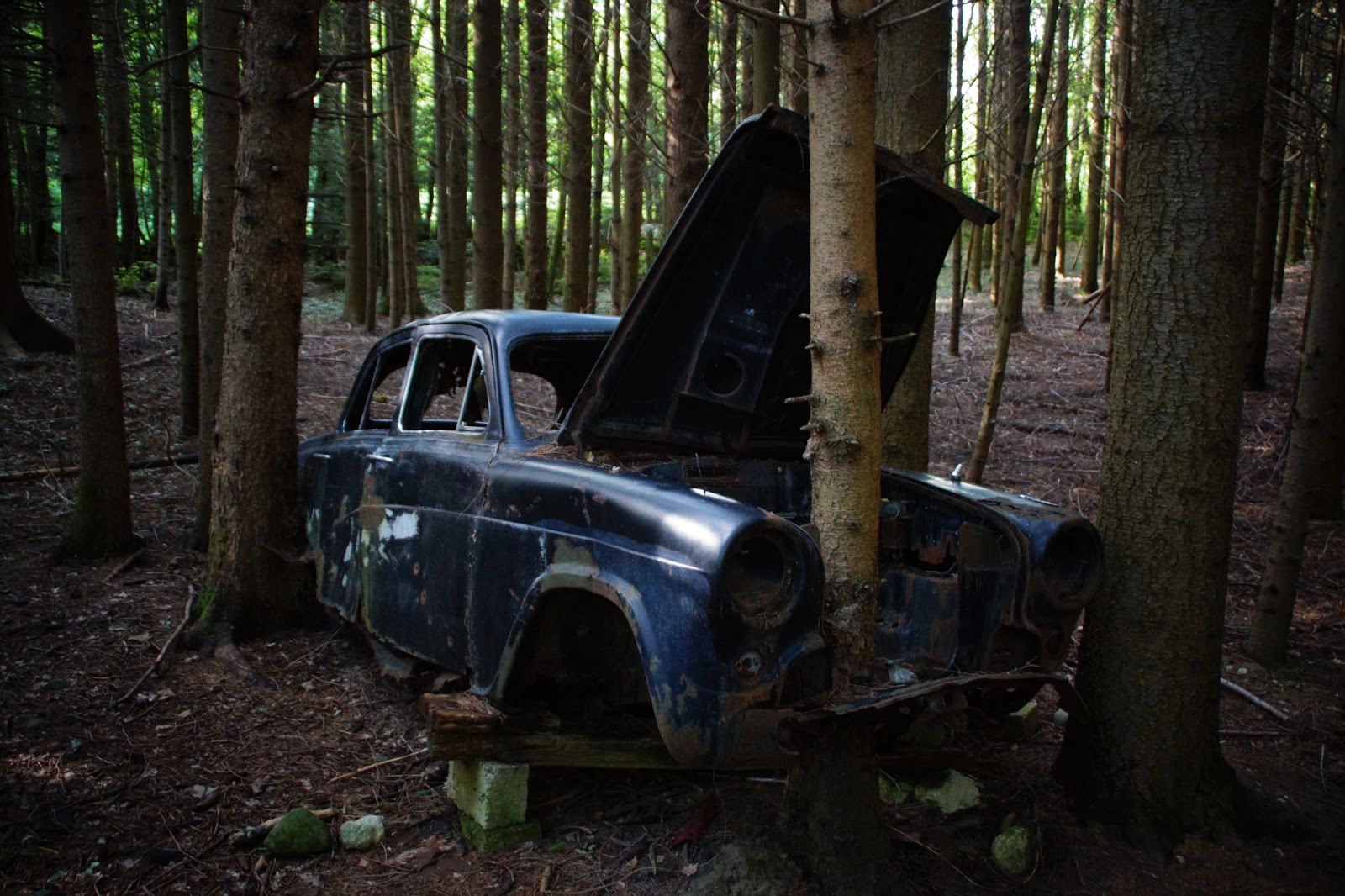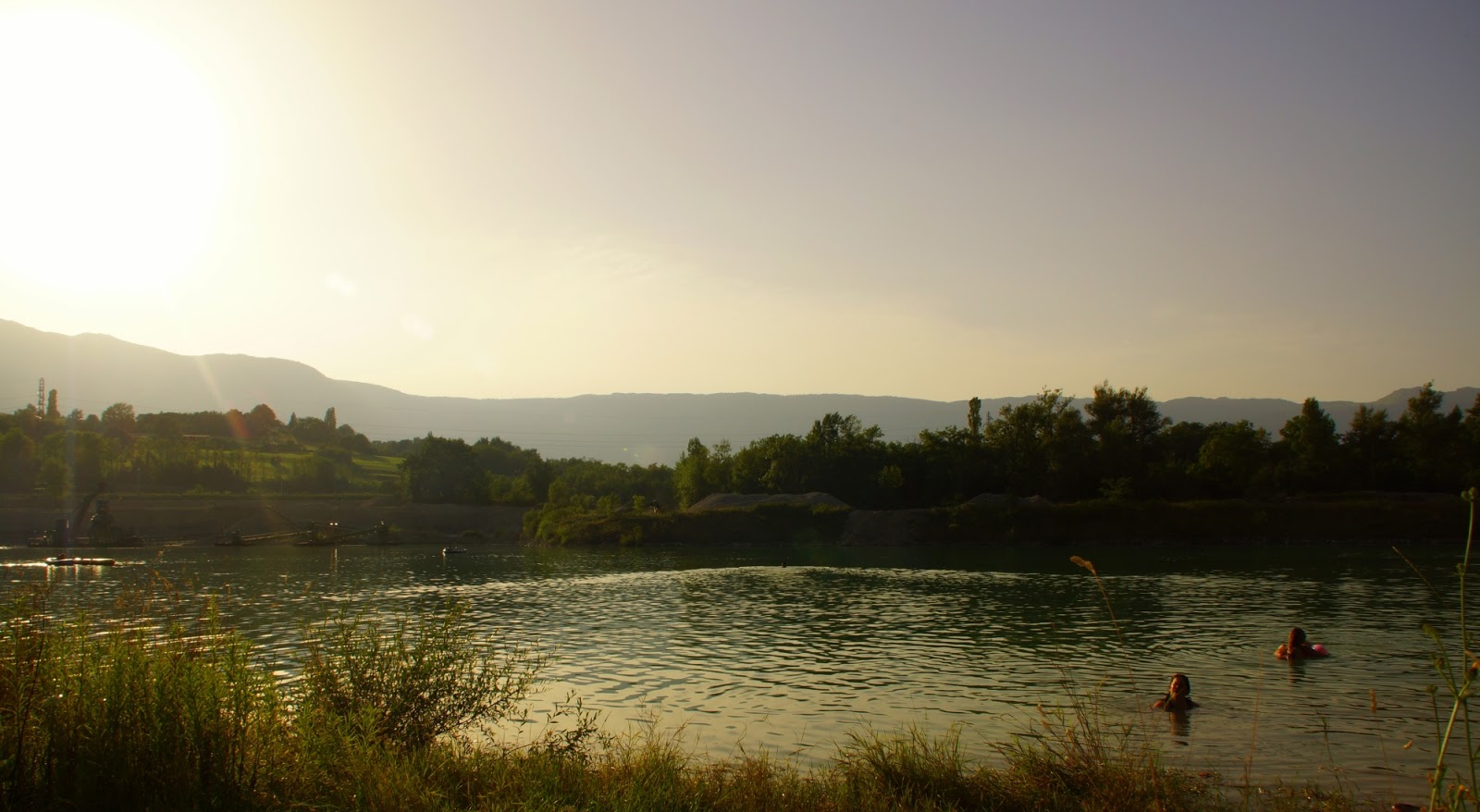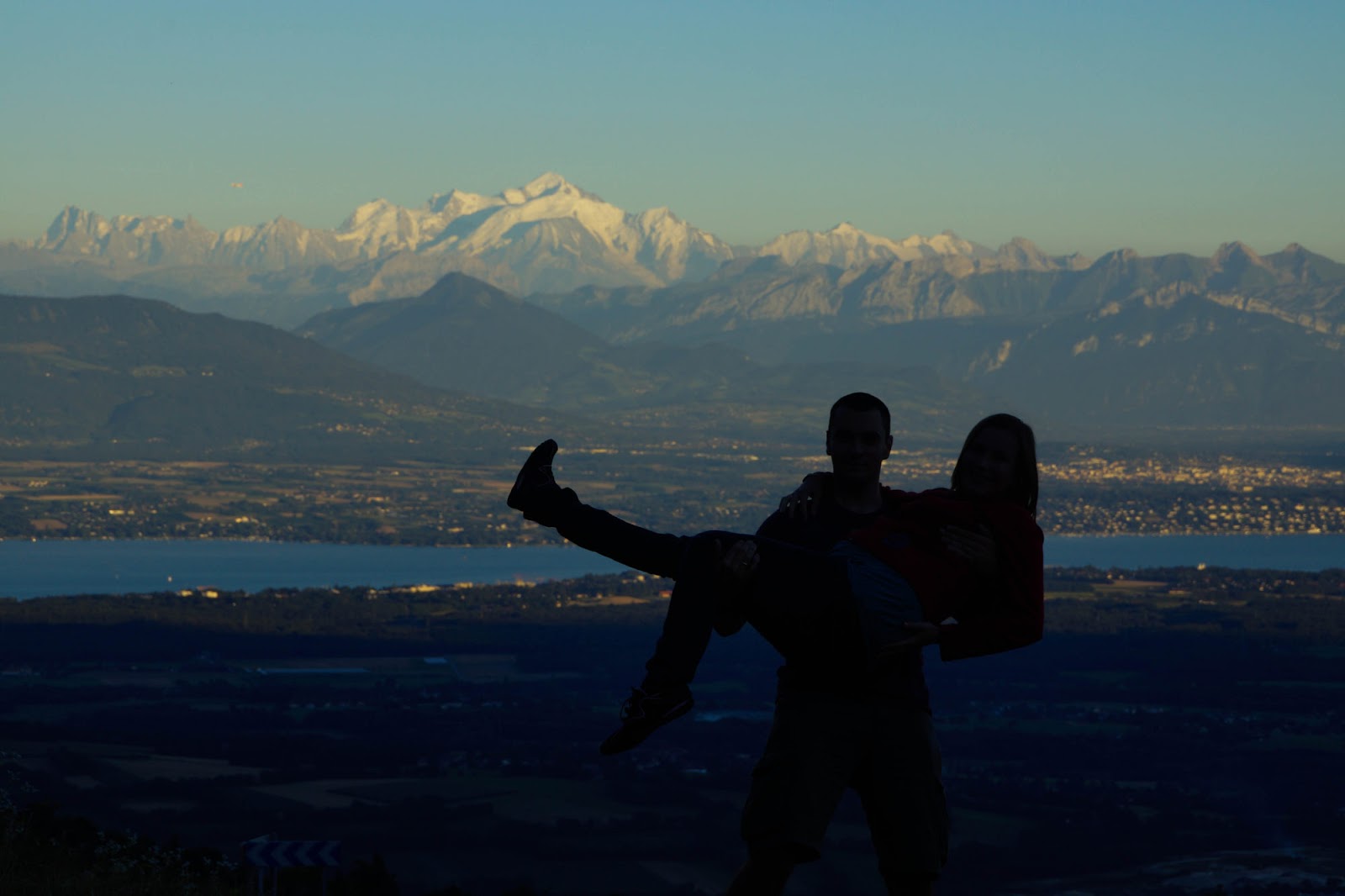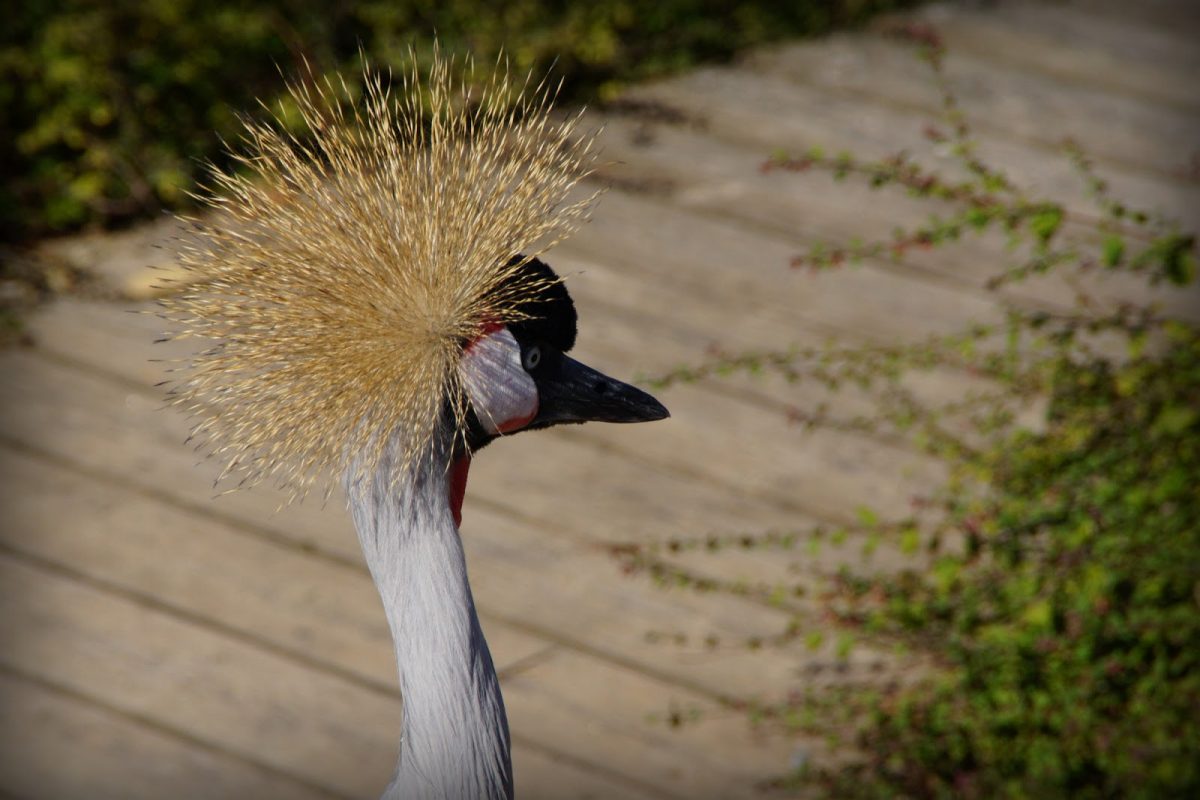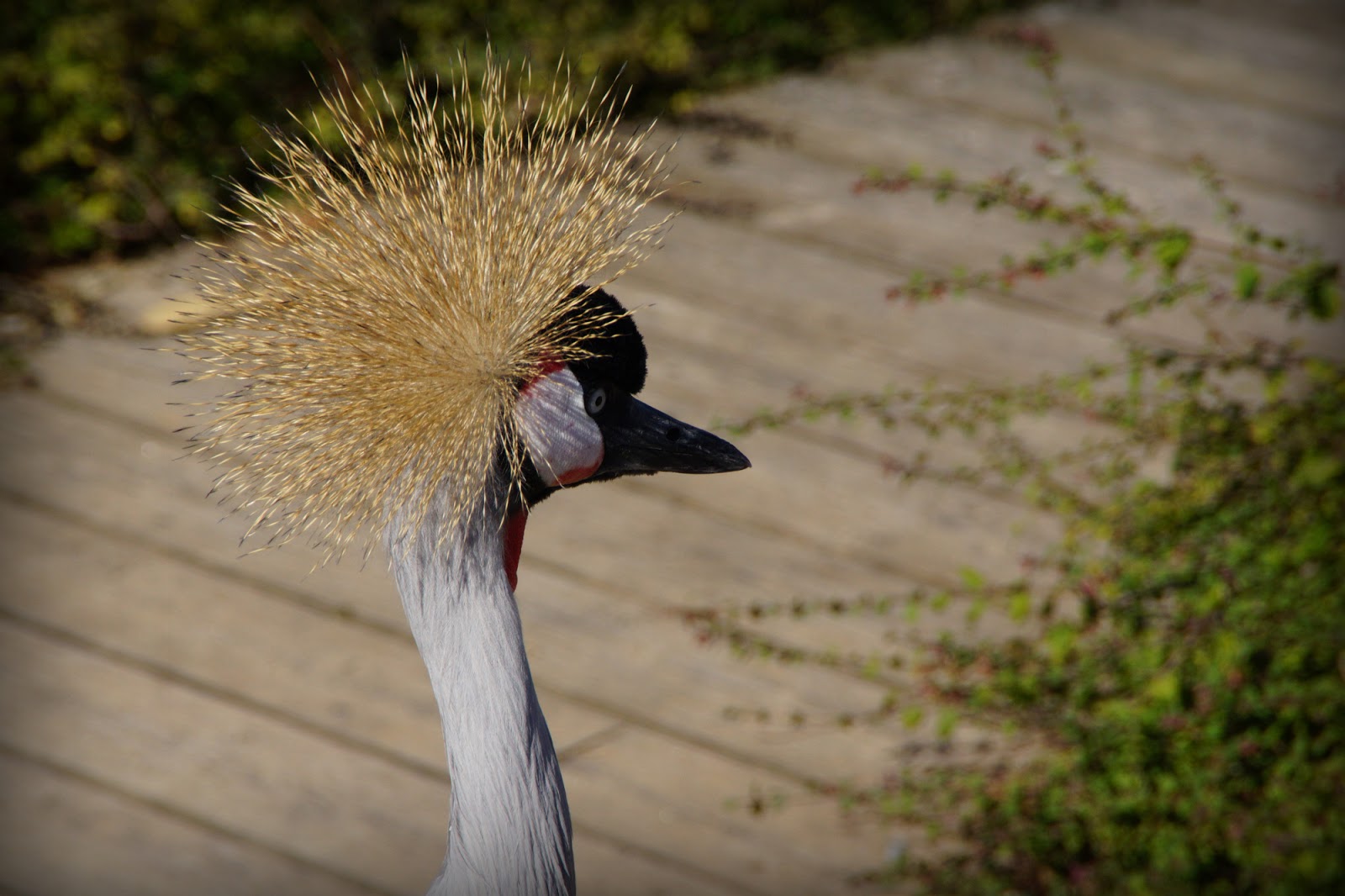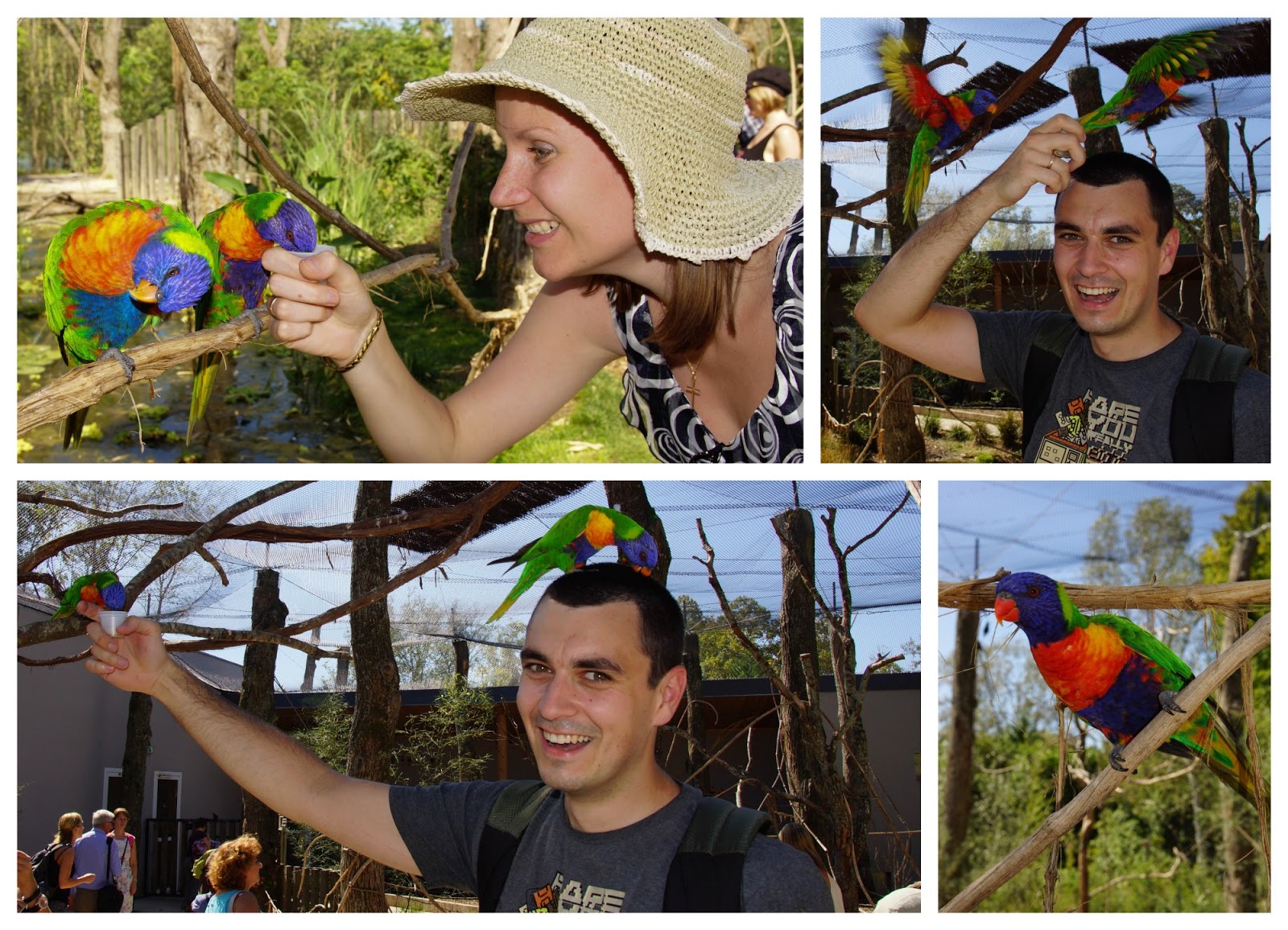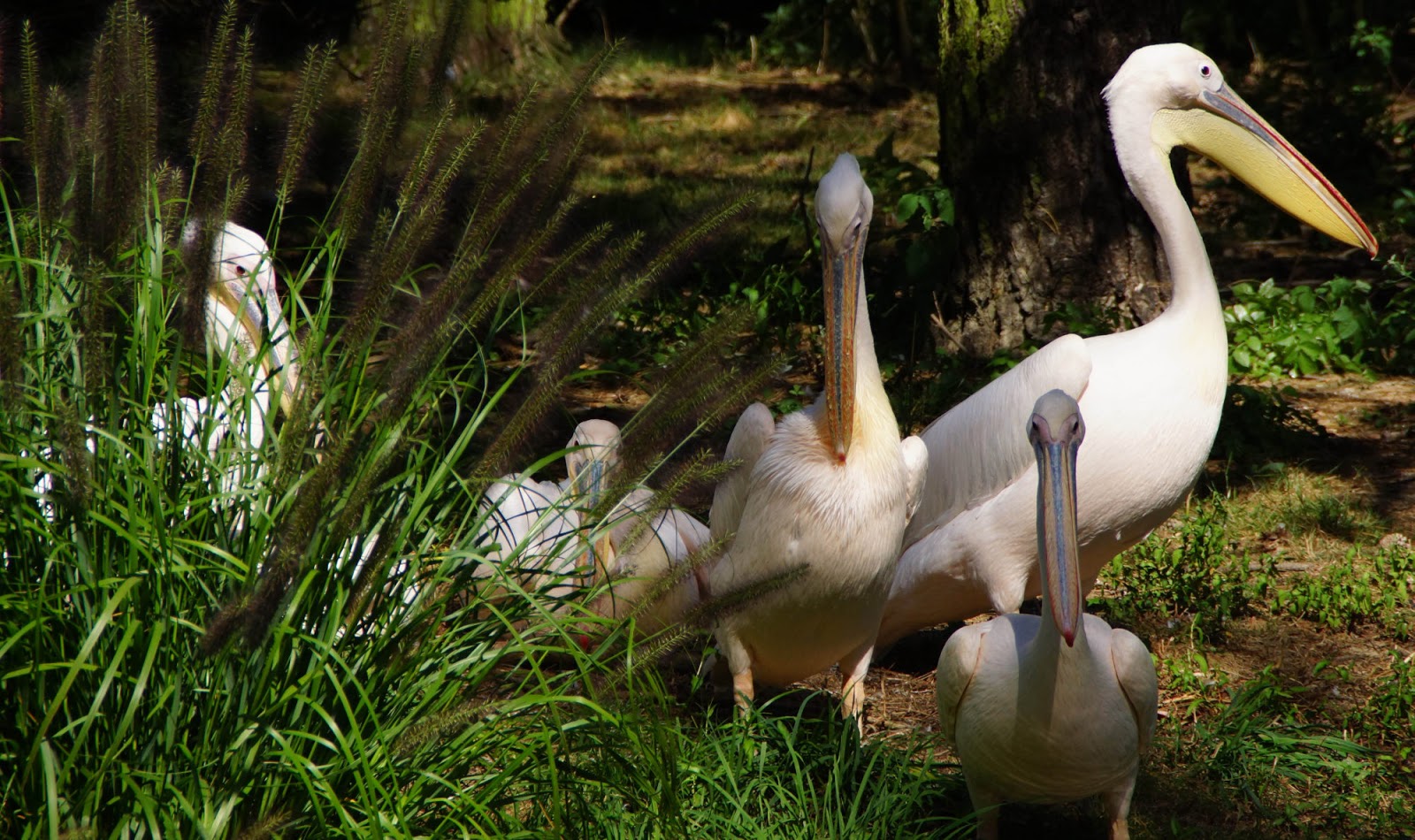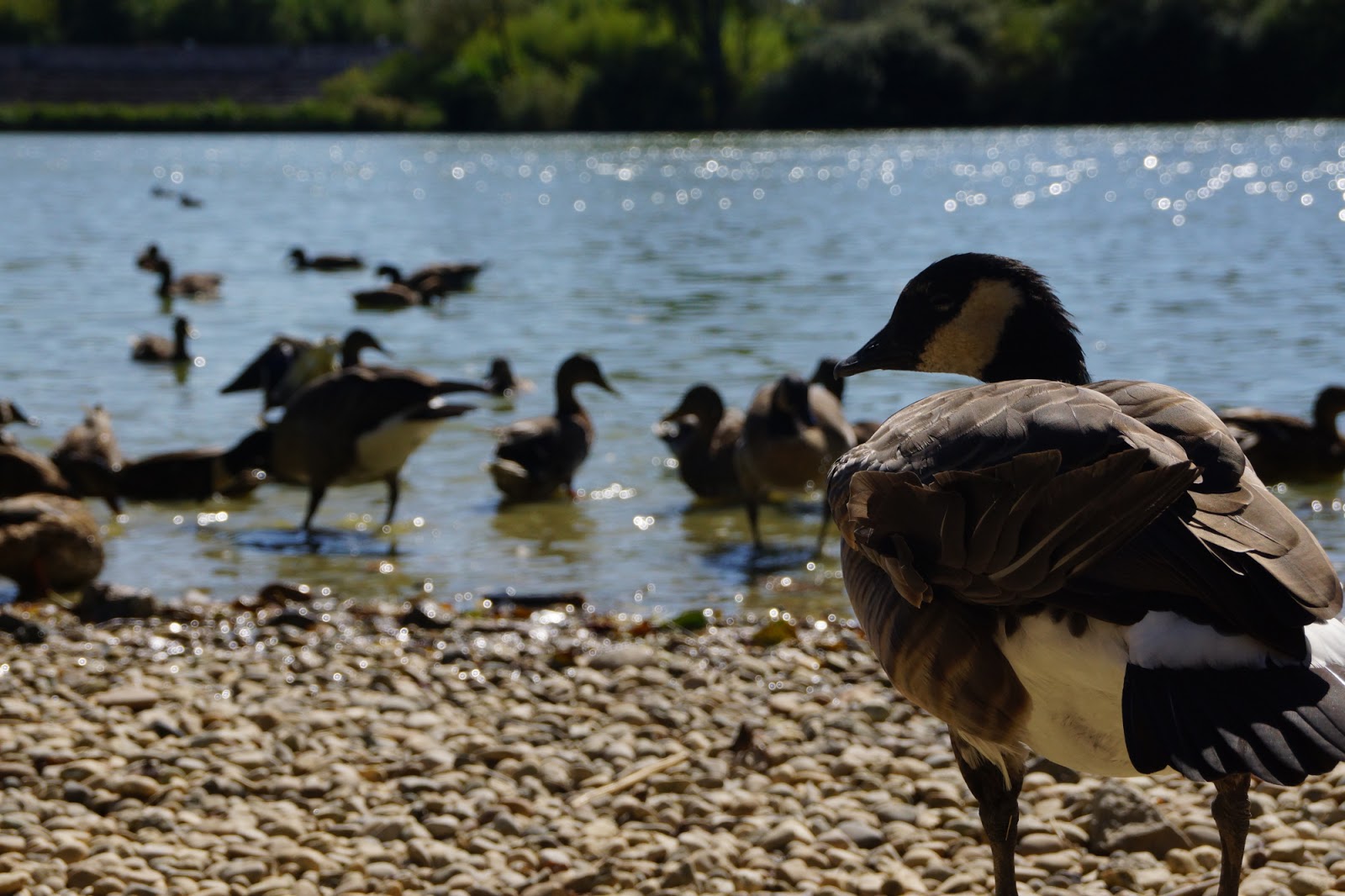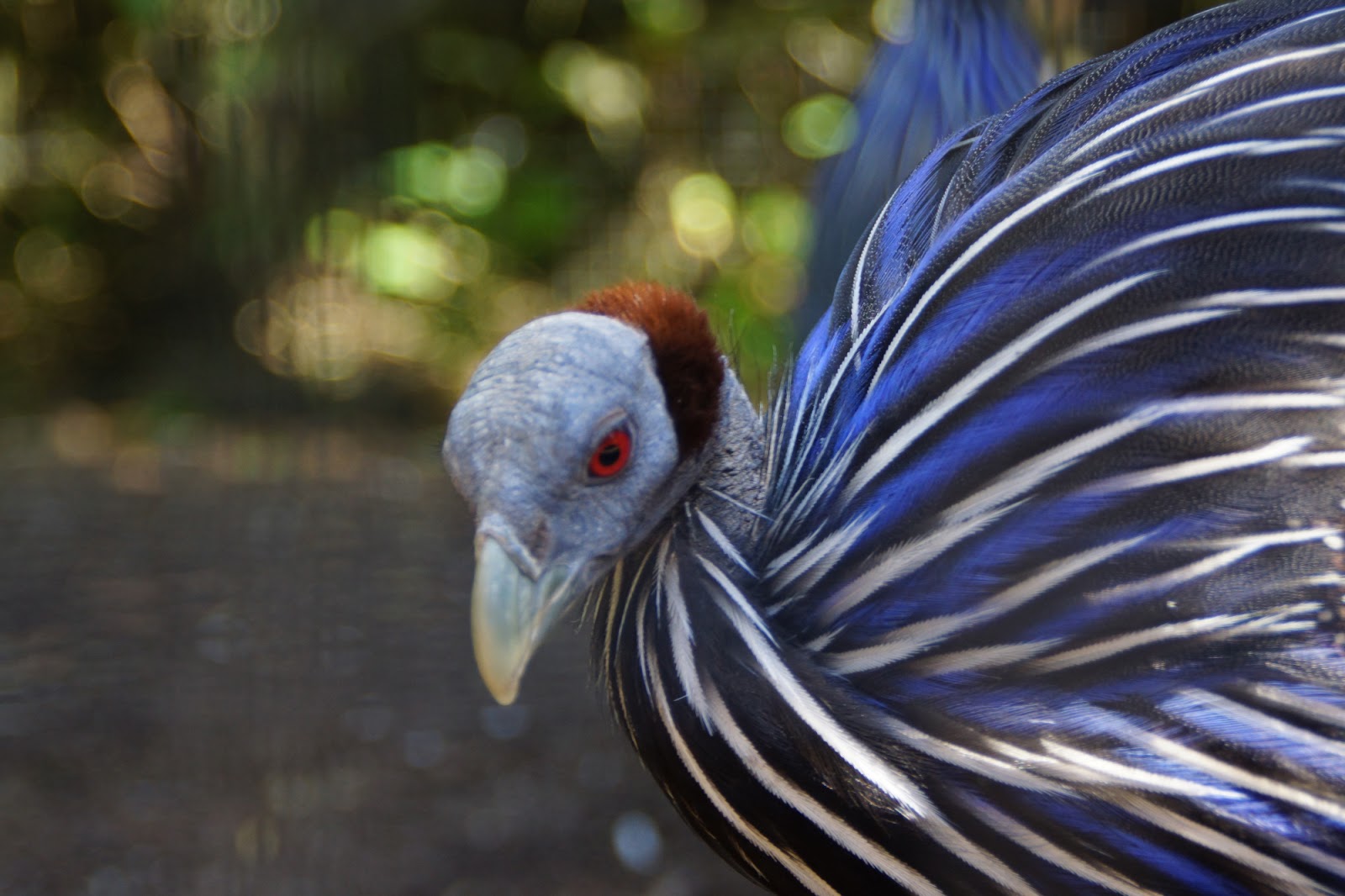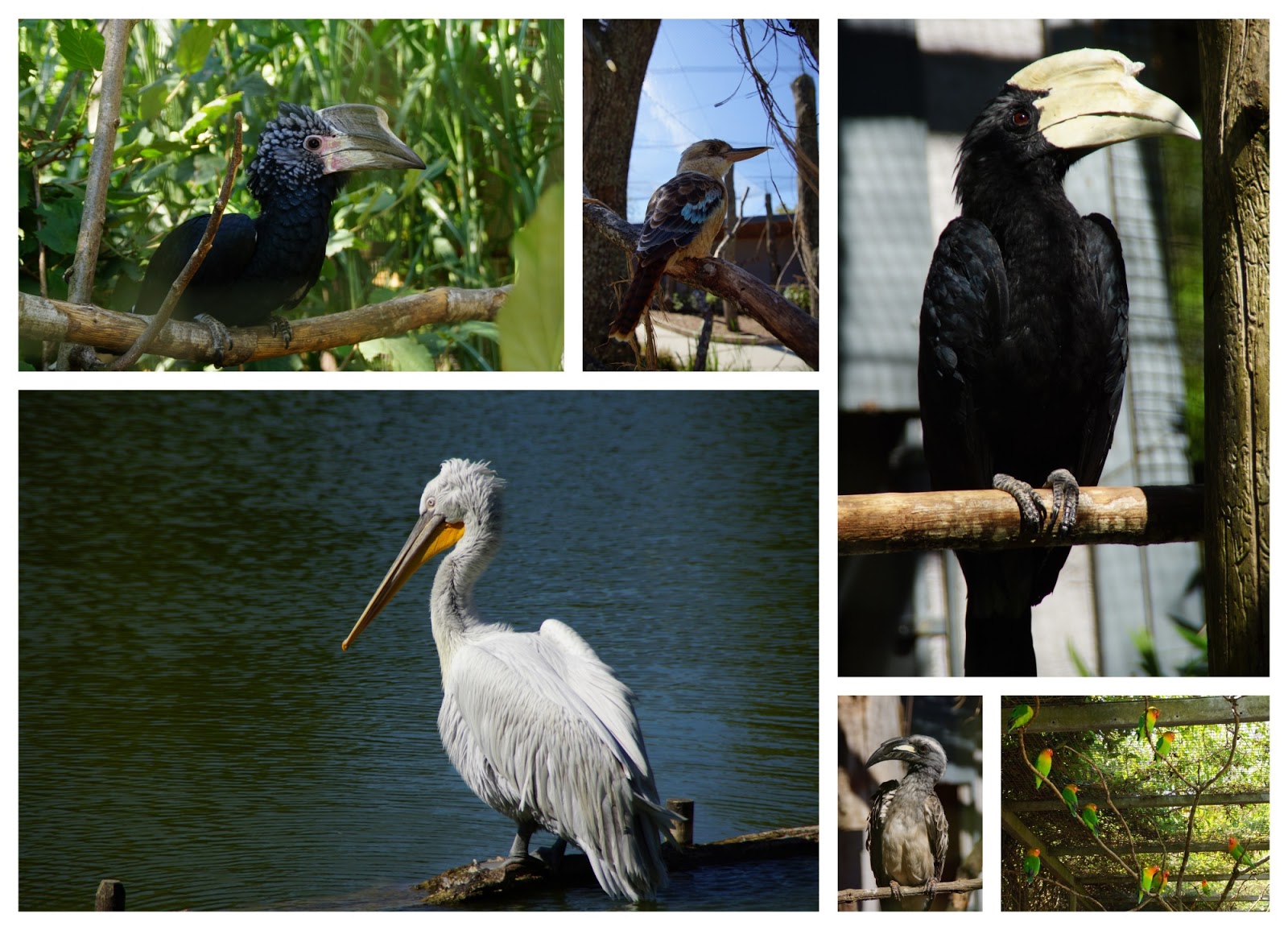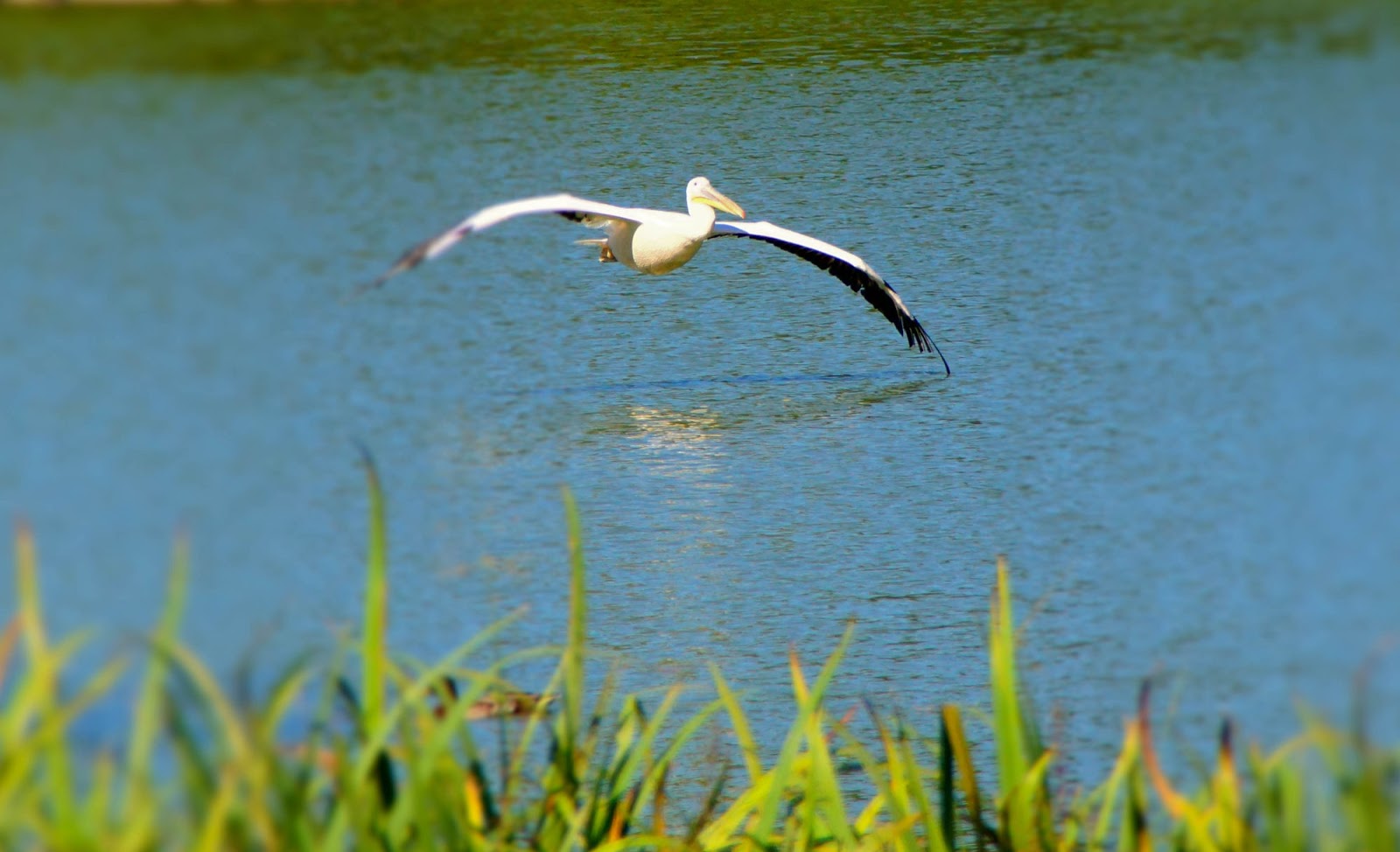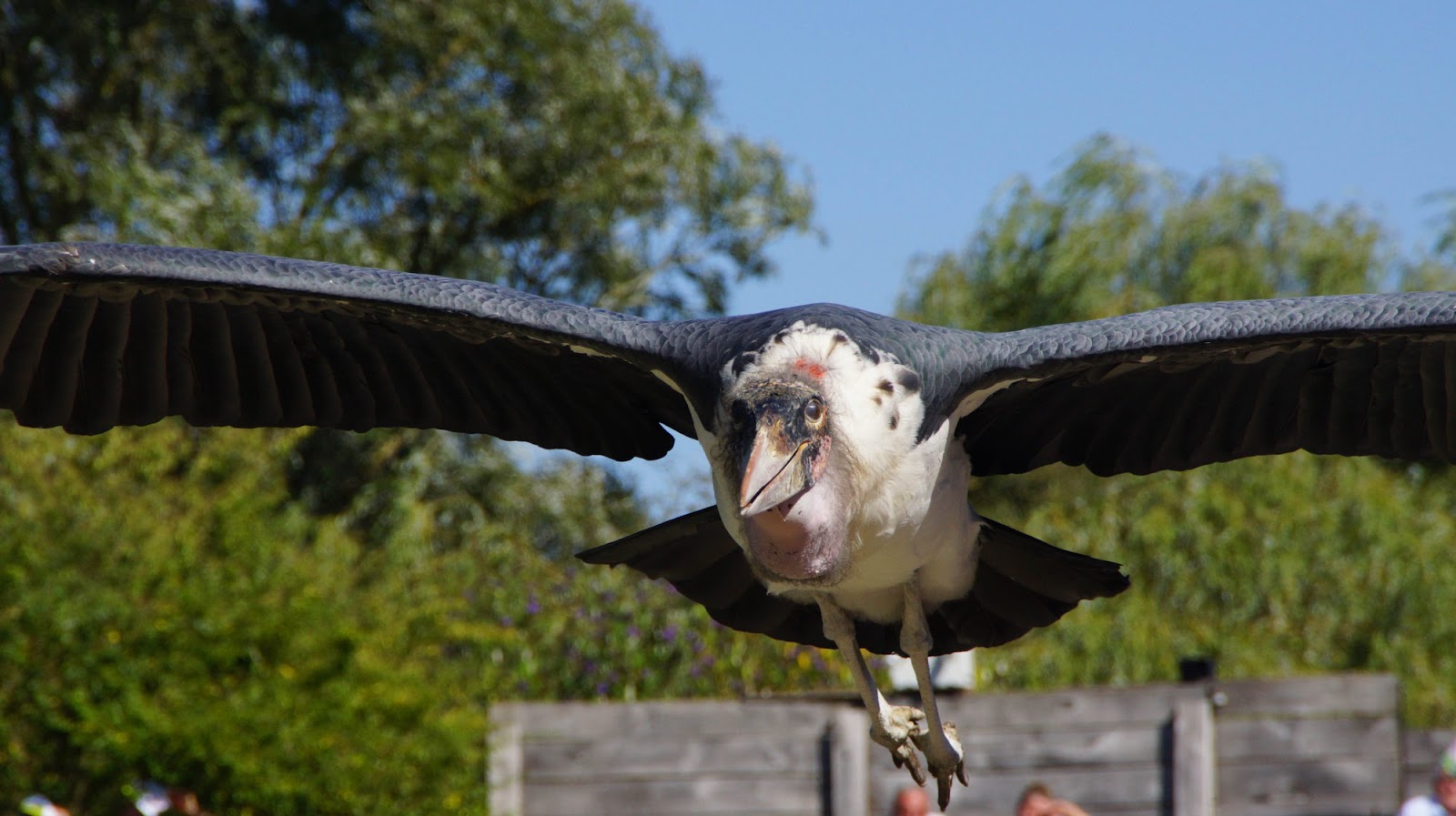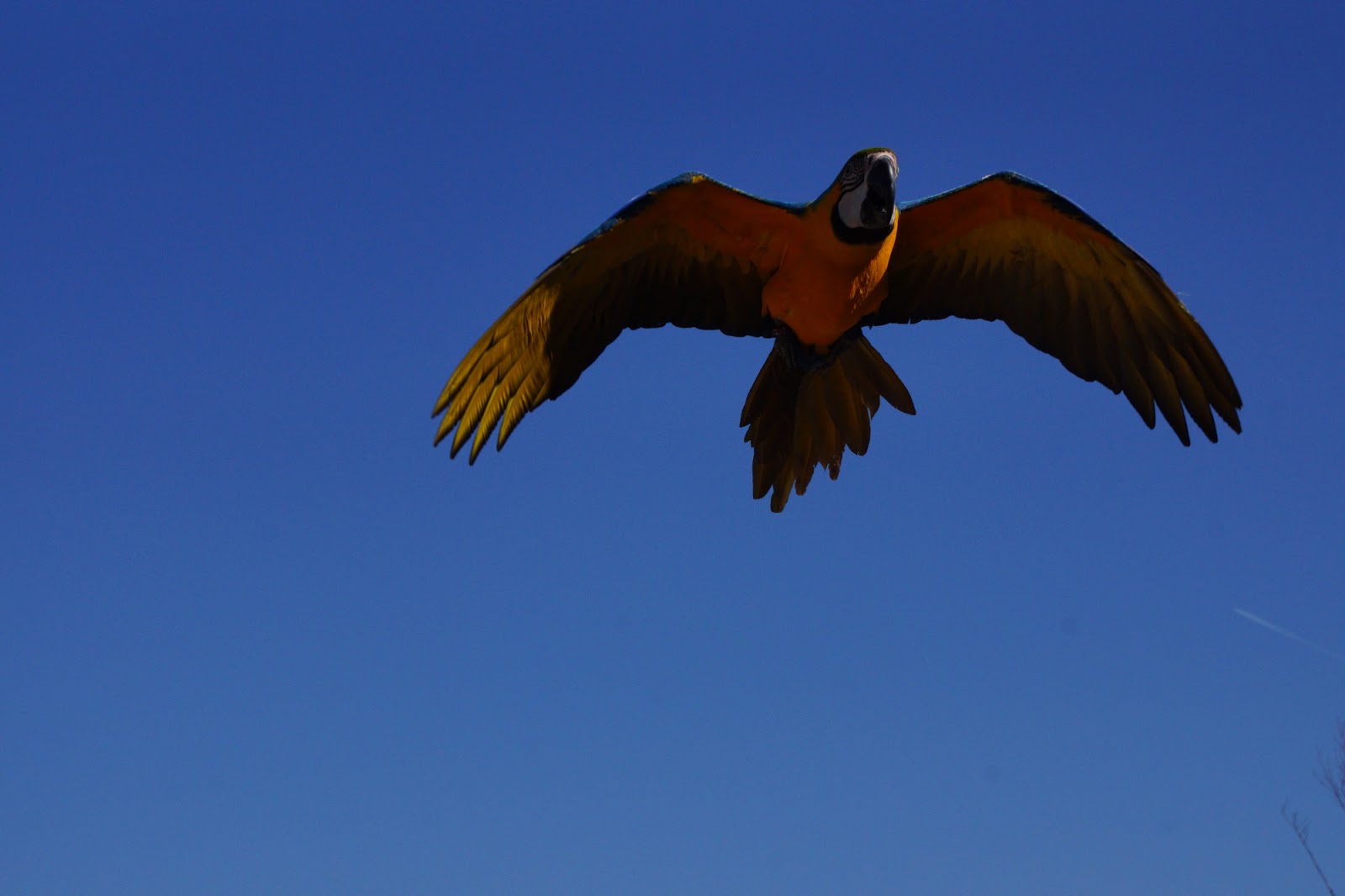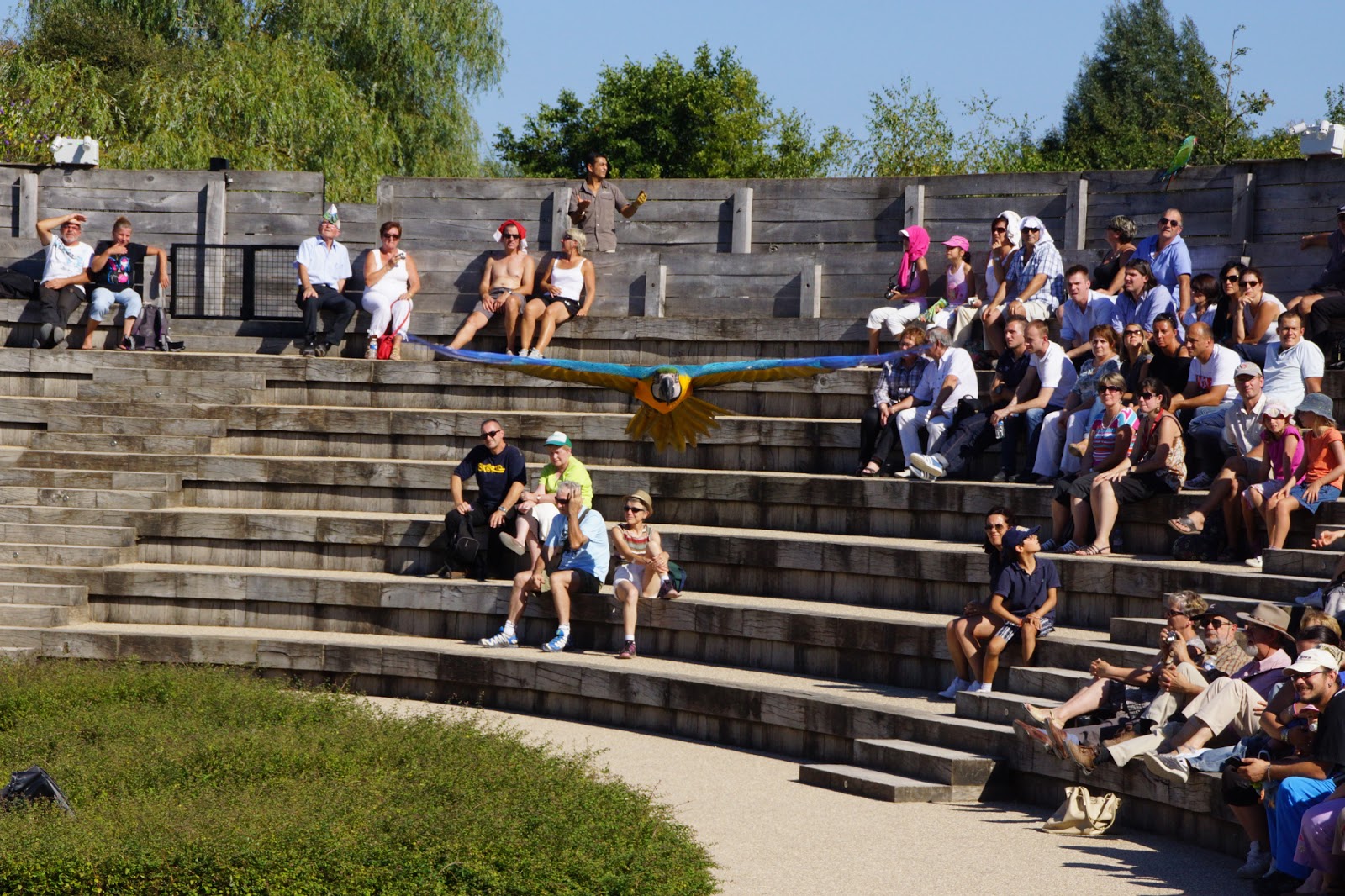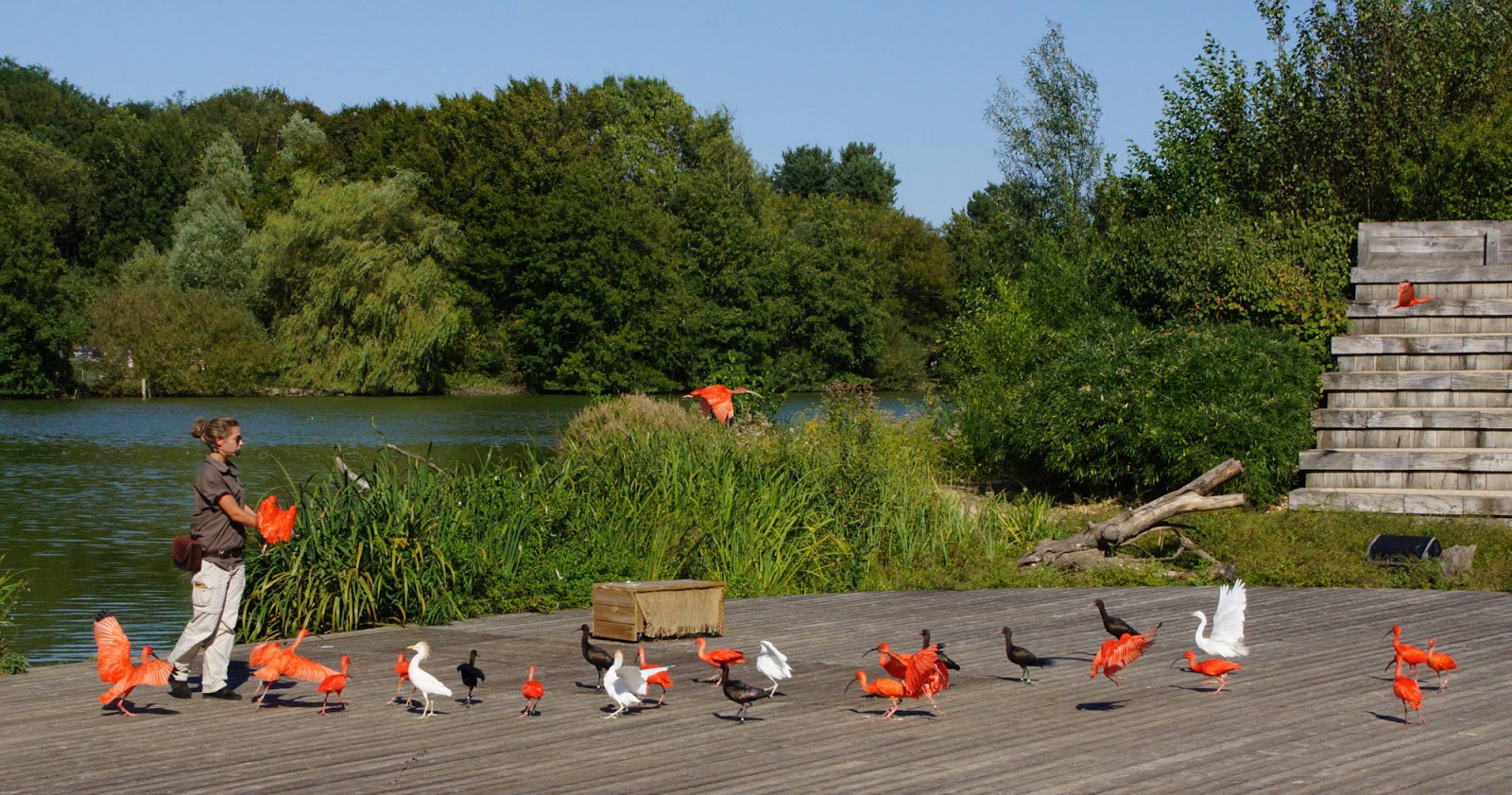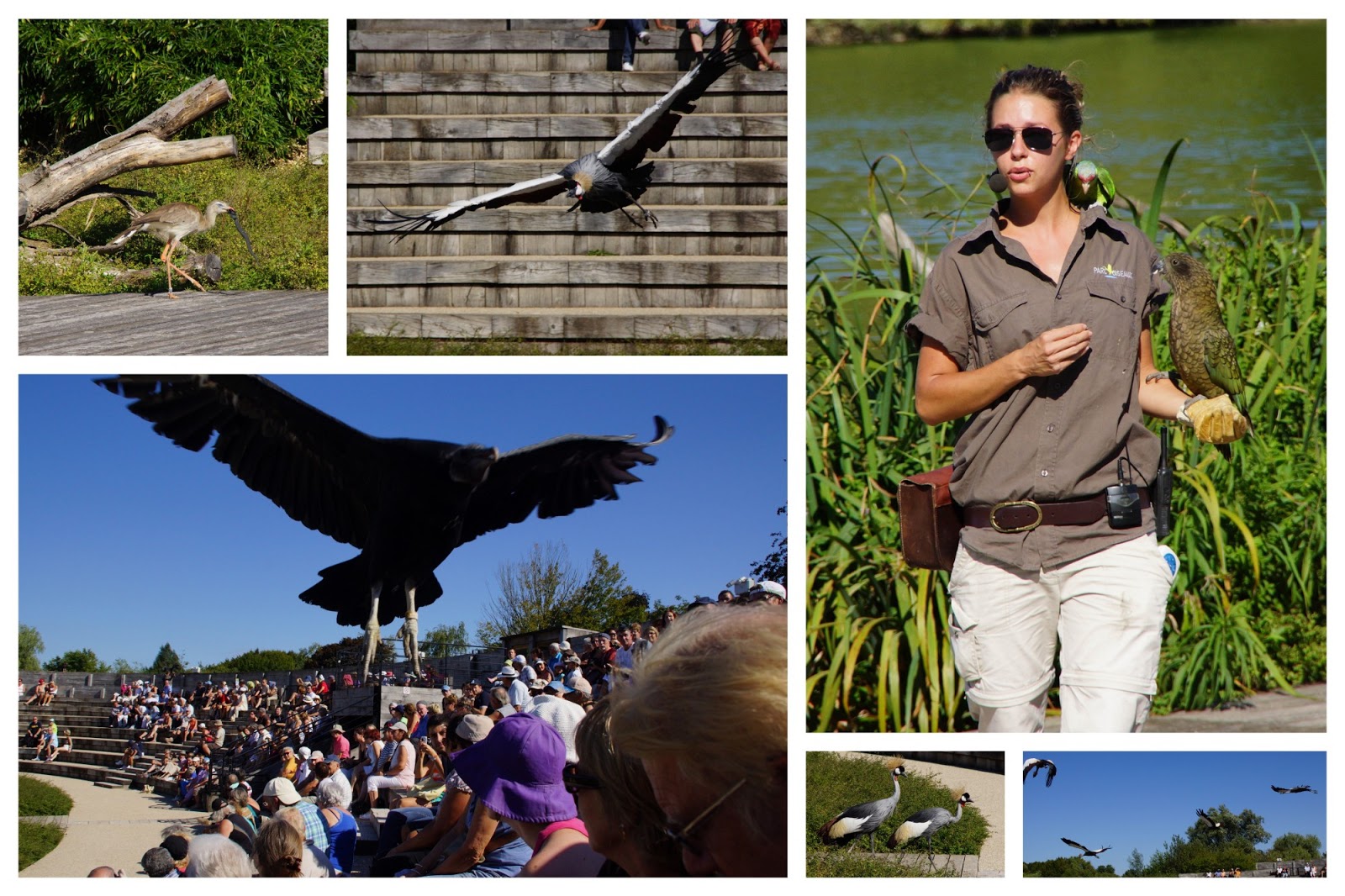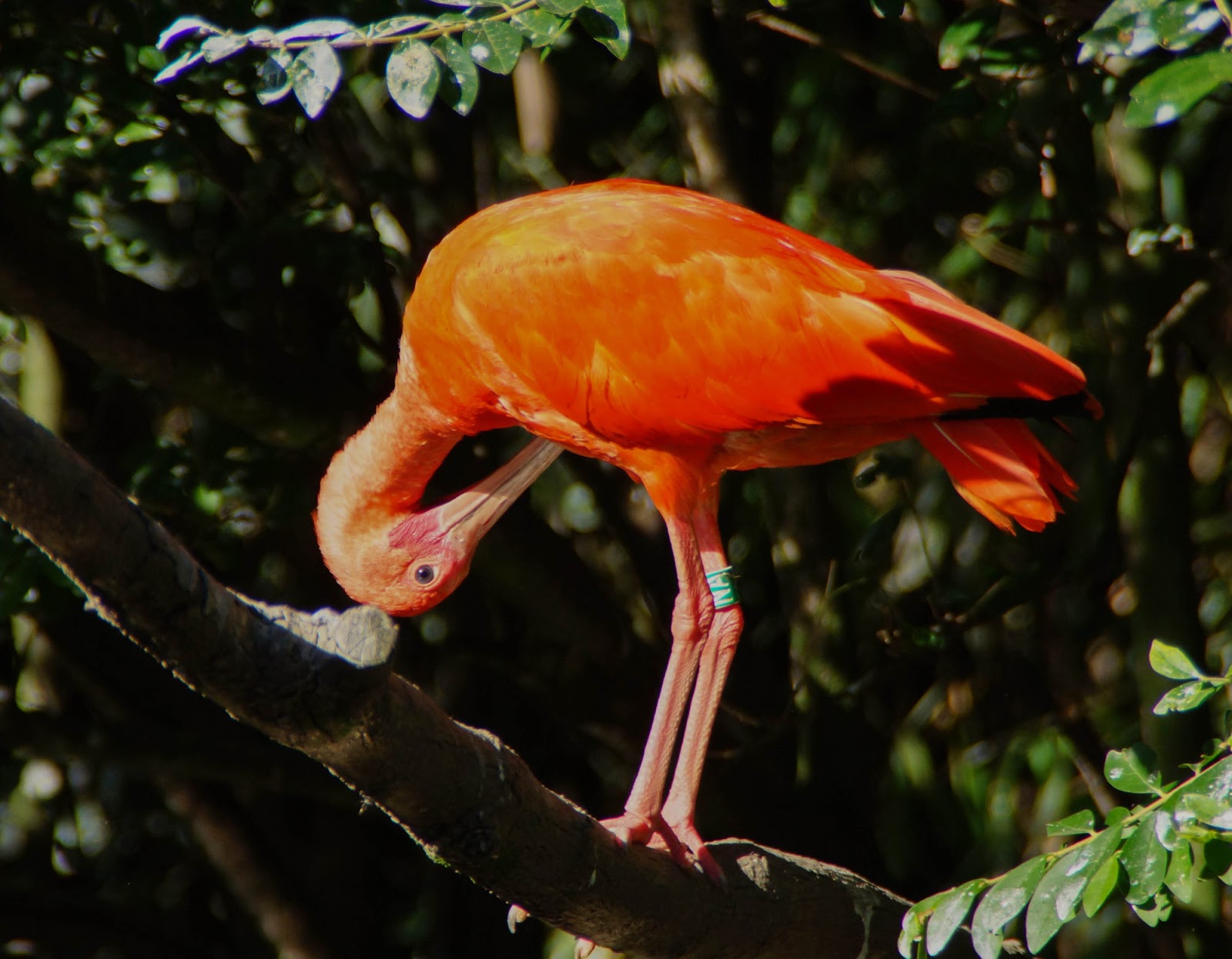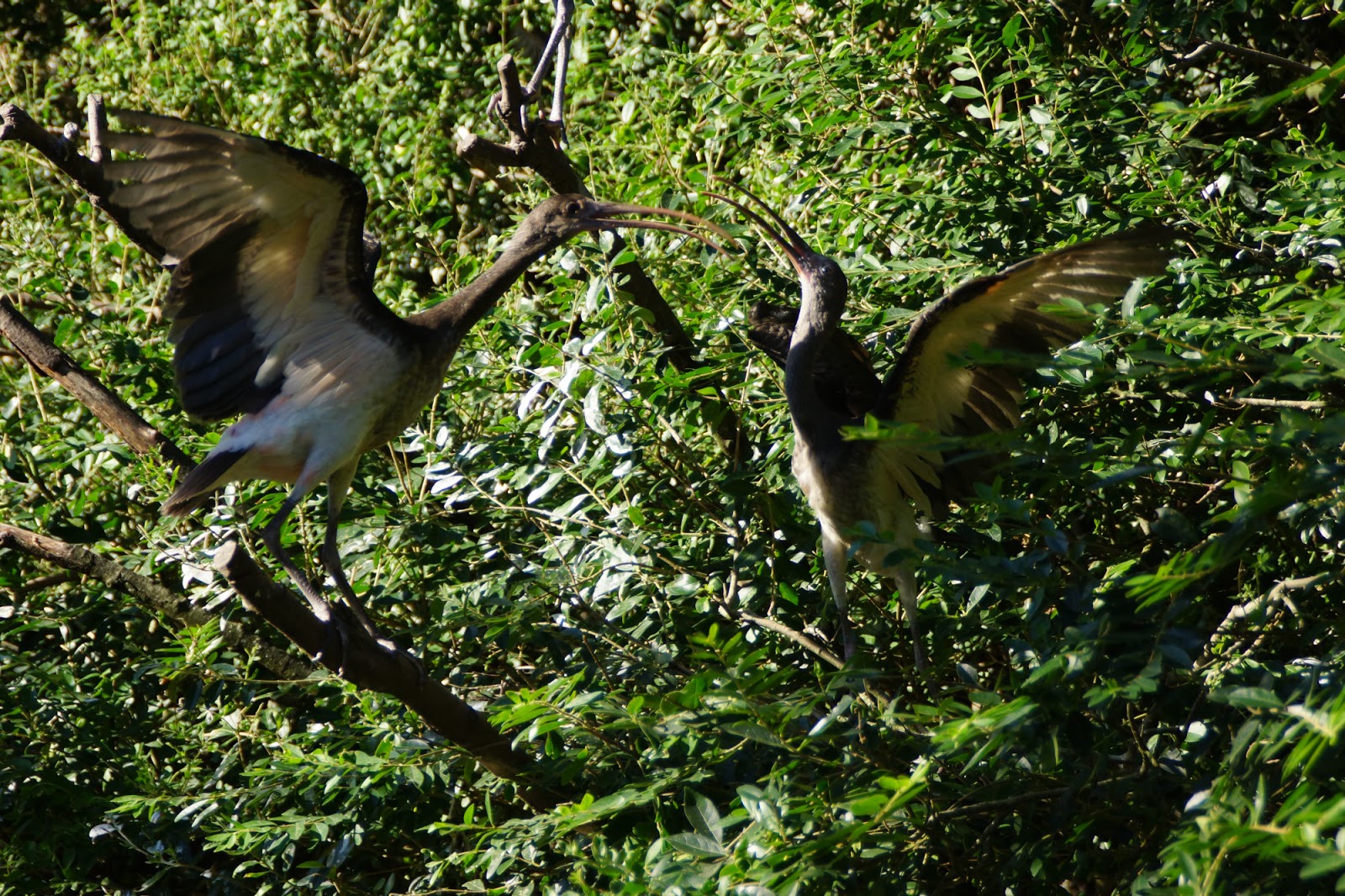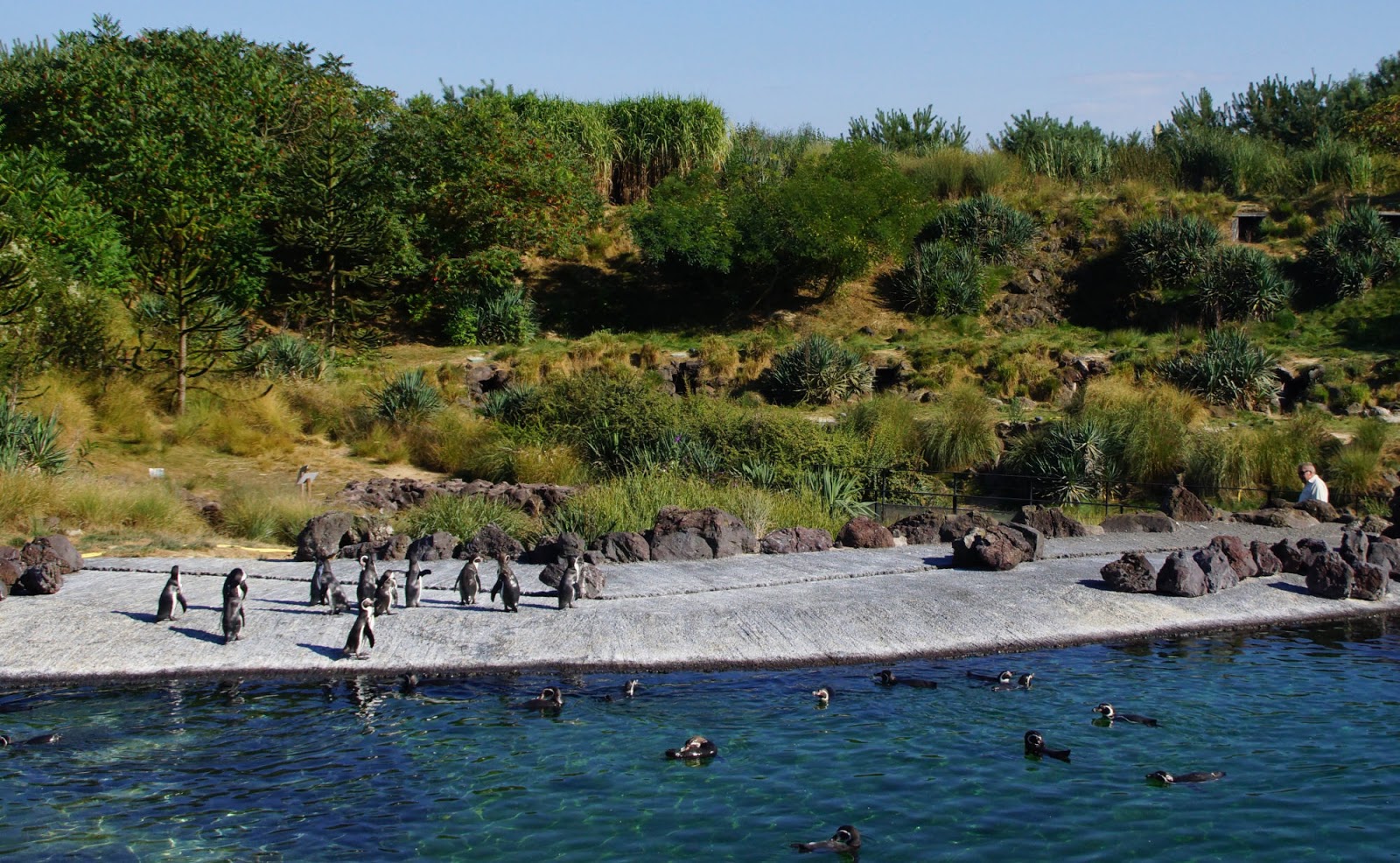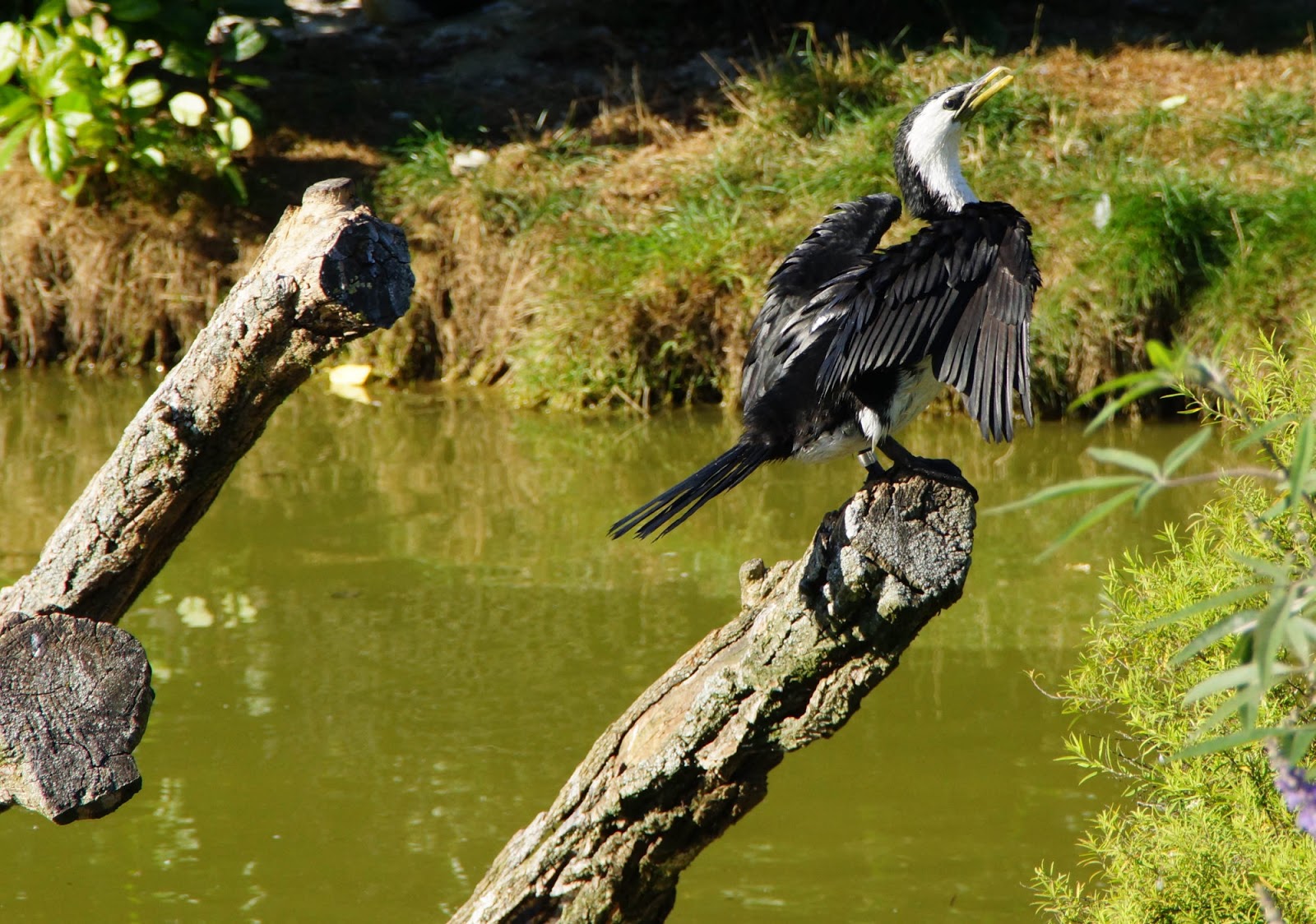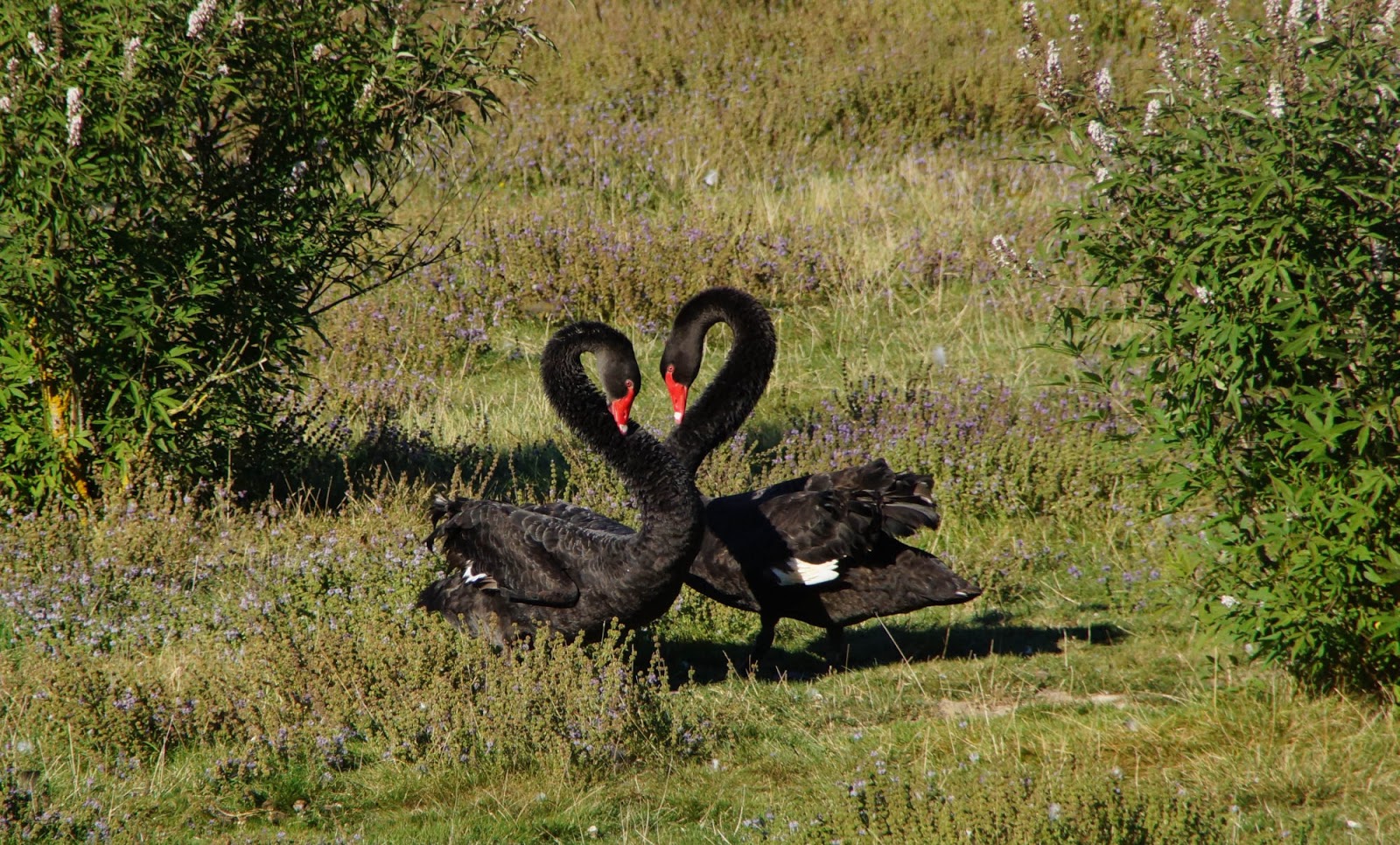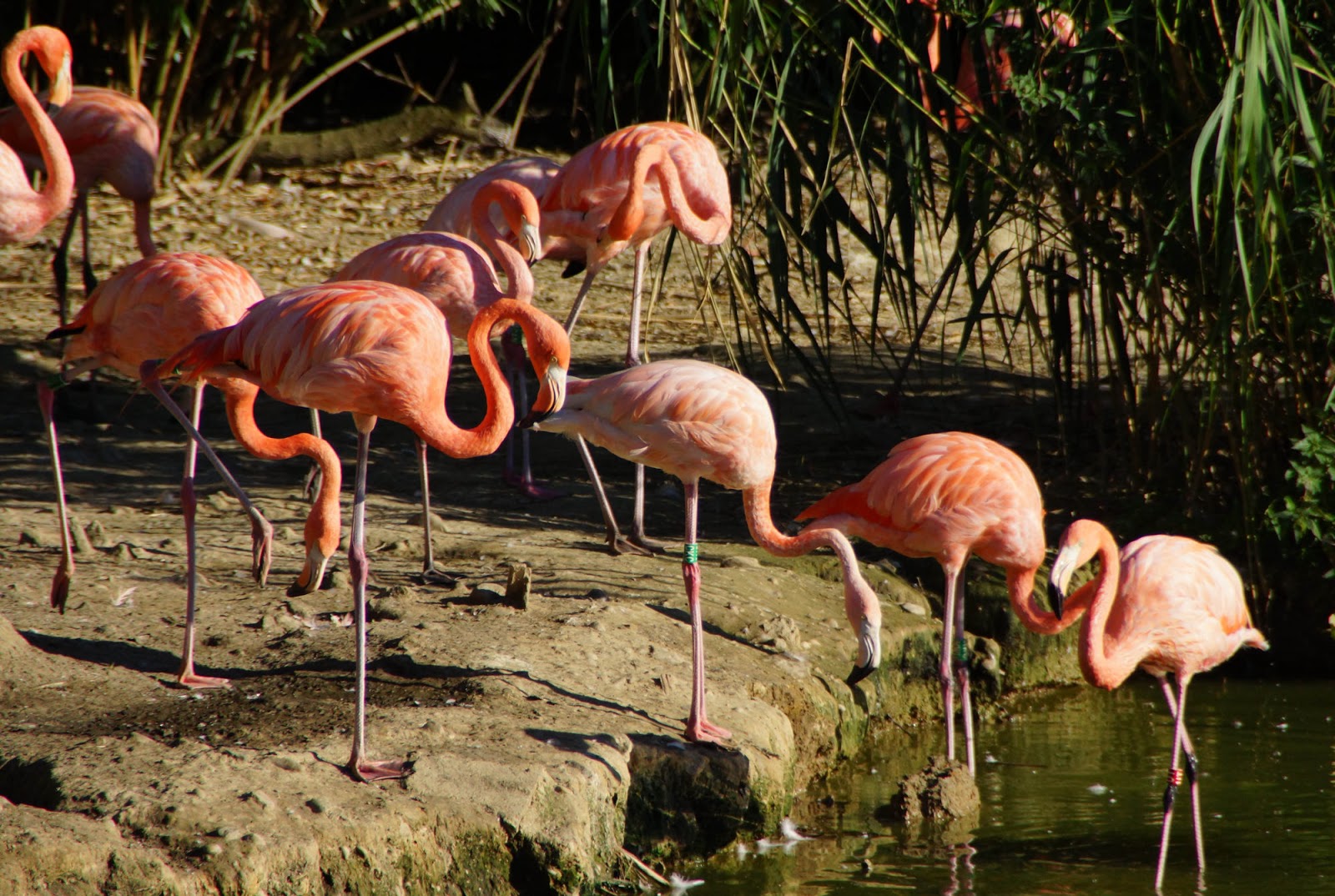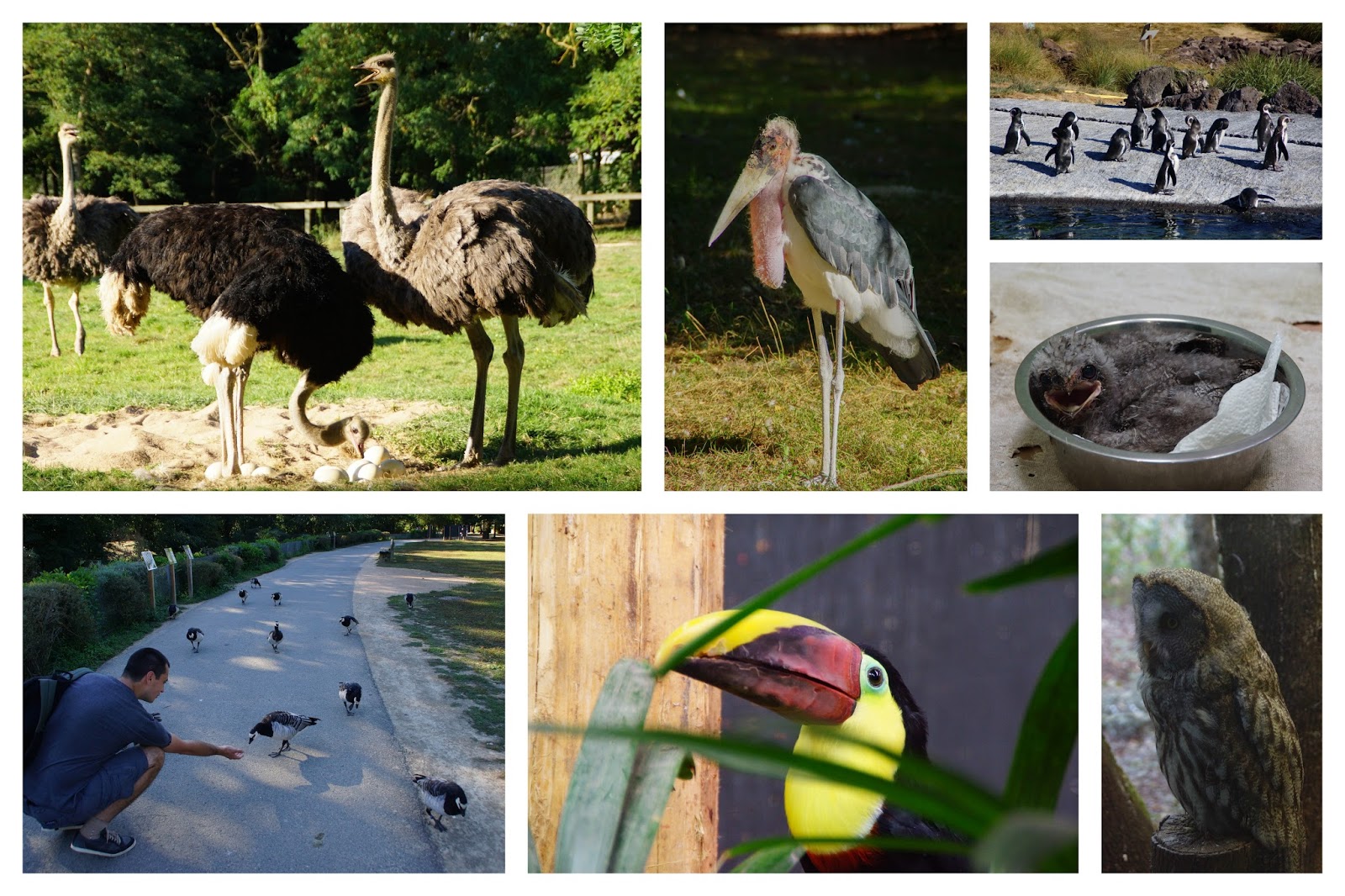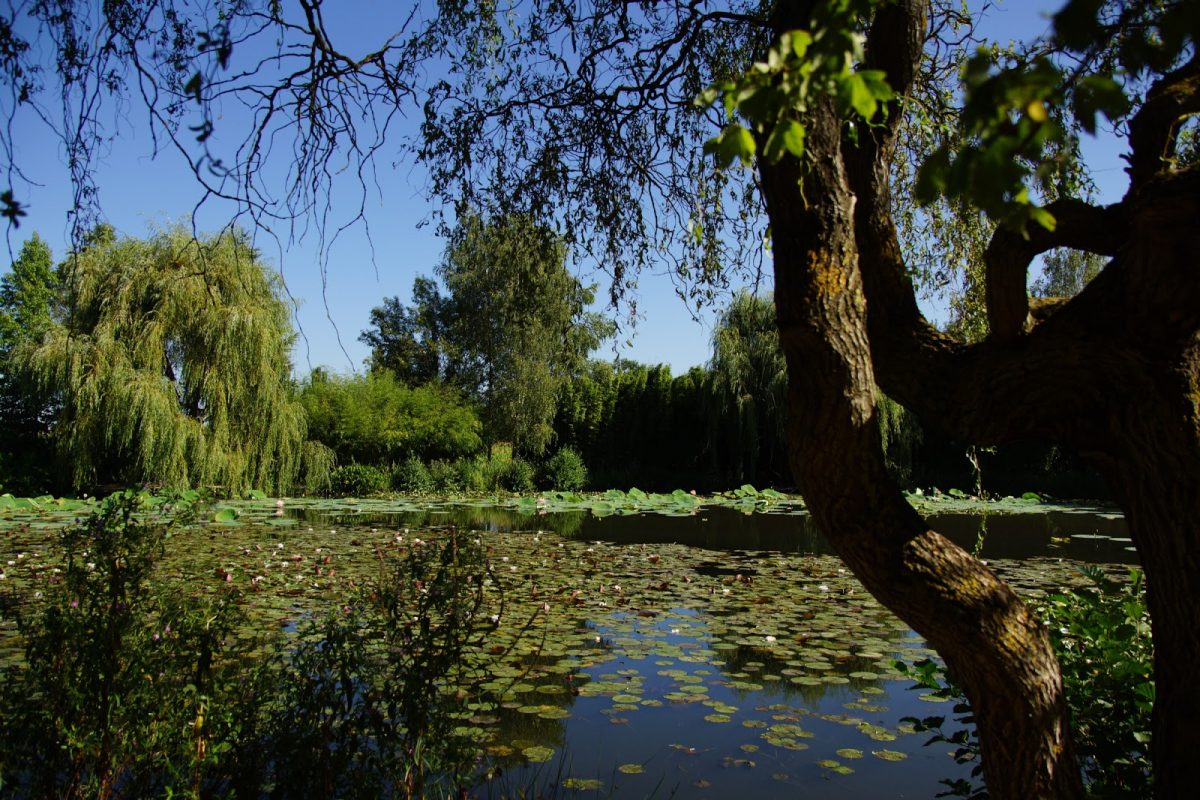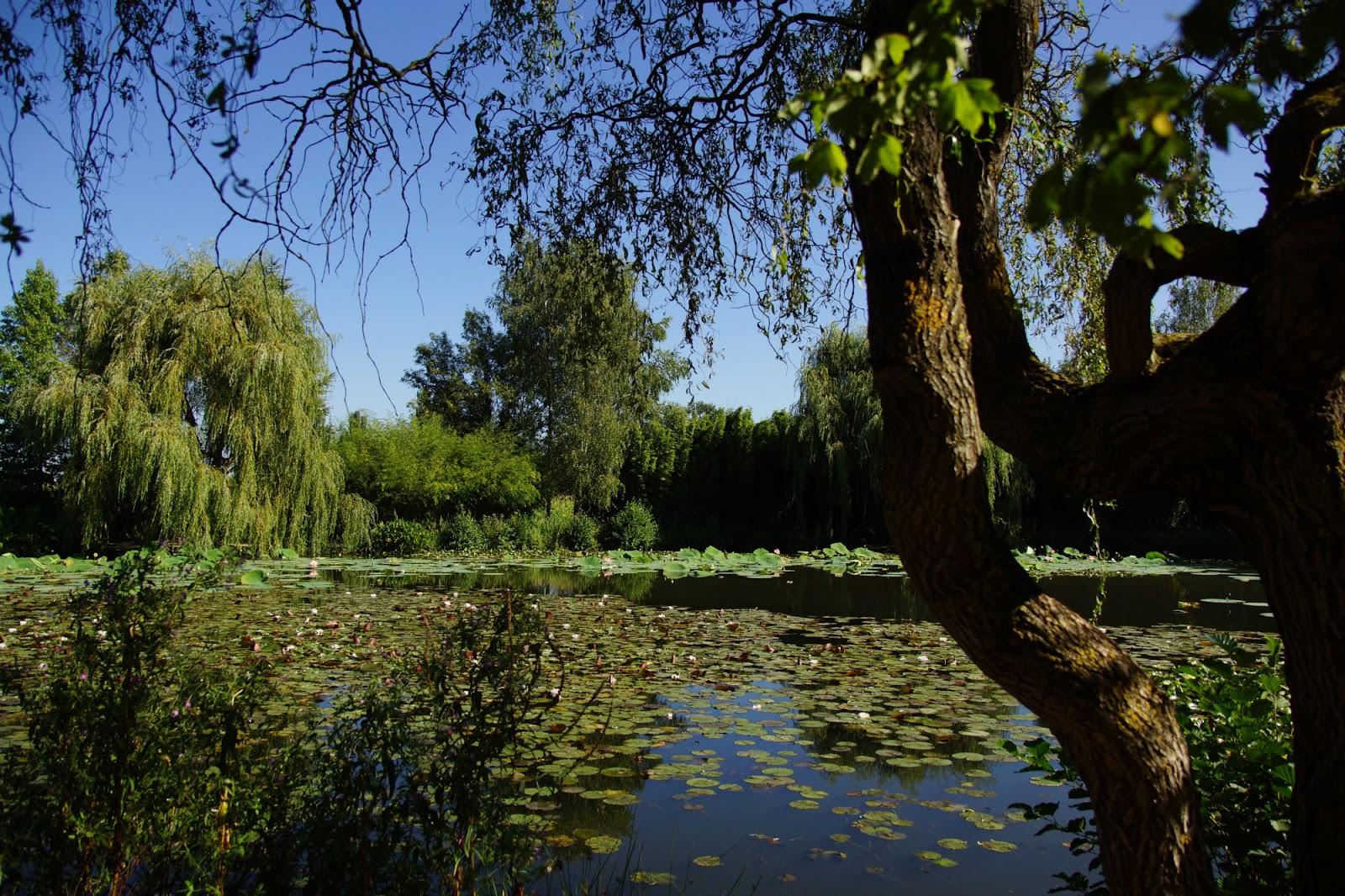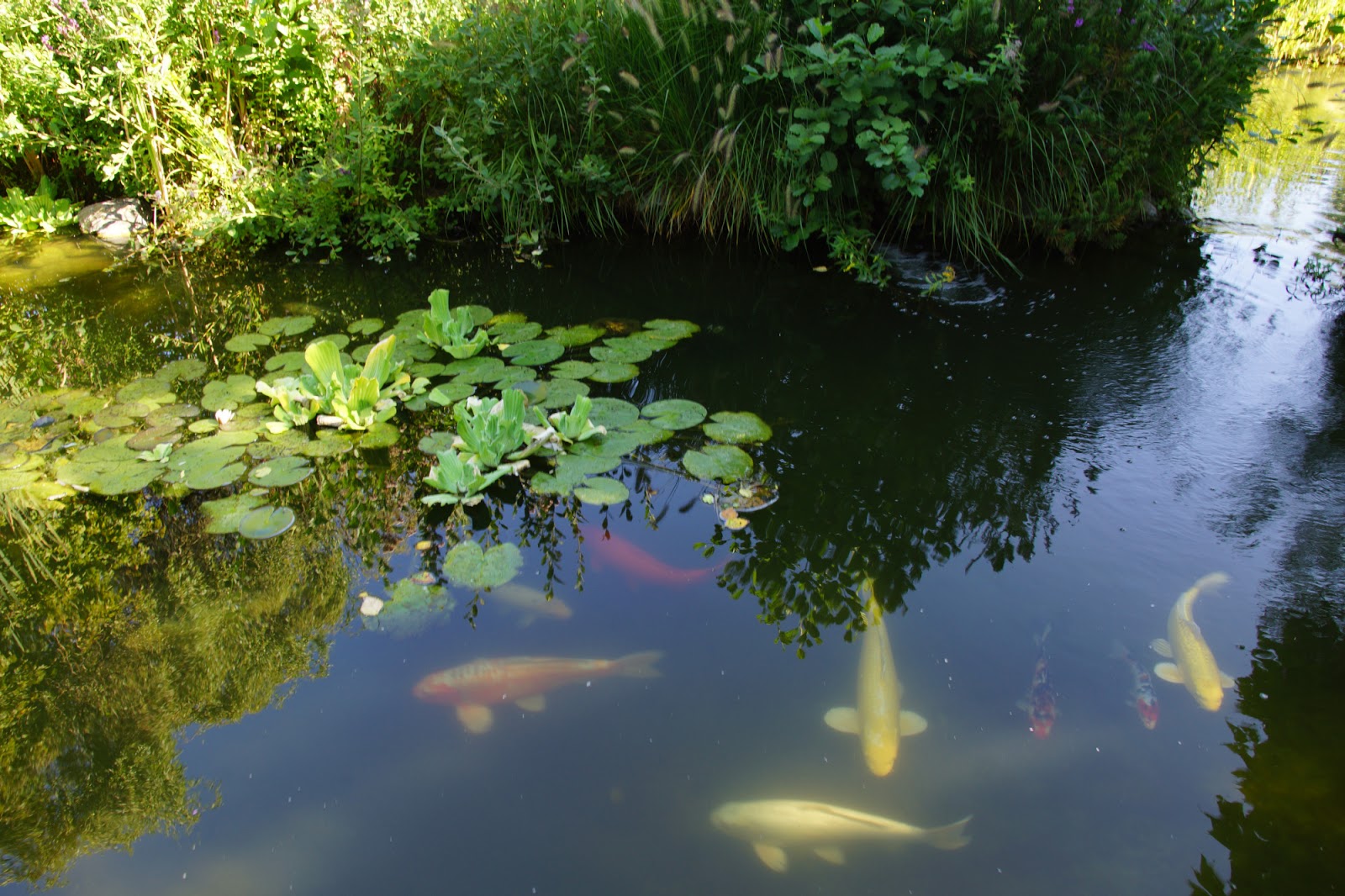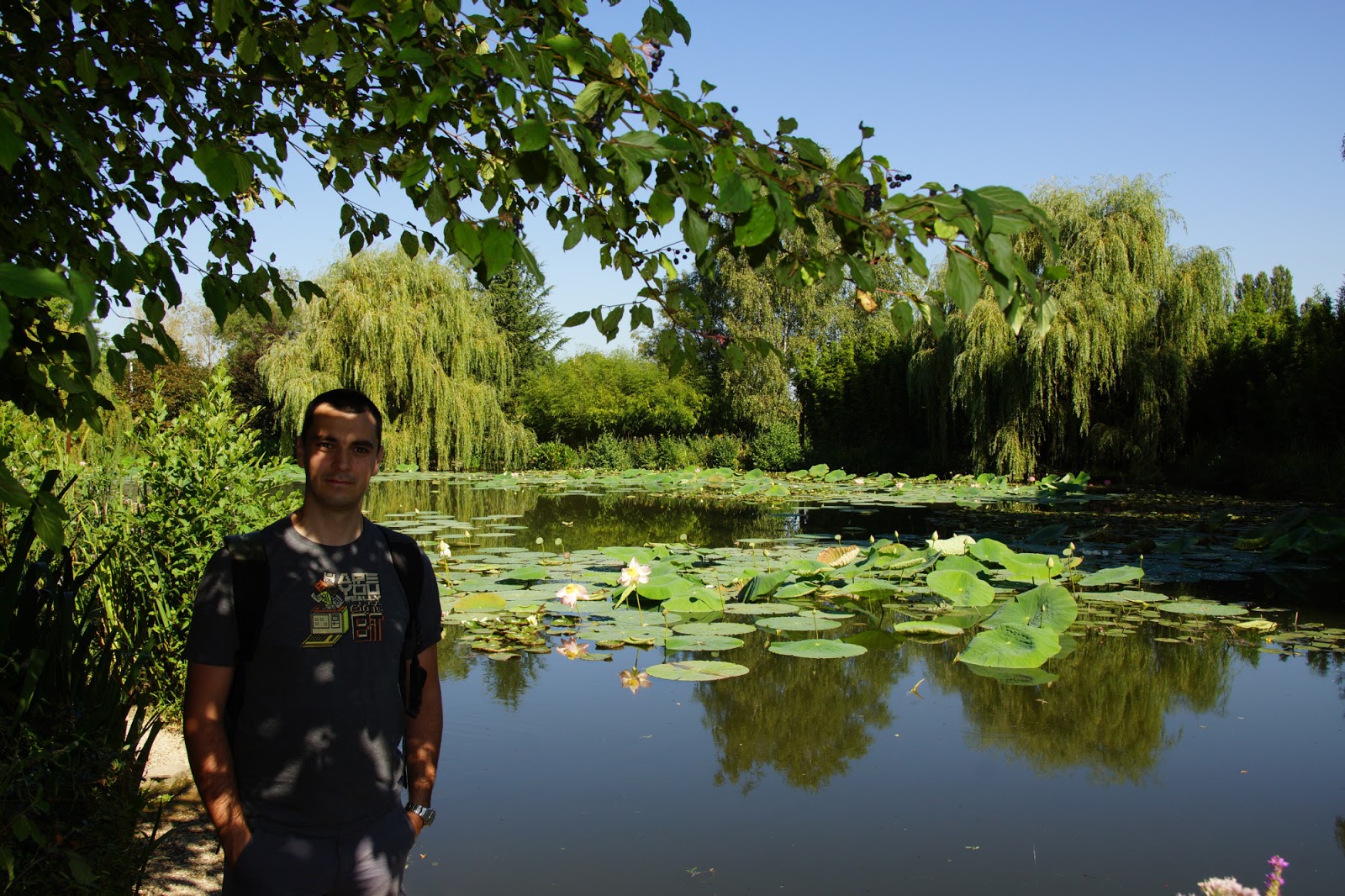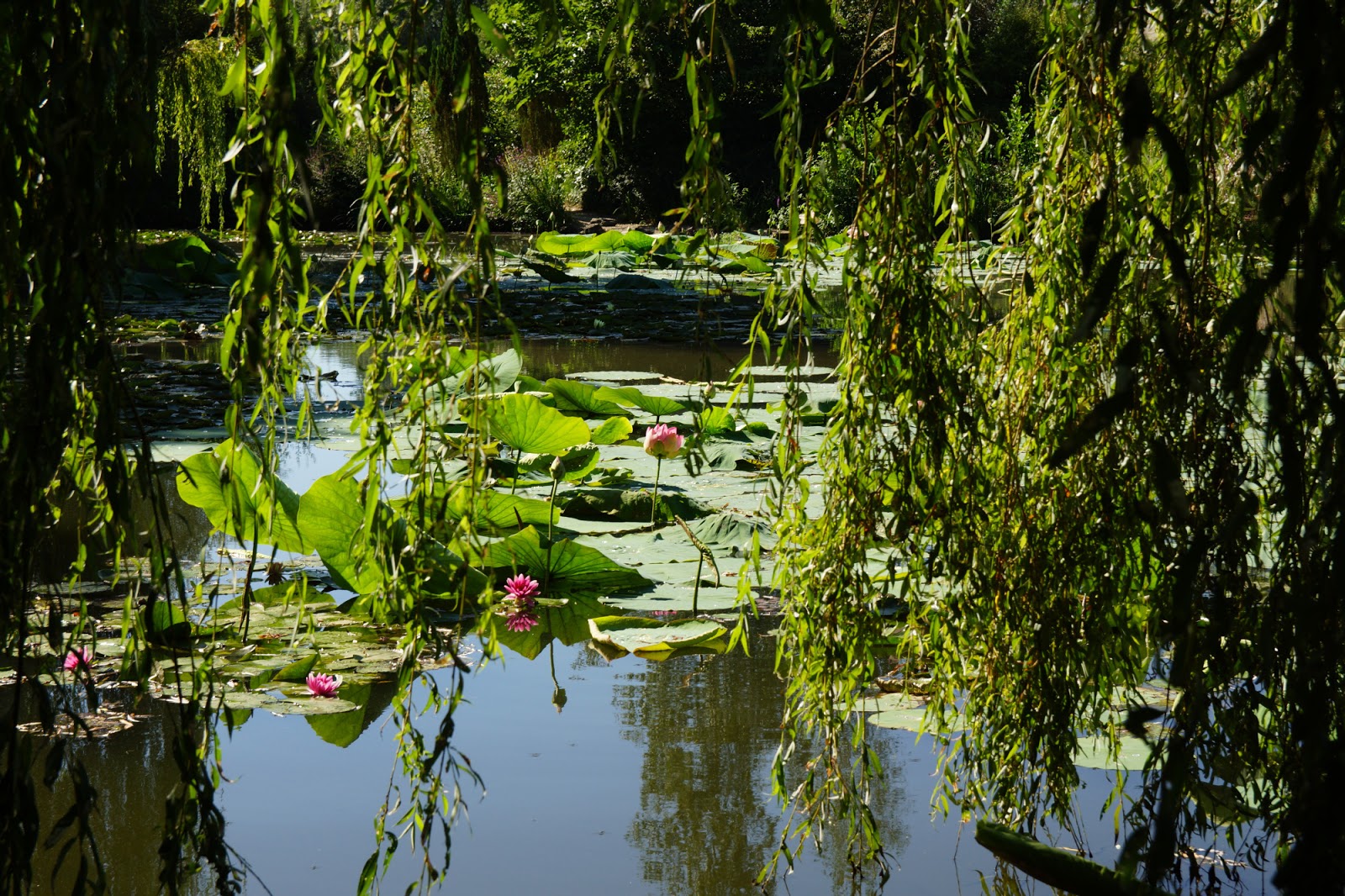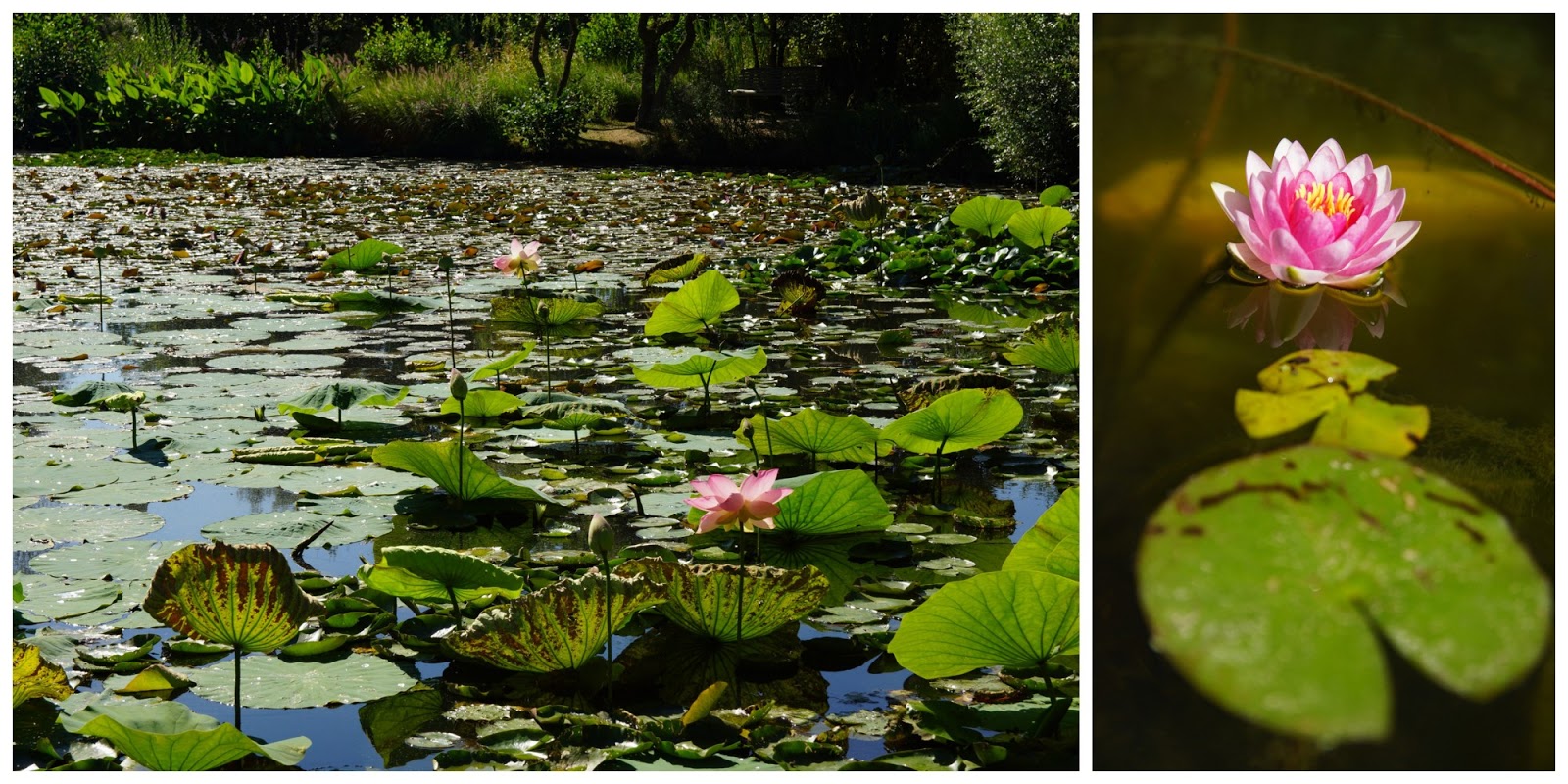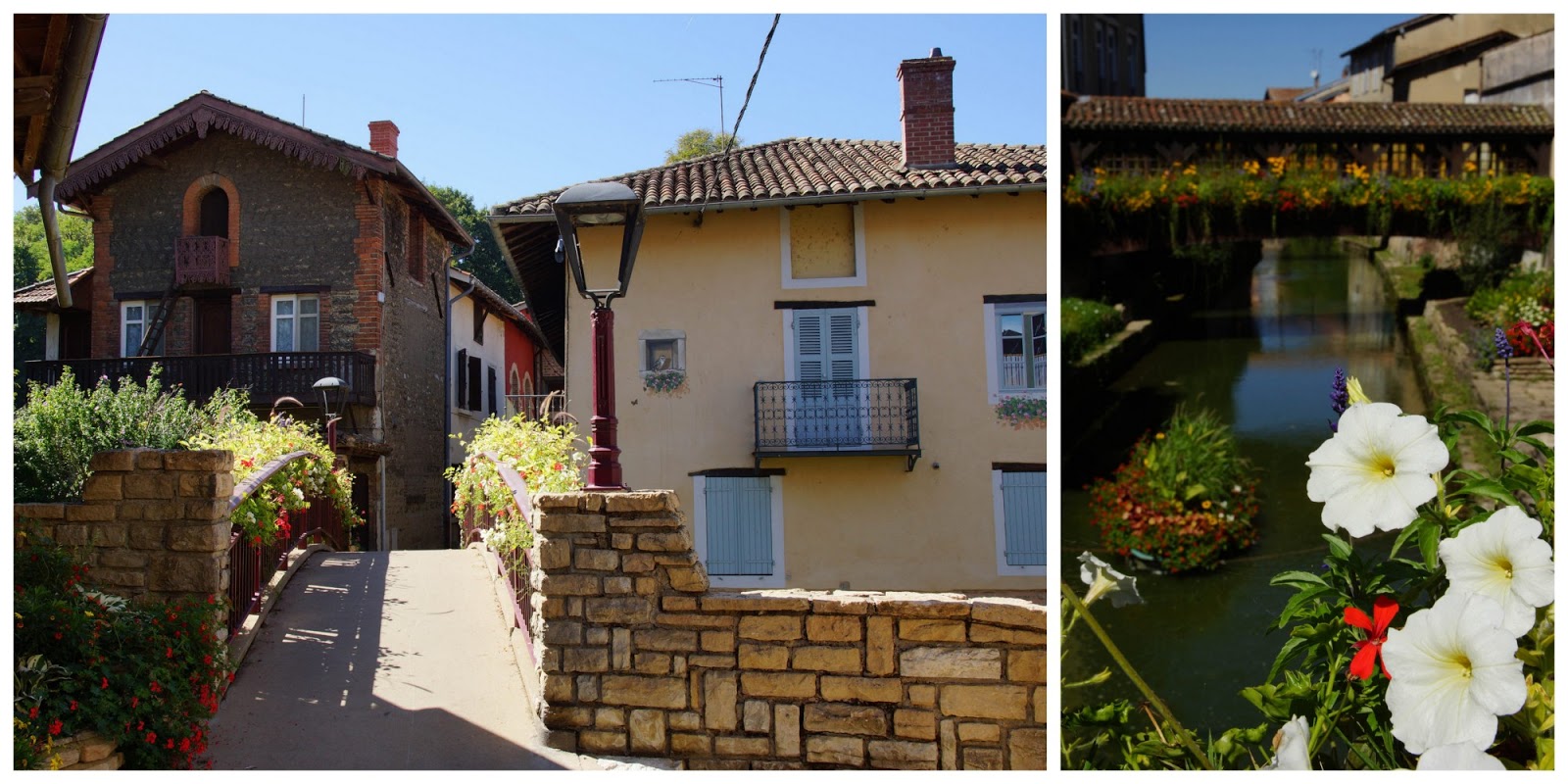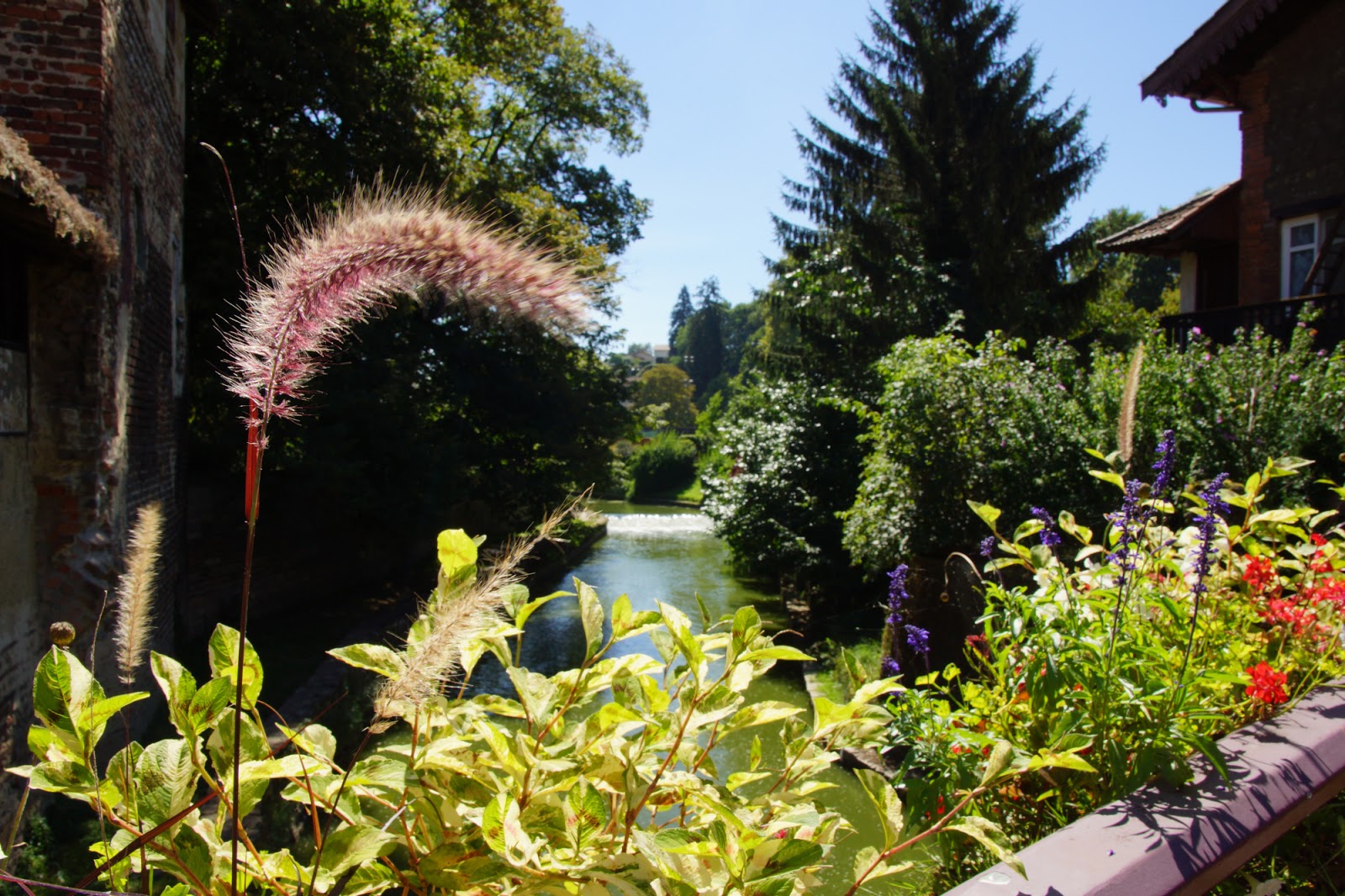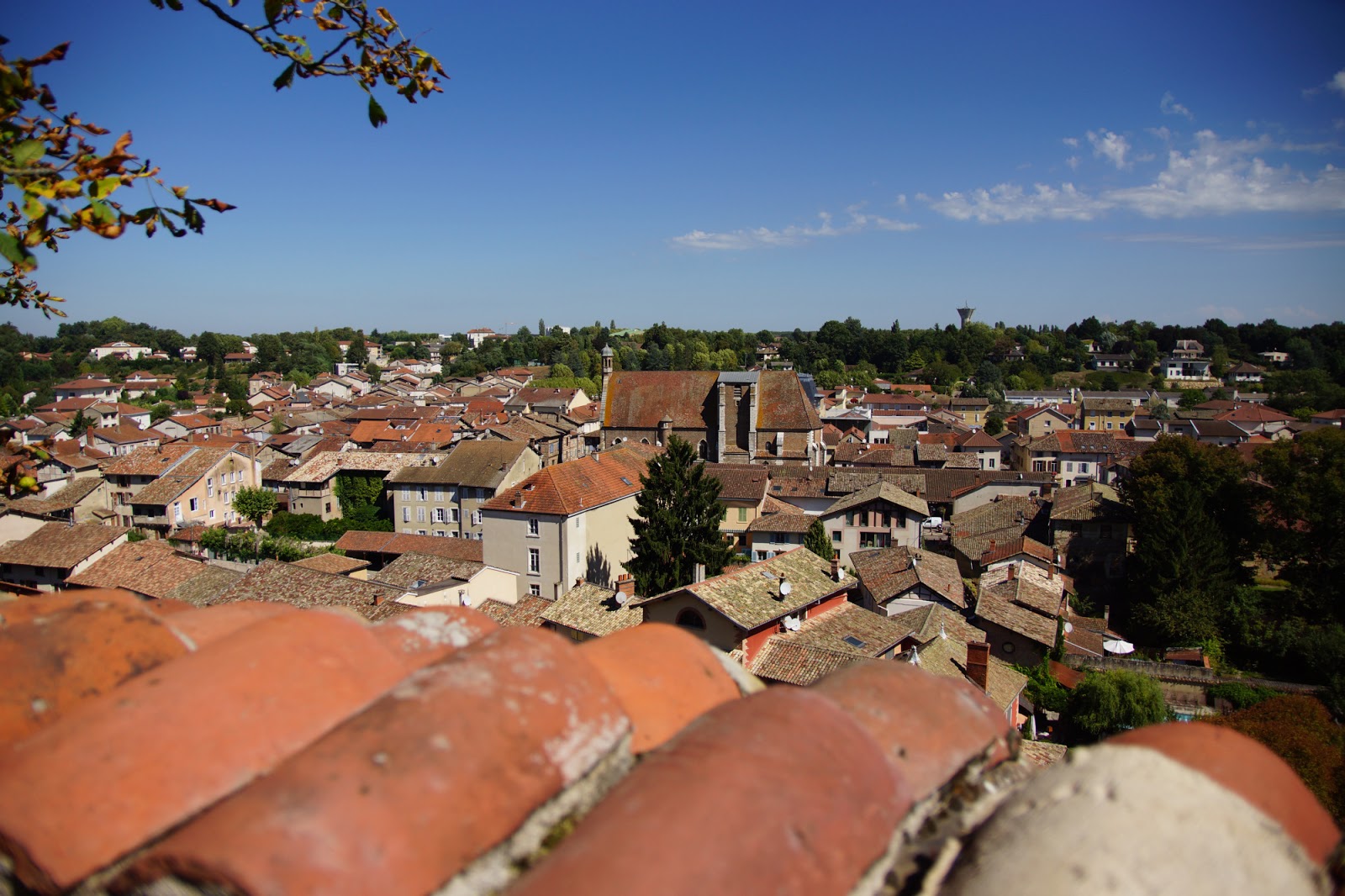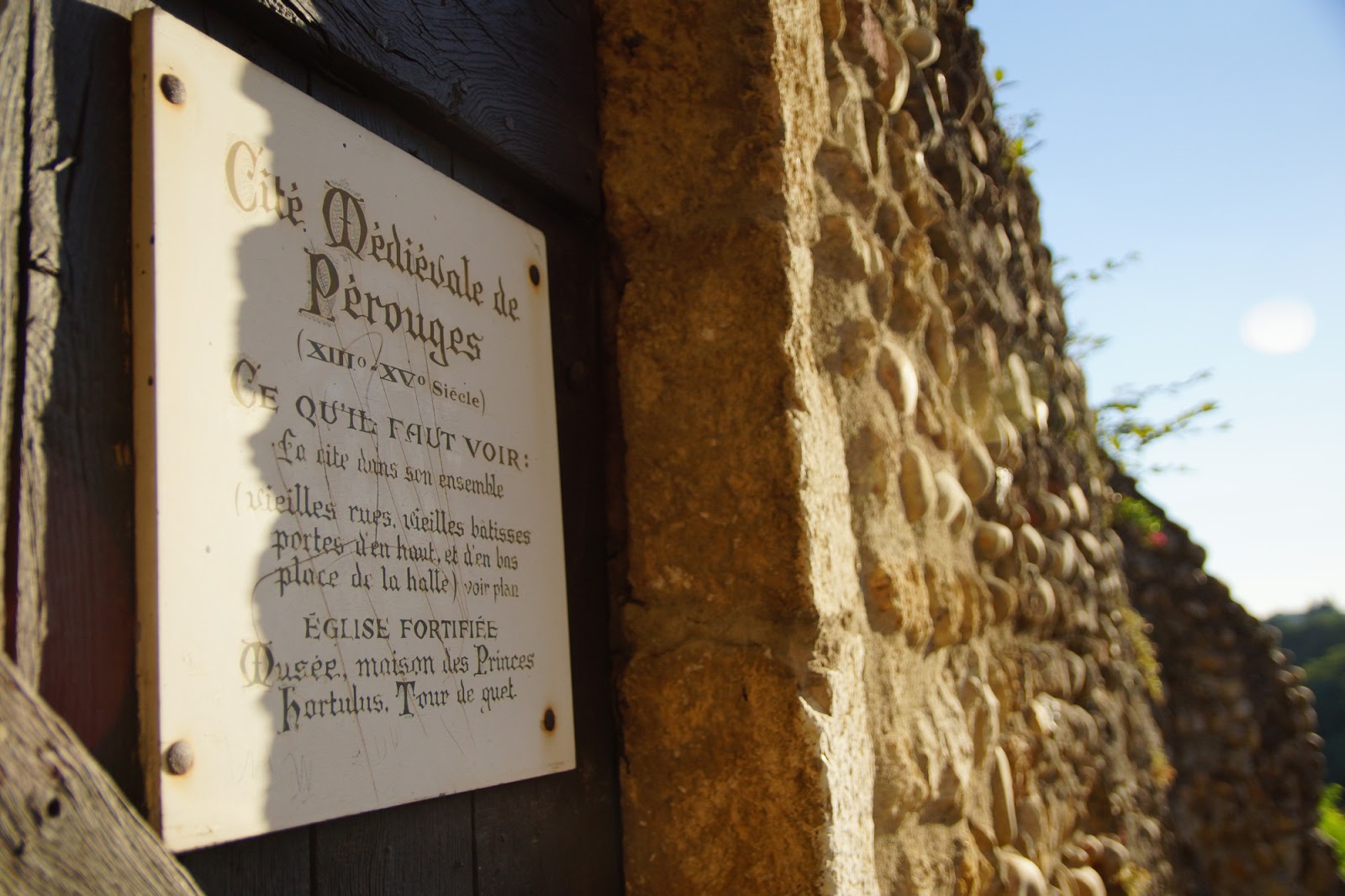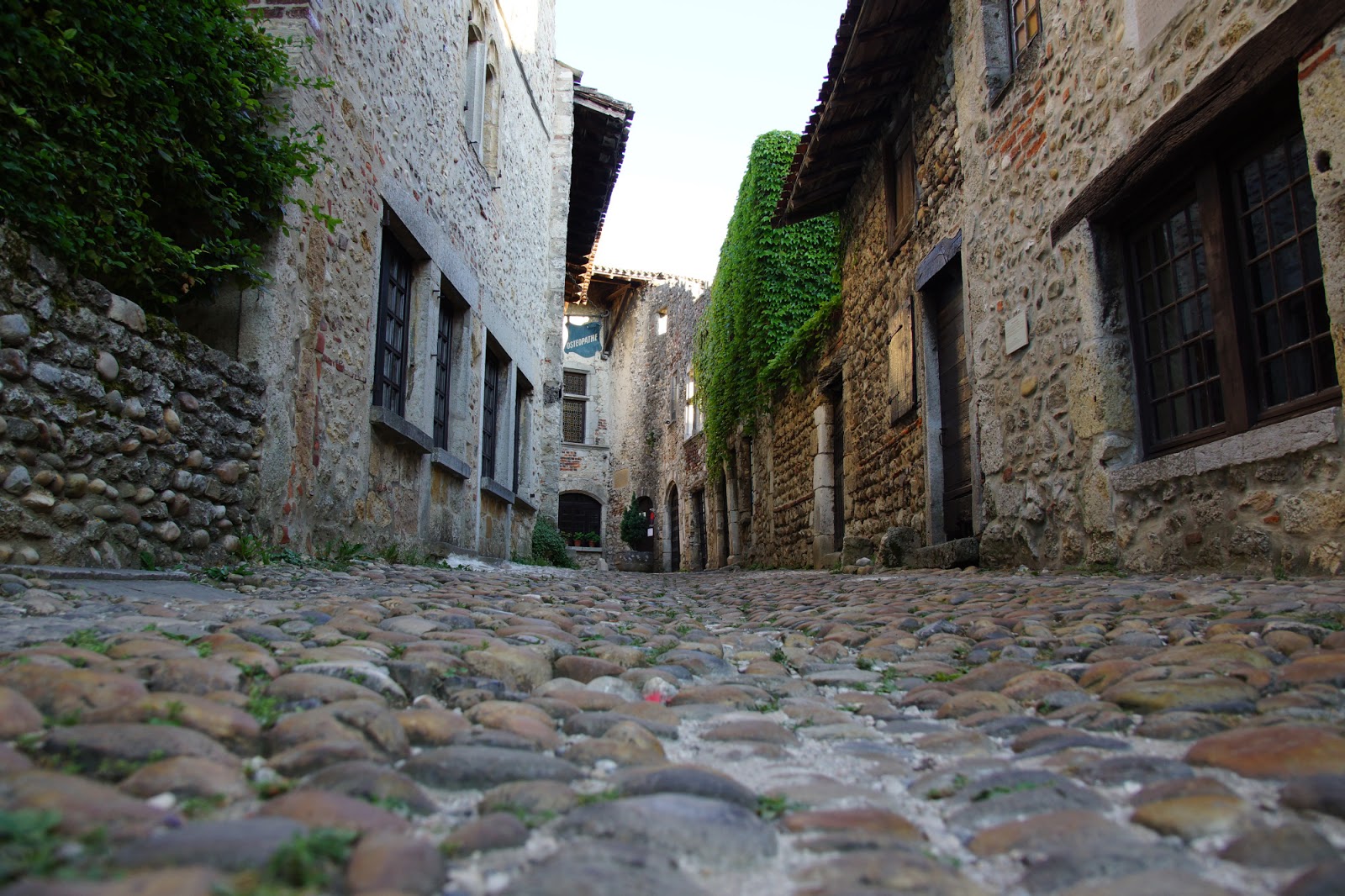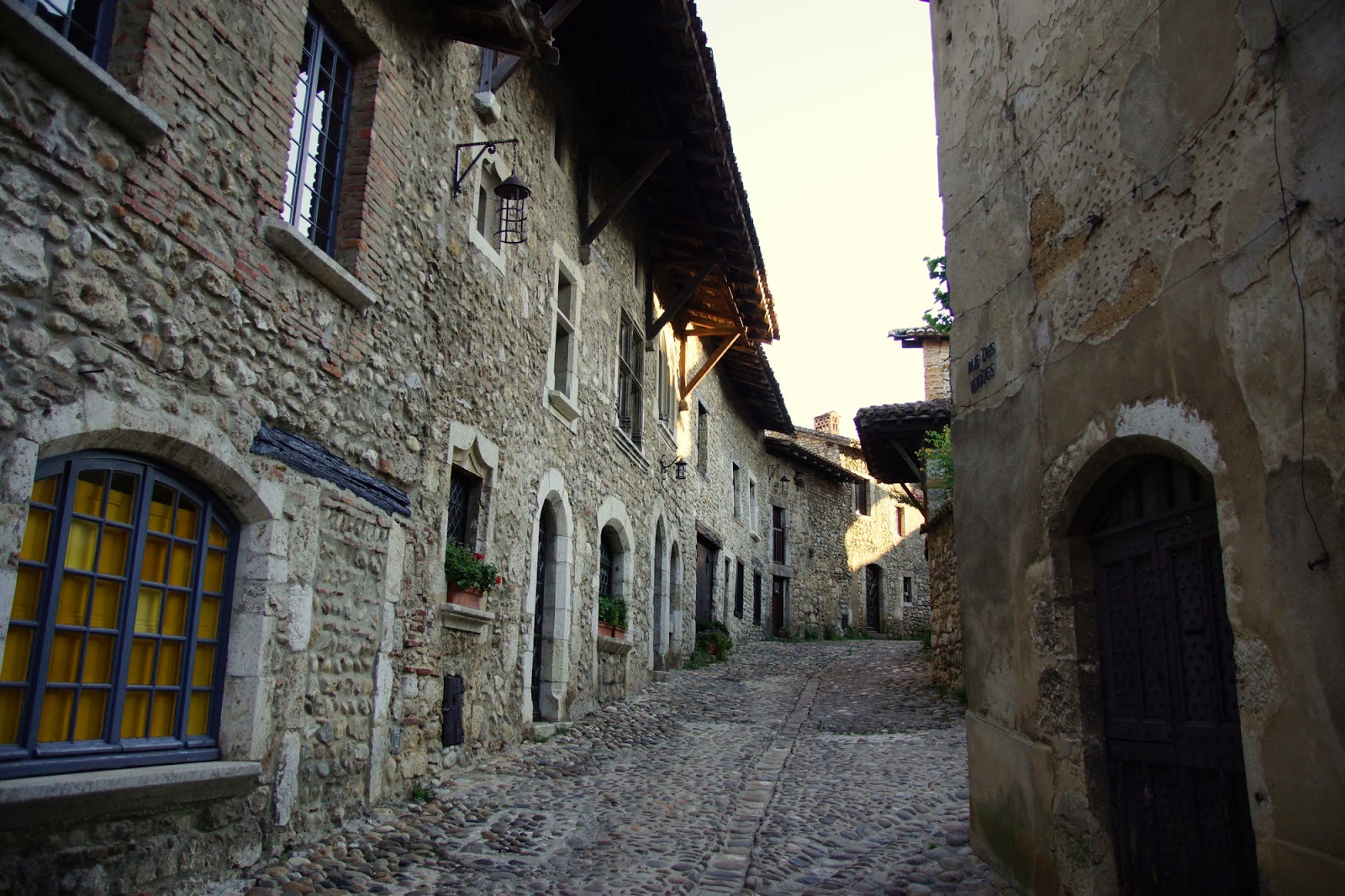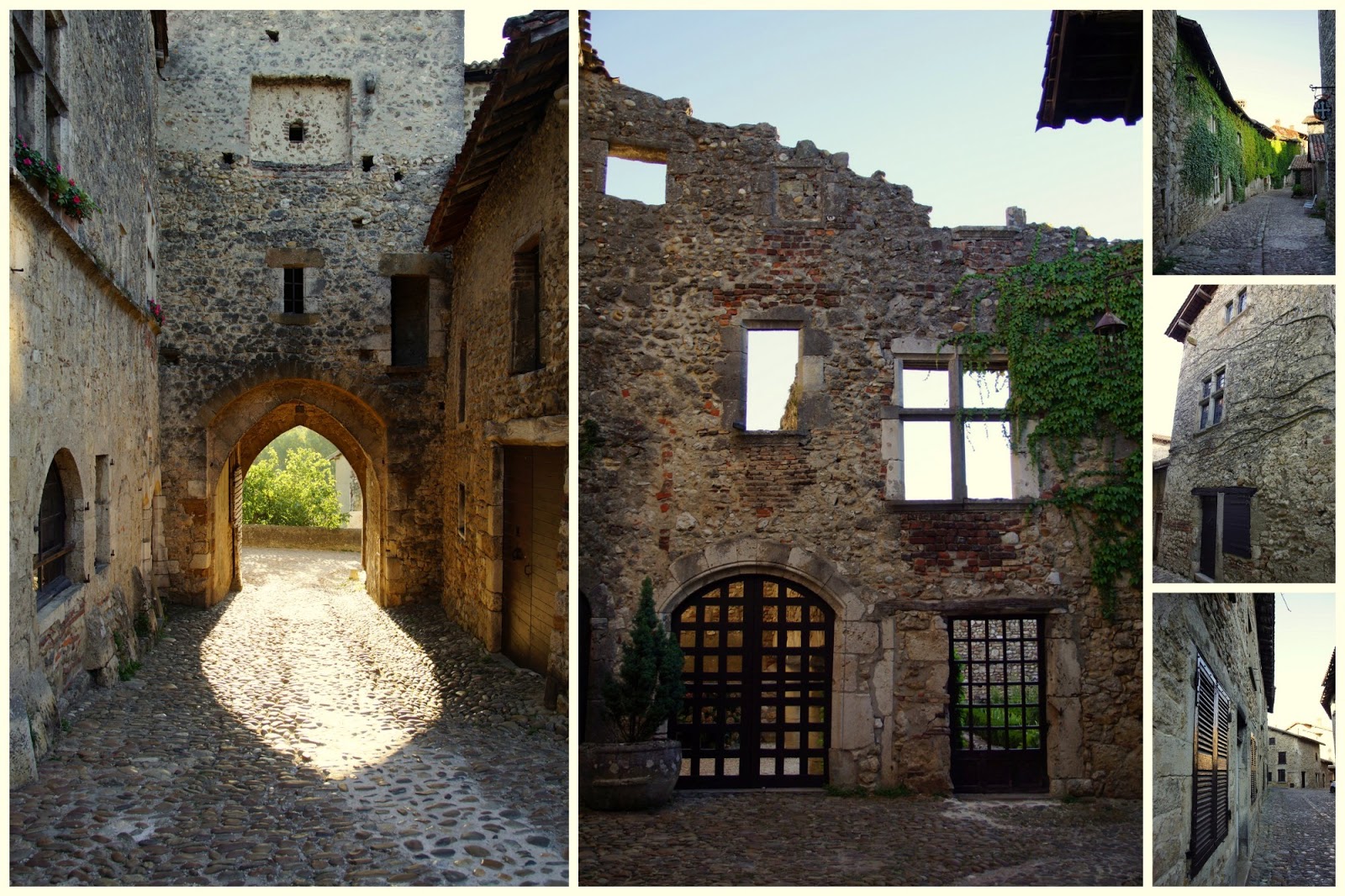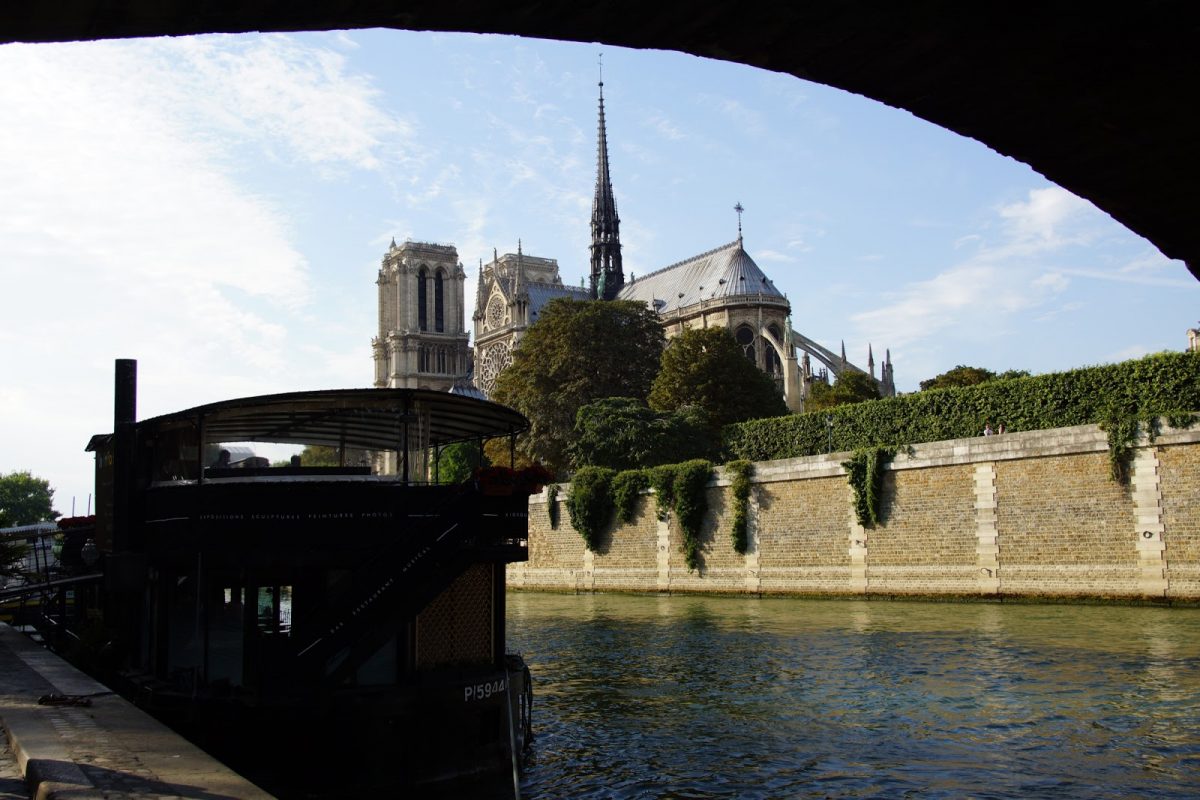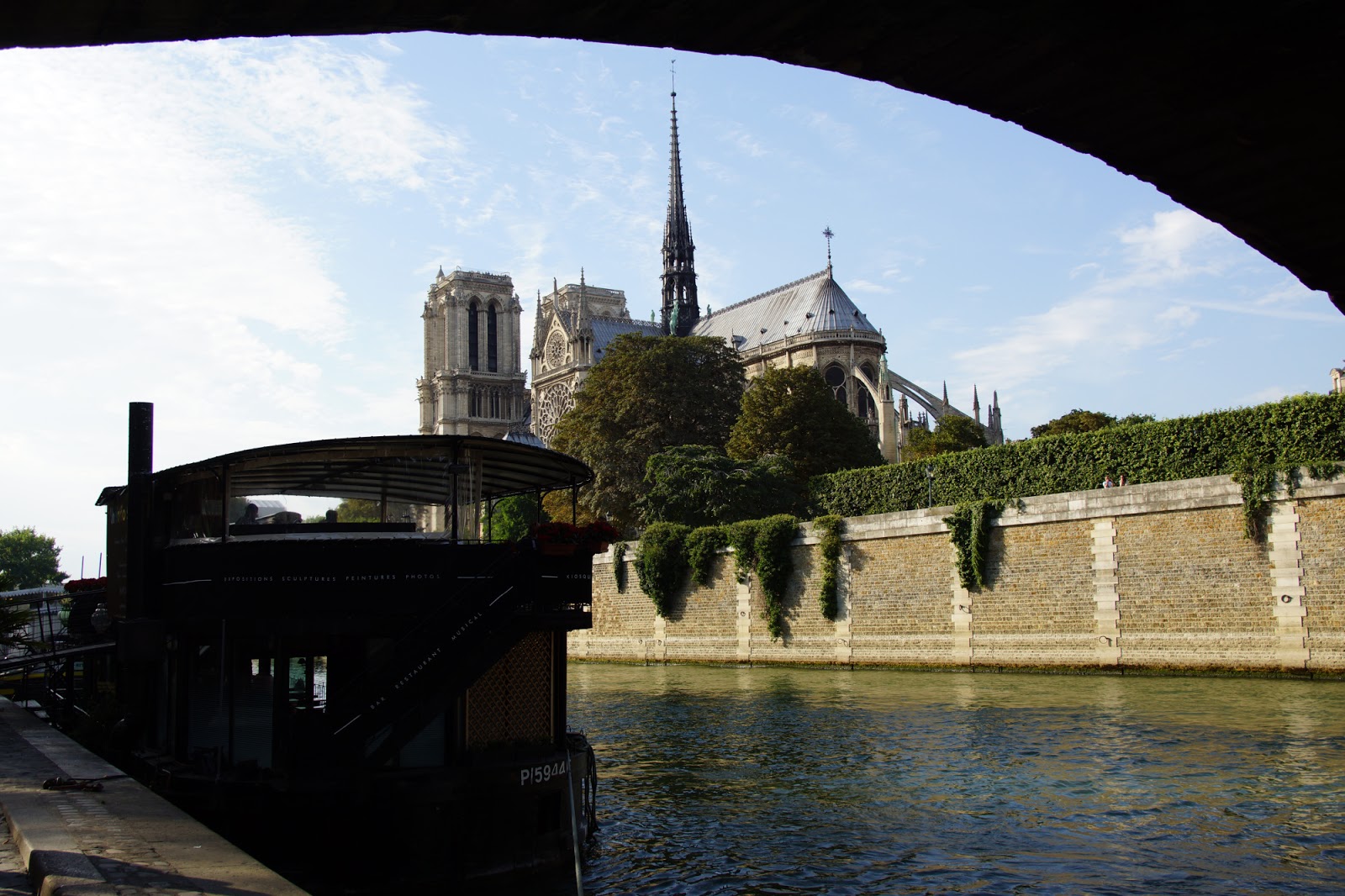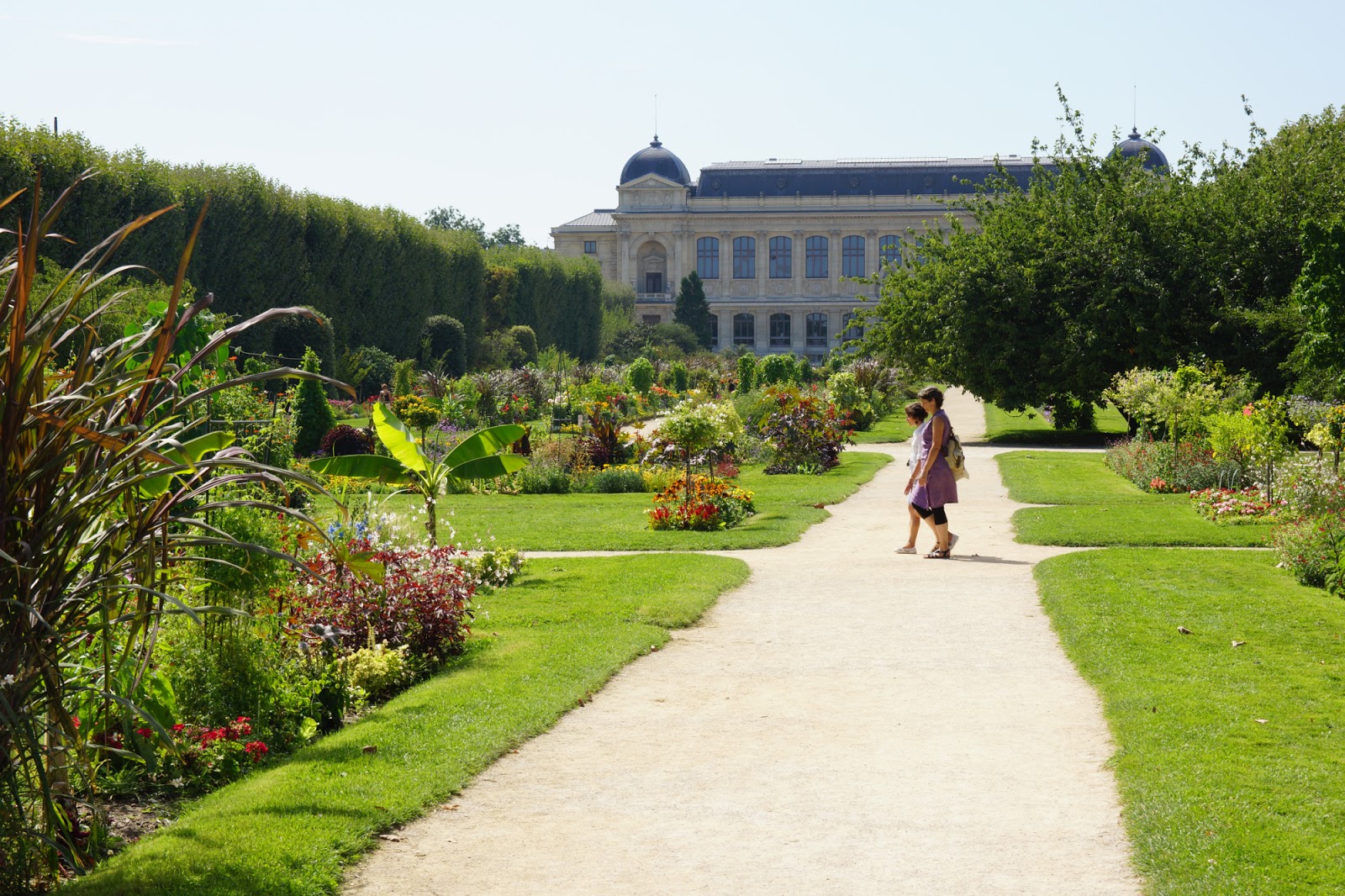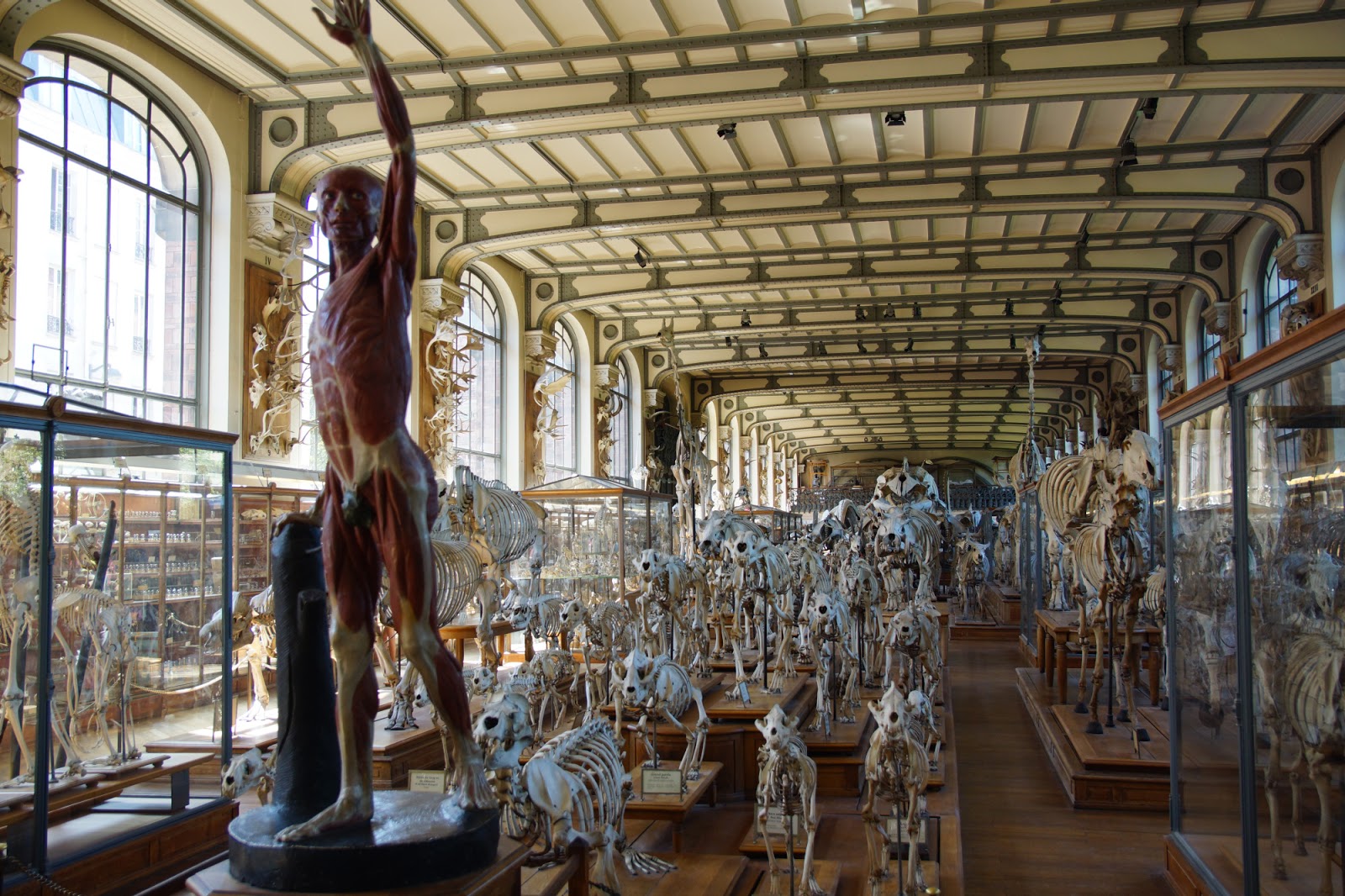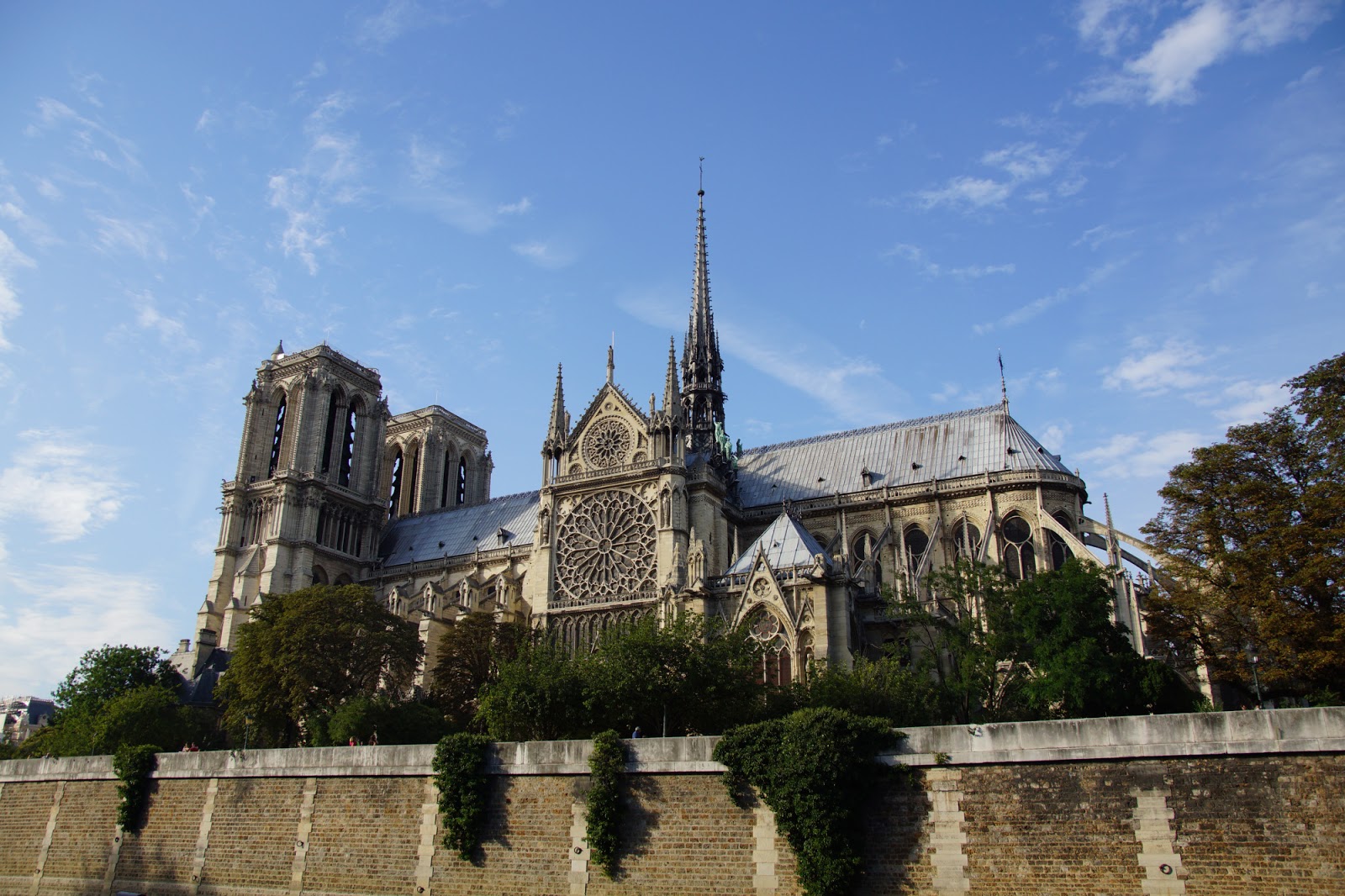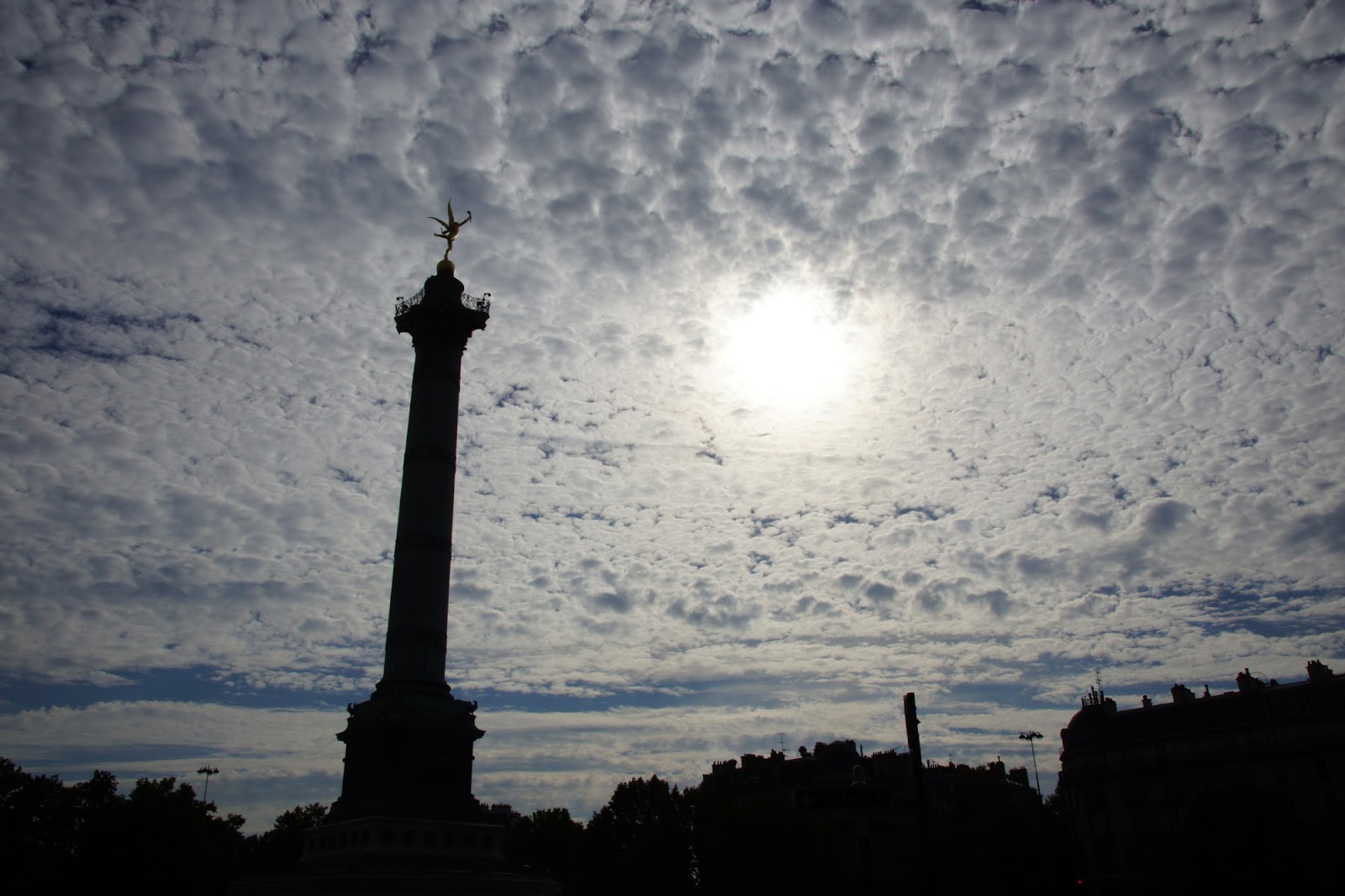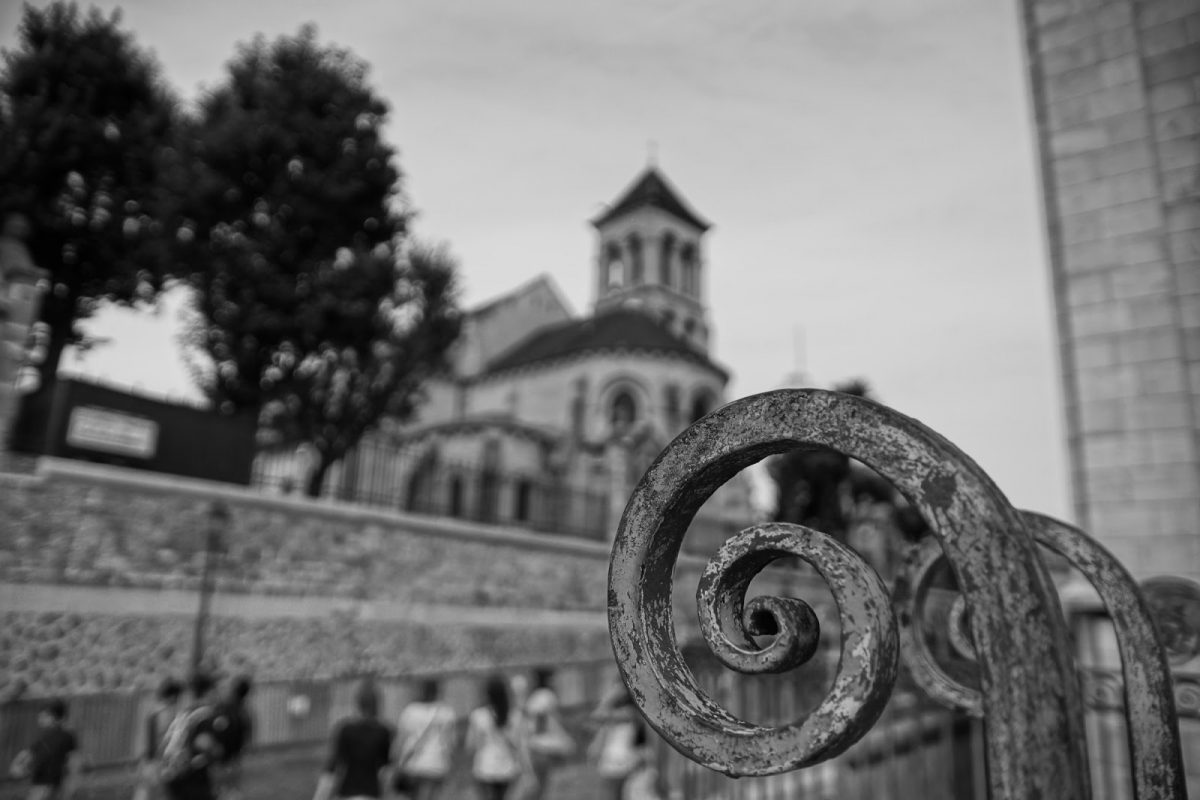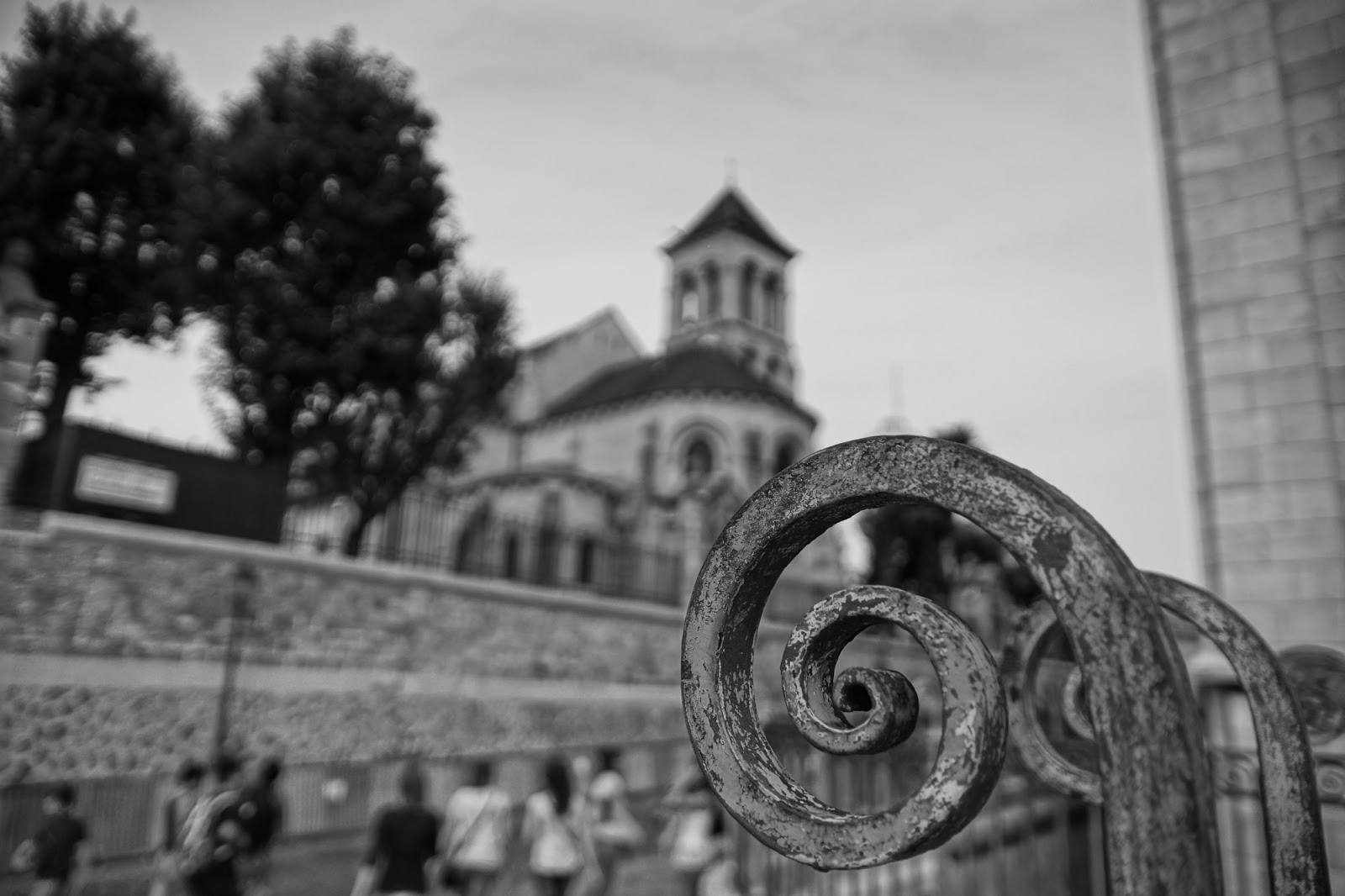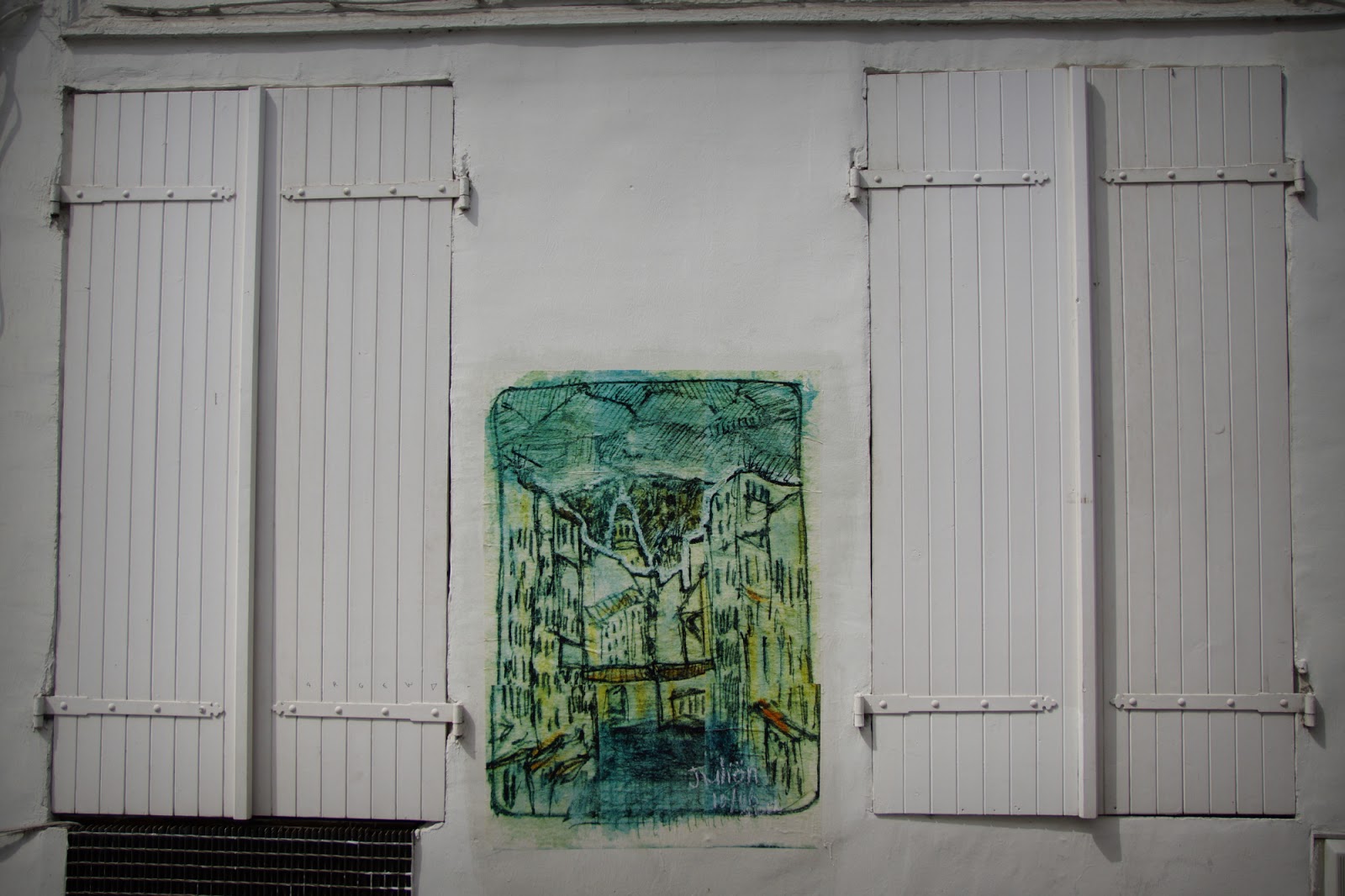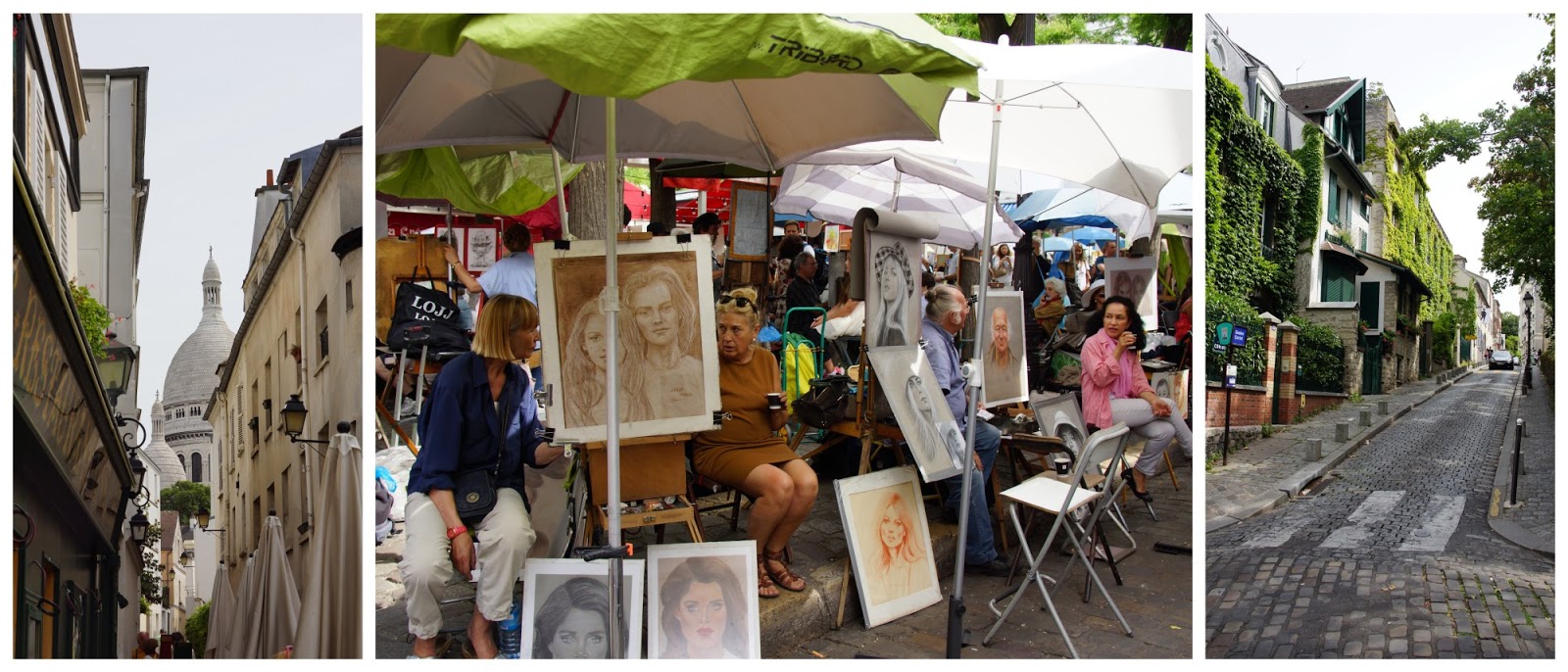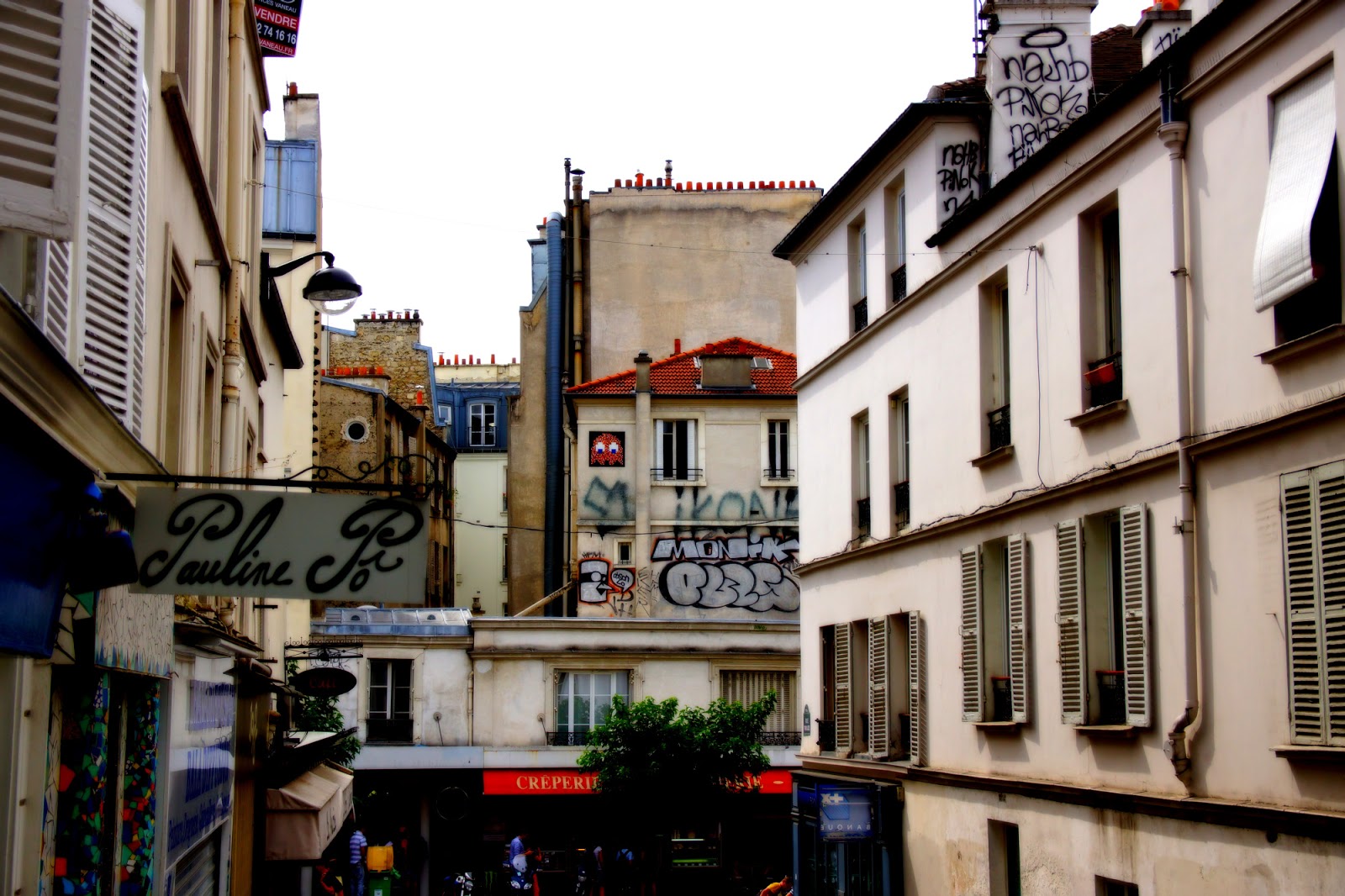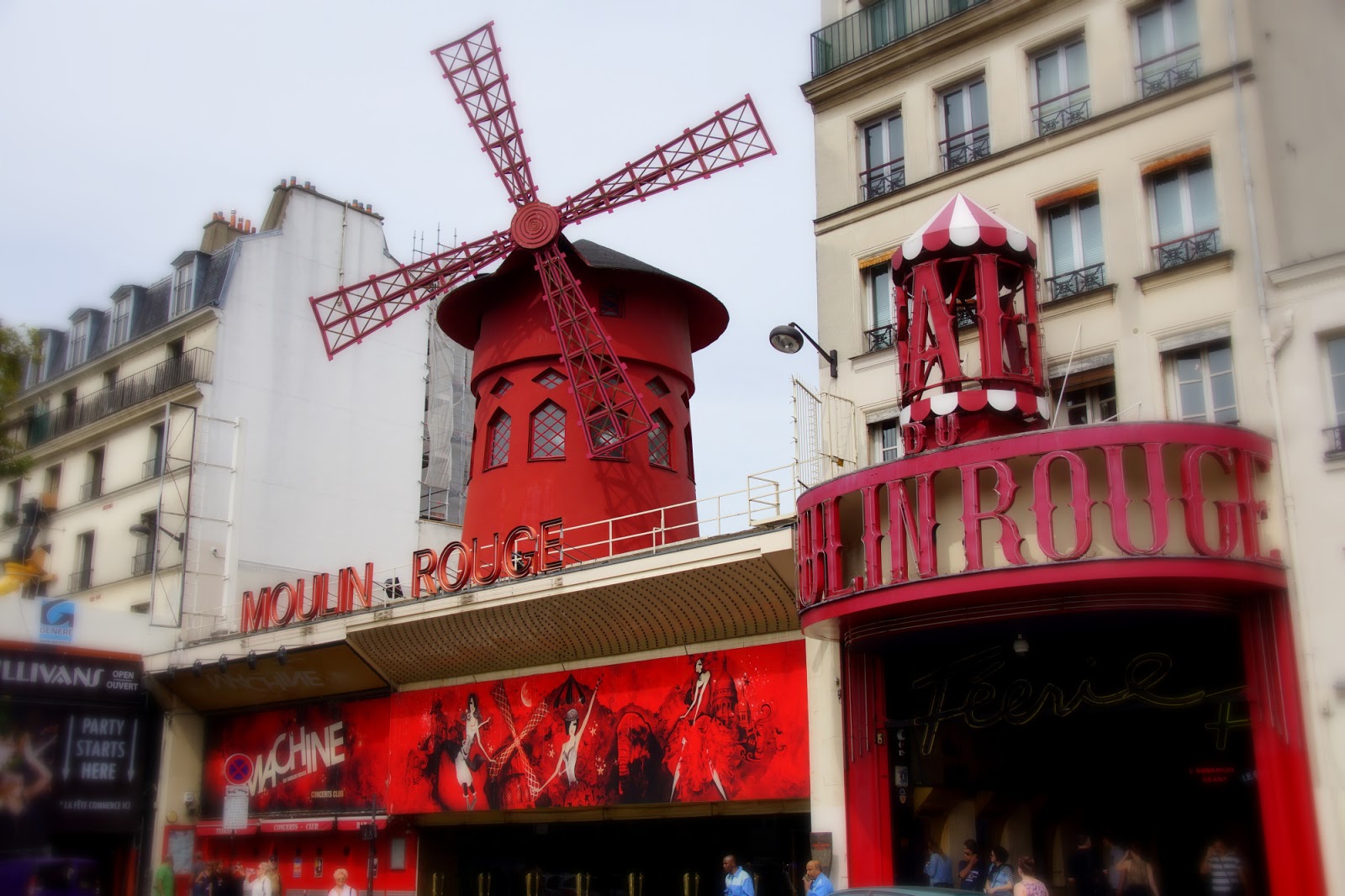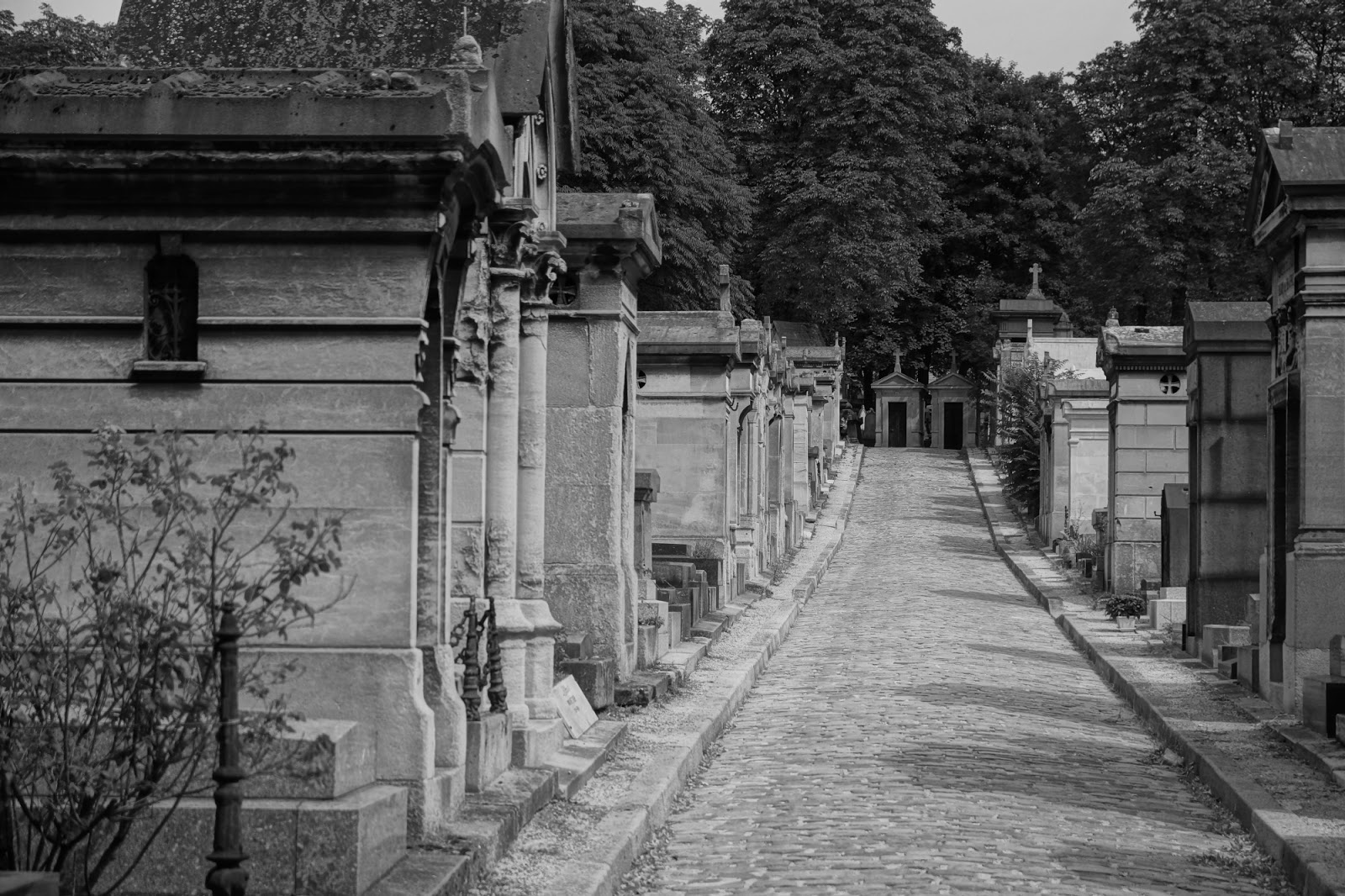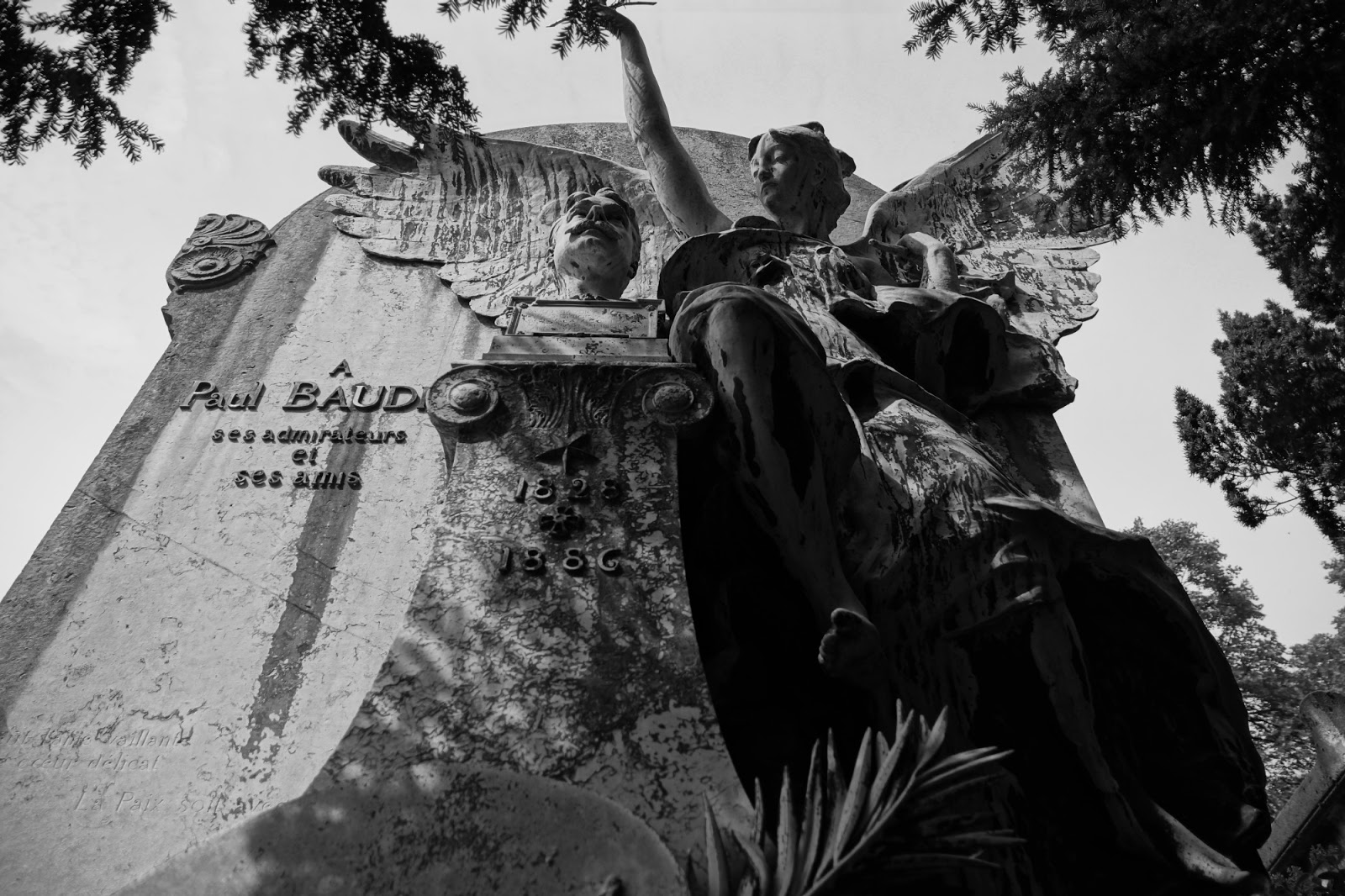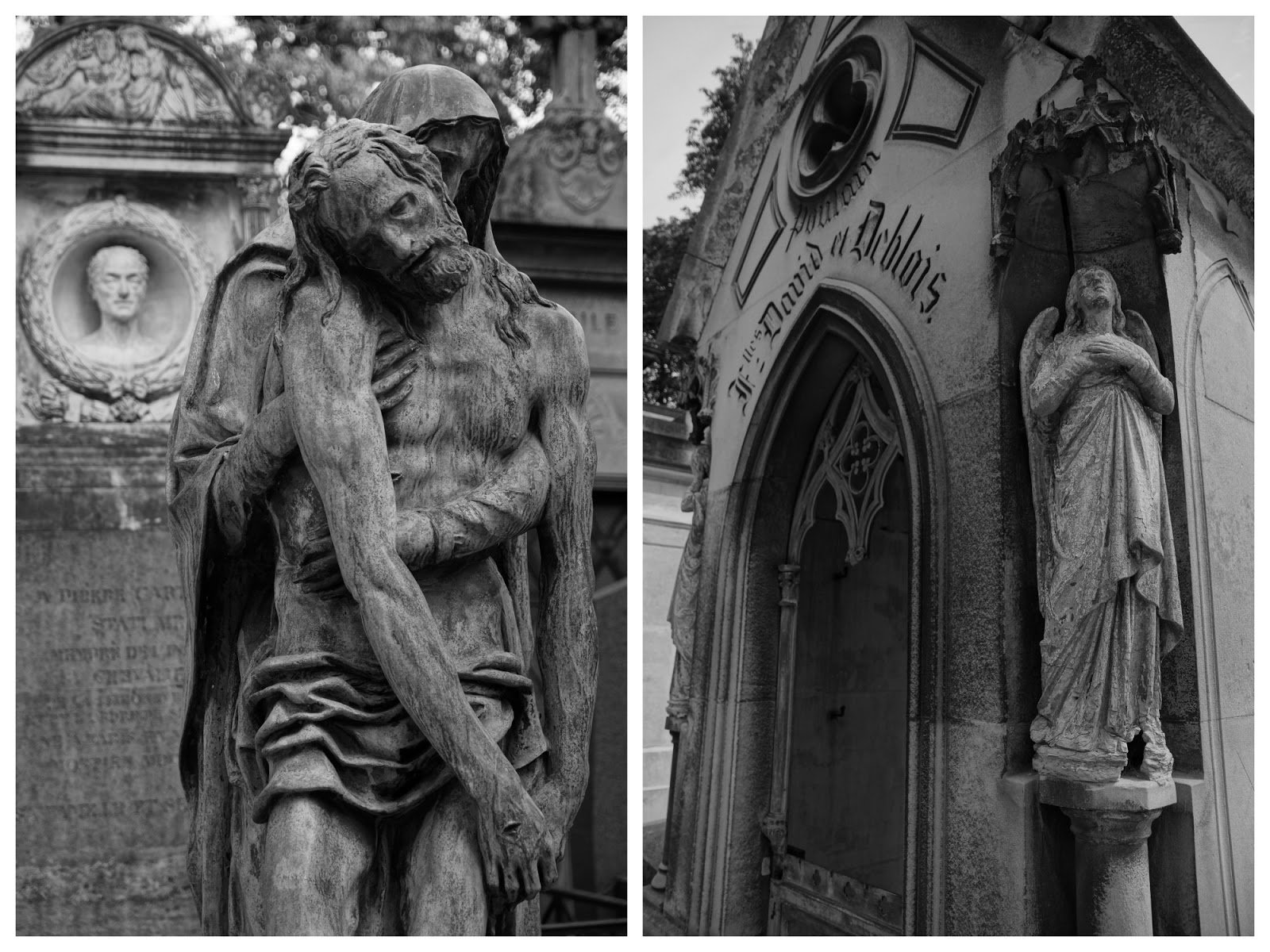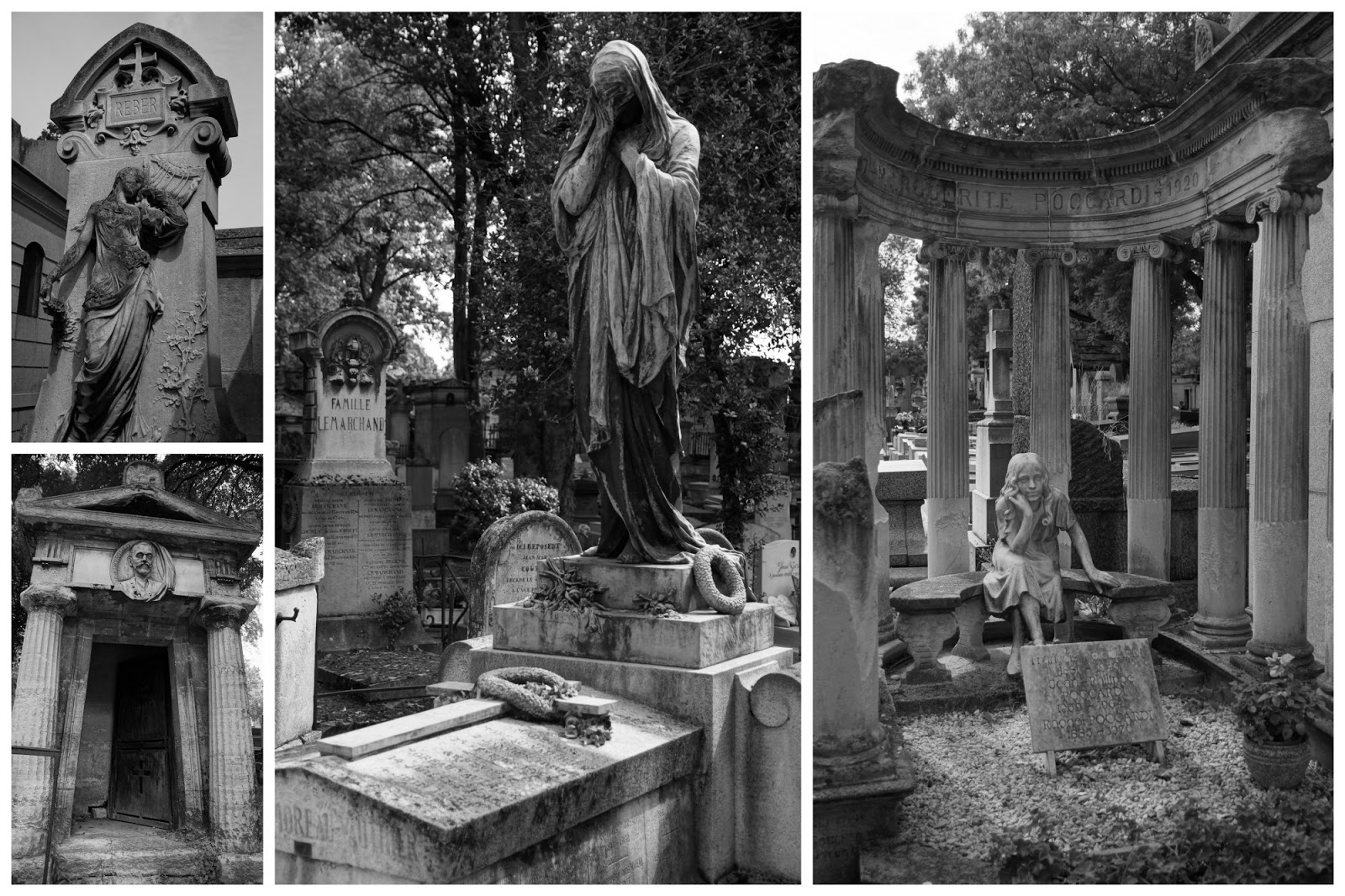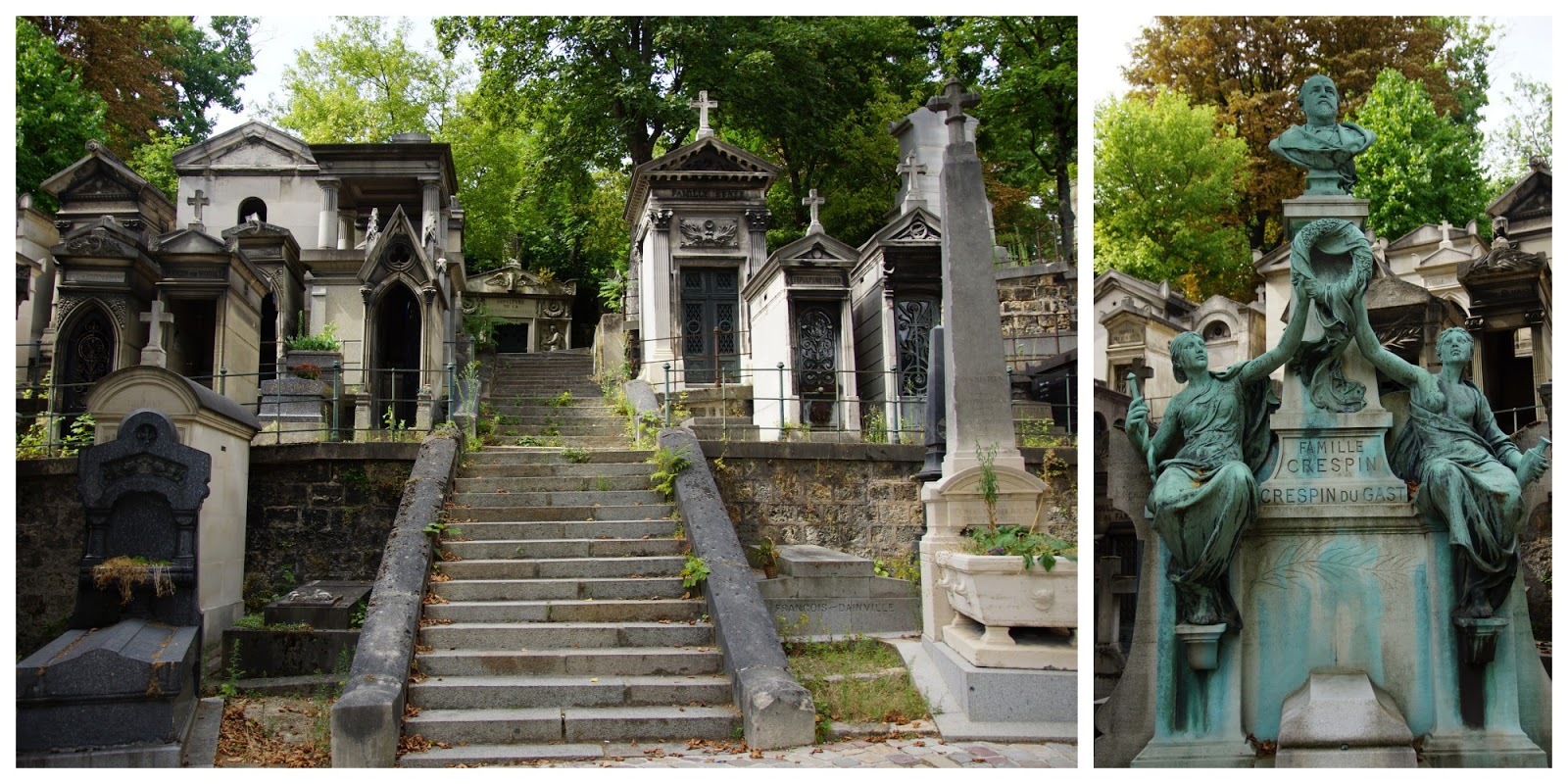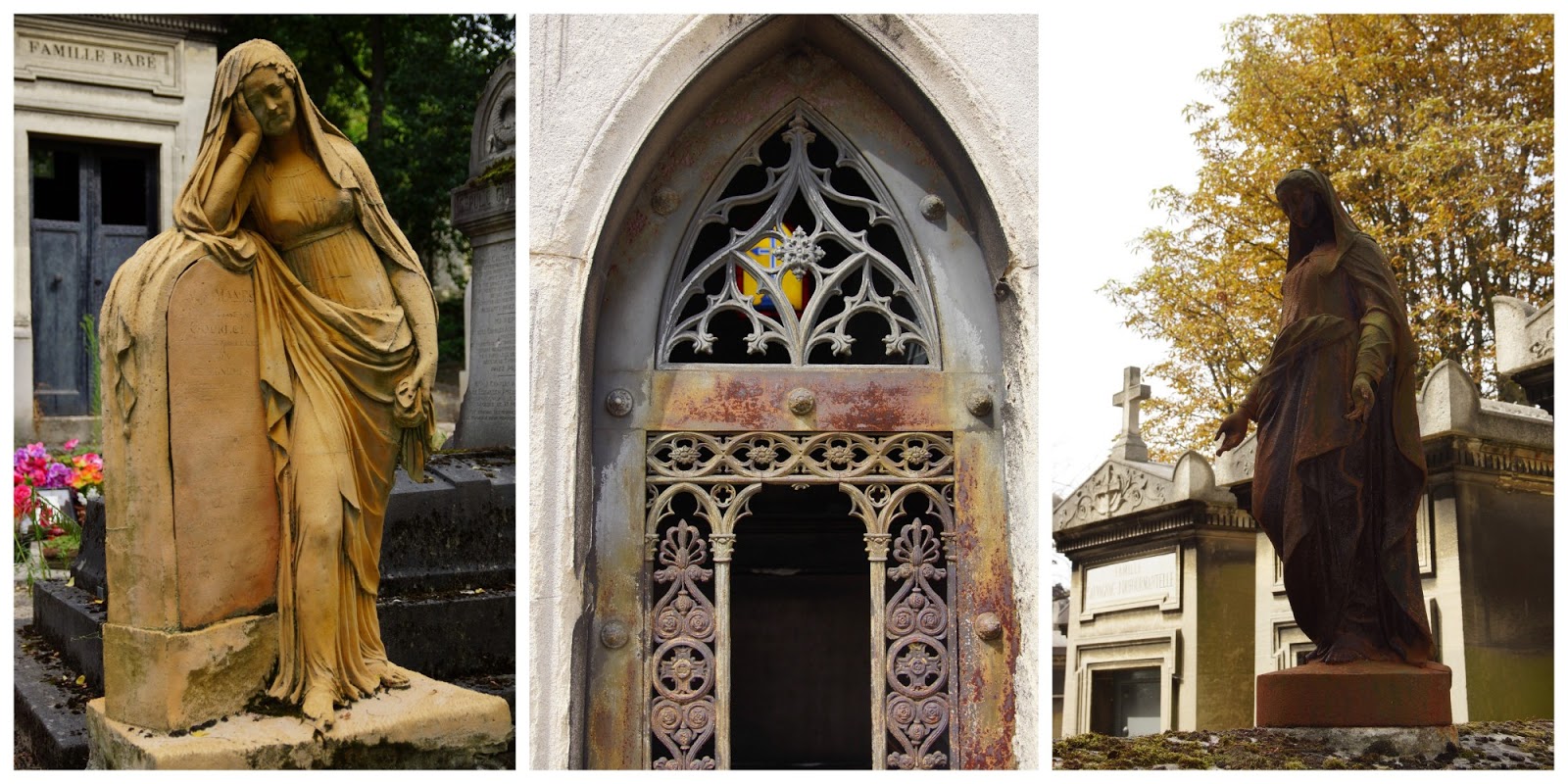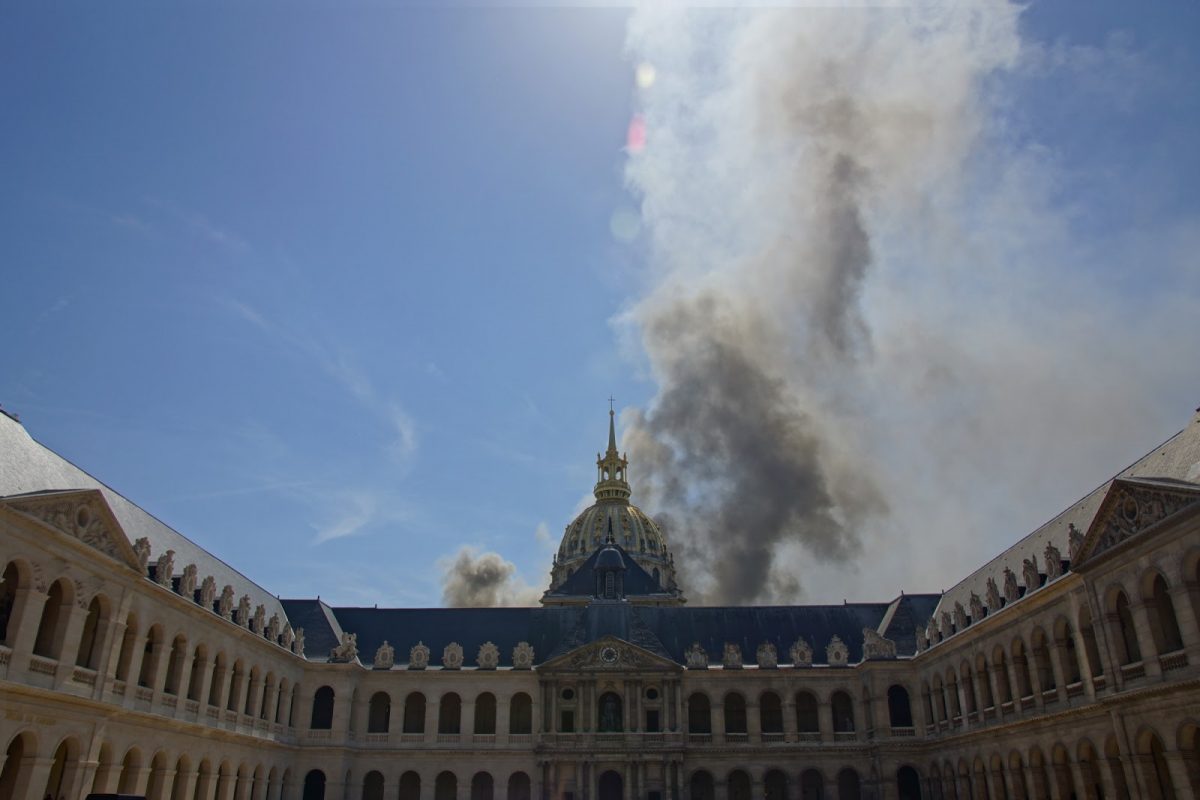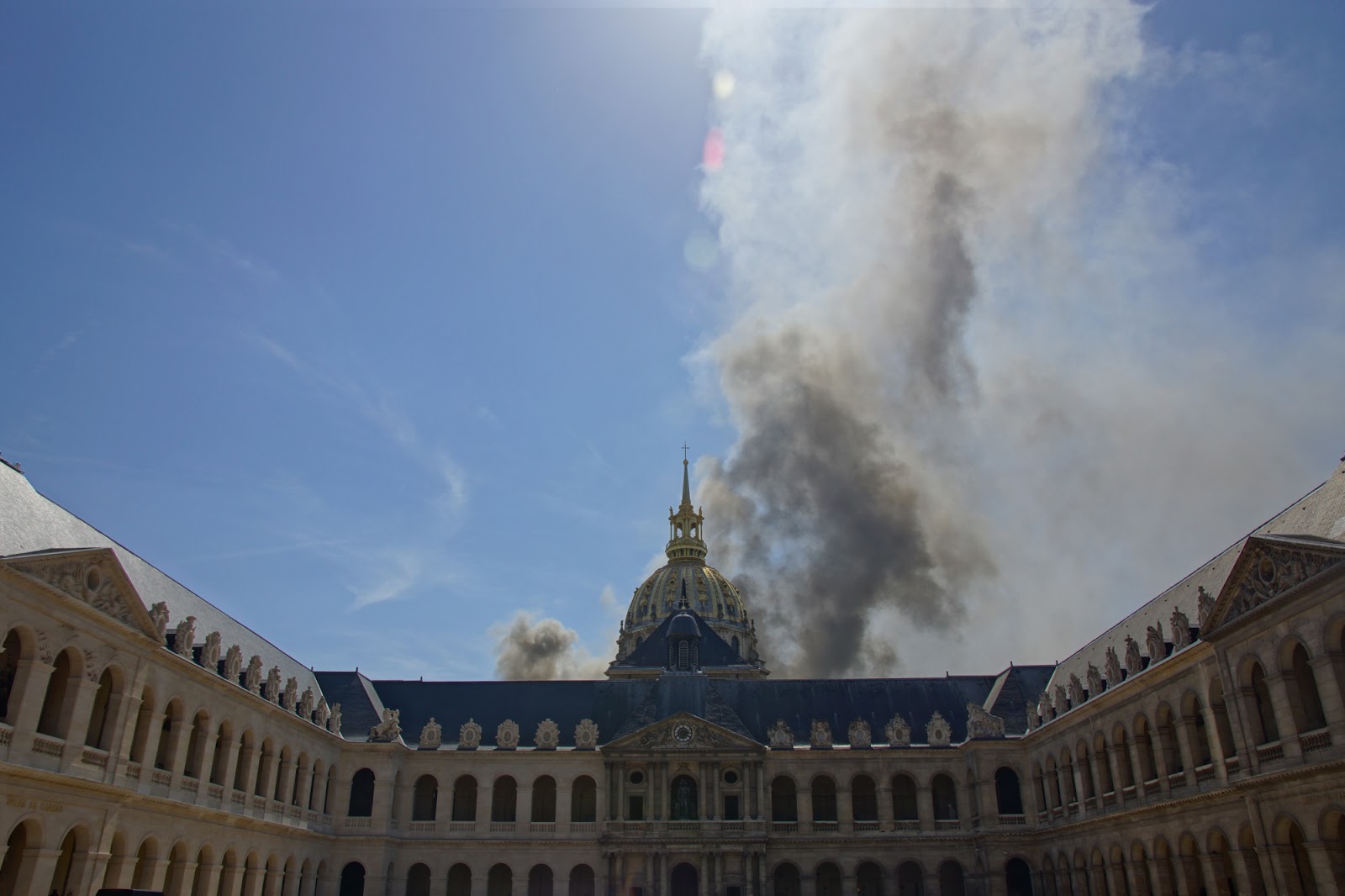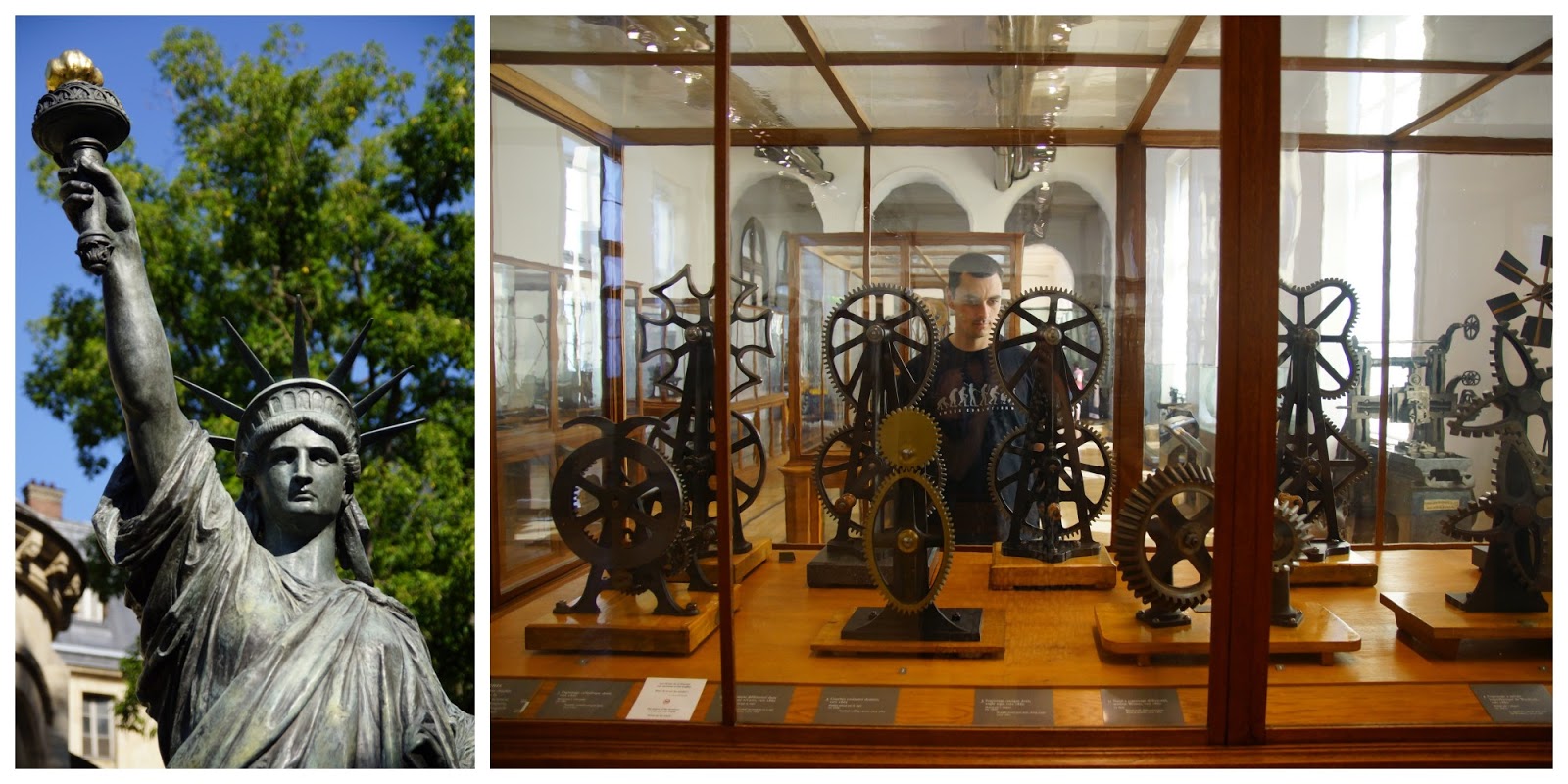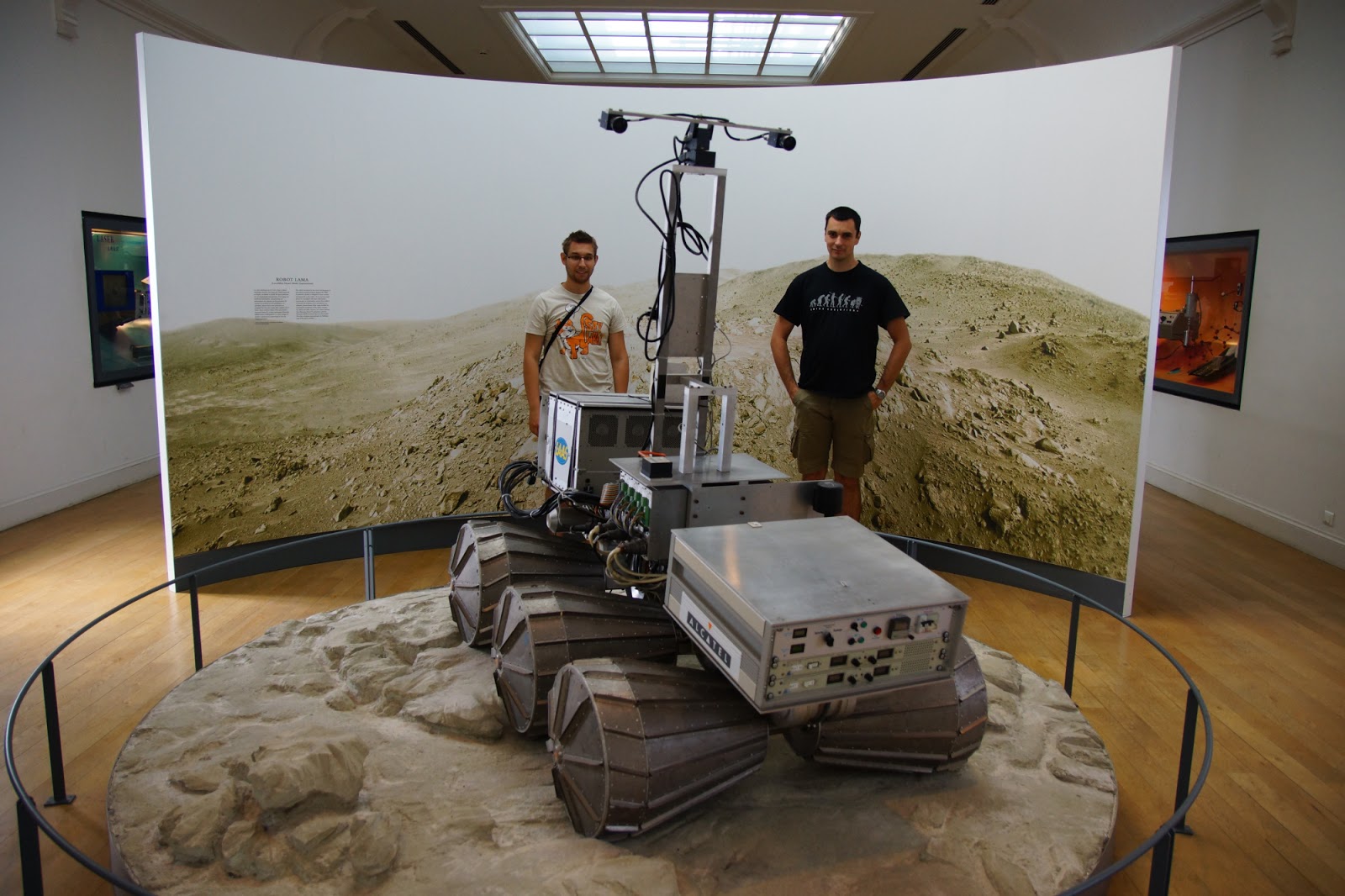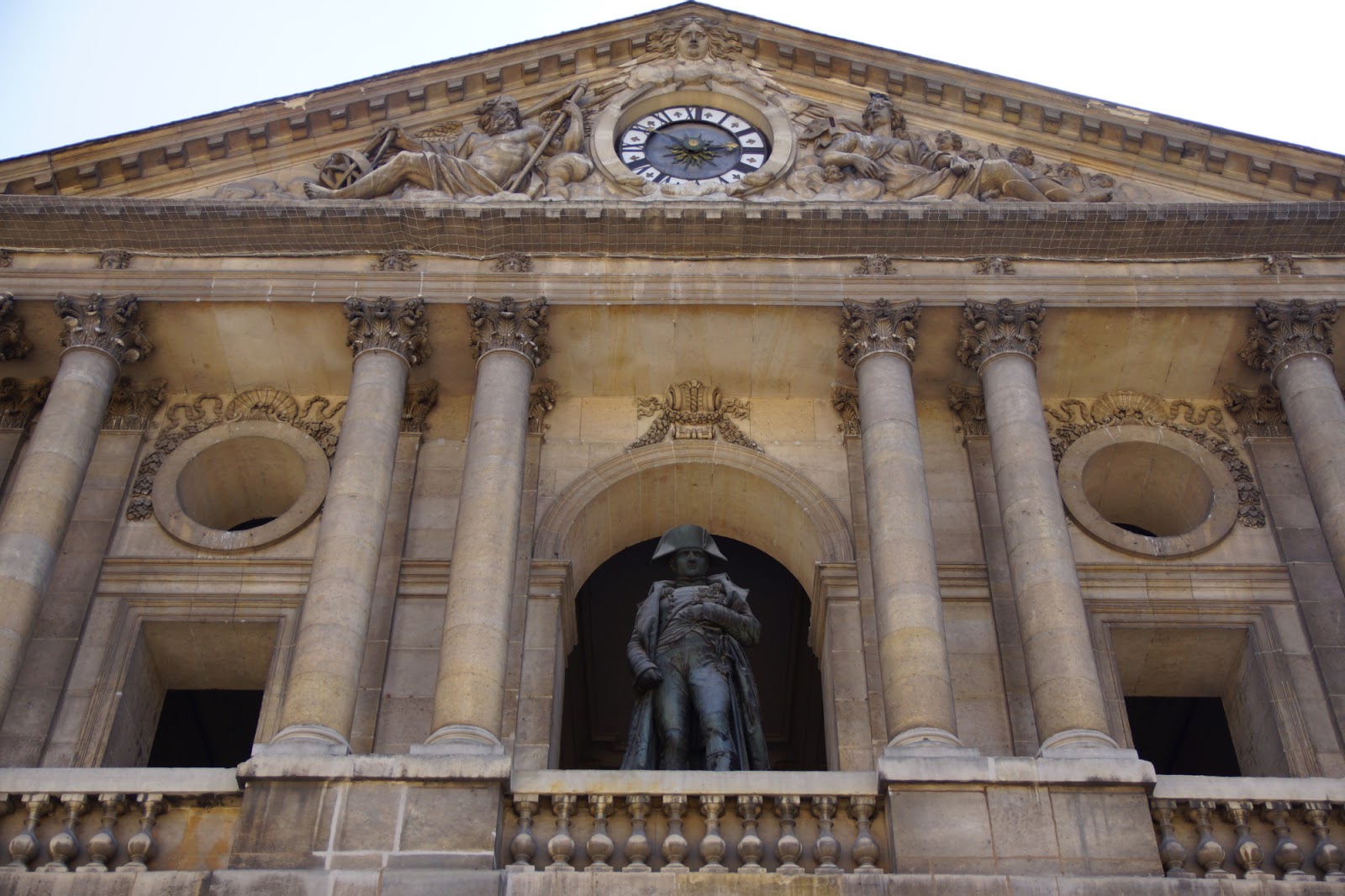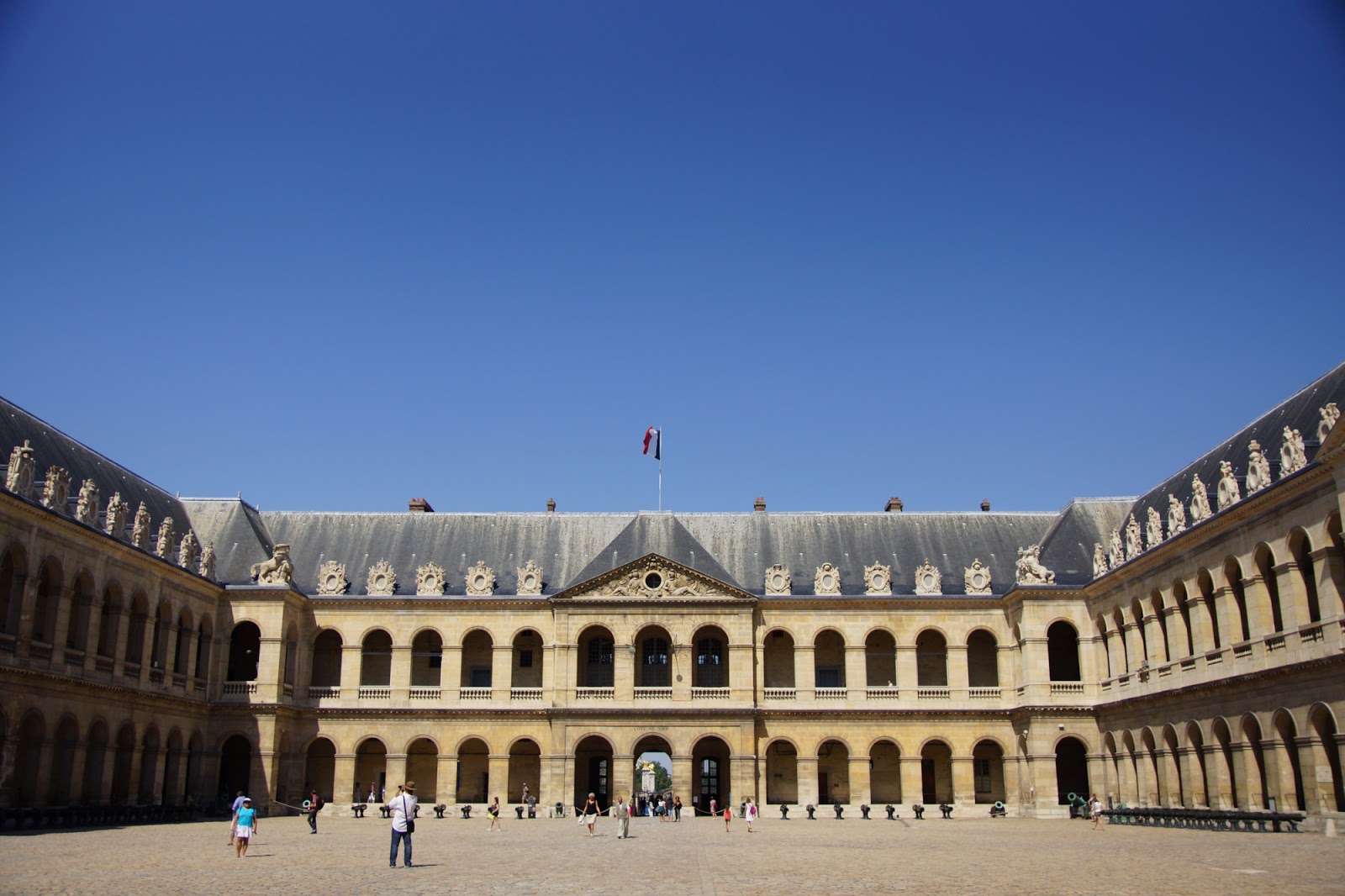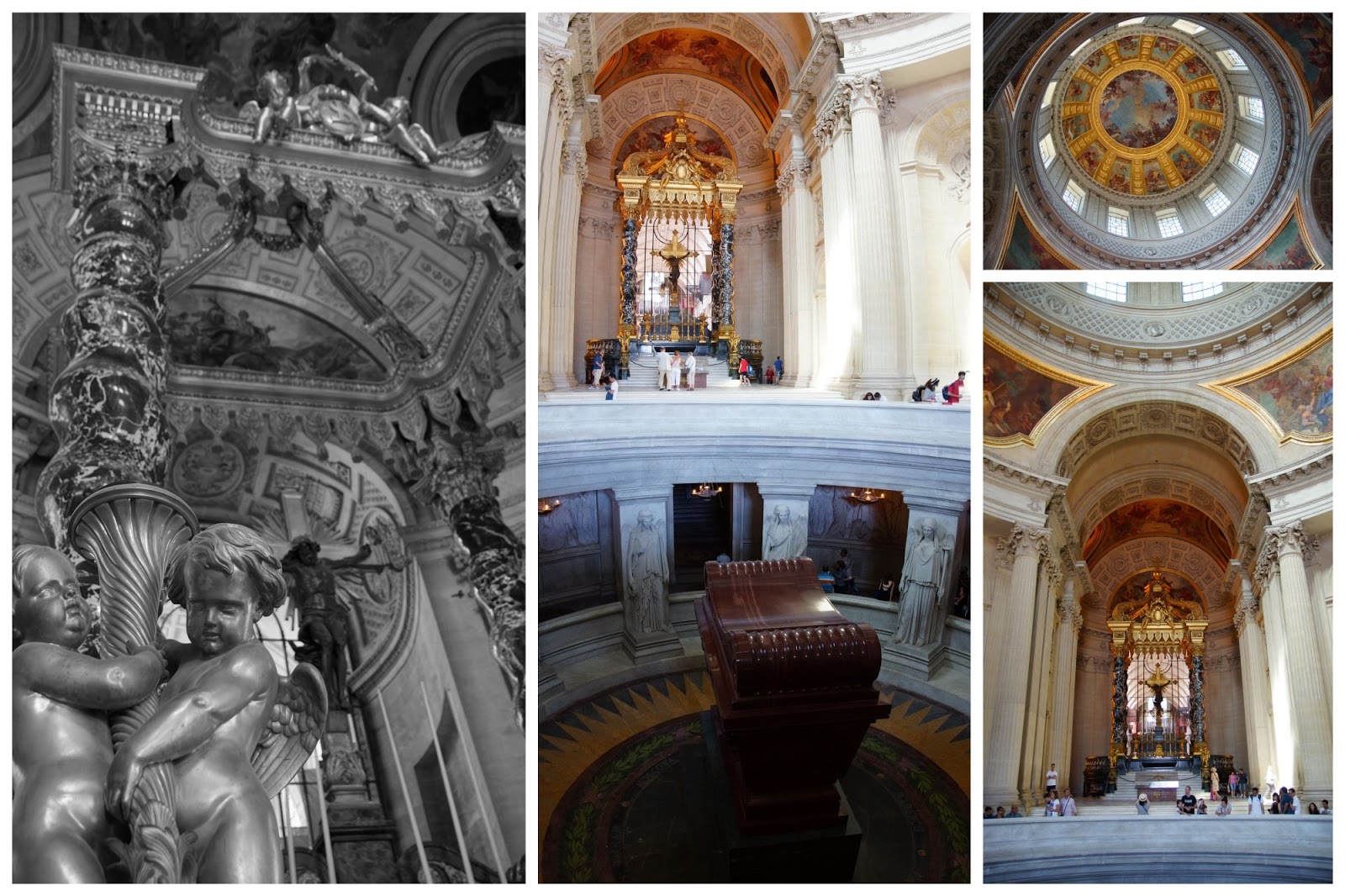This week we’re experiencing first snow in Jura mountains so I went out hiking to check it out. The conditions on route were rather difficult. The slope was slippery and visibility was almost null at the top because of mist.
Tag: France
Misty Sunday
Cascades de France
What to do when weather is rainy and „on foot” mobility is reduced? I asked myself that question on the gloomy weekend and decided to have a „waterfall excursion”. There are just so many of them in the neighbourhood – easily accessible by car. Not discouraged by the rain (which later turned into actually nice and warm weather), we set off to discover the beauties of French nature.
We started with Pain de Sucre cascade. I need to say, it was pretty awesome. It felt a bit like we were in a fairy-tale forest full of magic. Dark colours, soft drizzle and a waterfall you basically can walk around and hide yourself at its back. The only thing missing was a cave with a treasure 🙂 We really enjoyed the view as well as the humming sound of water.
Next stop: Cascade de Cerveyrieu. The water of river Seran falls down for around 60m to meet rocks on the ground and splash with great rumble. We watched it happen from the top, with a nice view on the valley.
Waterfall number 3 – Cascade de Claire Fontaine – was situated well in woods, but we managed to reach it by car and needed just a few steps up to see this beauty. I imagine it must be even prettier in spring or late autumn, when there is more water falling. Anyway, there is something ethereal about the waterfalls, is it the levitating mist? Perhaps gentle or aggressive roar of water? Crudity of rocks? Softness of moss? I don’t know, but for me they are enchanting.
Lastly, we saw Cascade de Glandieu, situated in the centre of a small French village. Although it was the biggest of all we had seen, it didn’t make such an impression on me. Perhaps the proximity of agglomeration stripped the waterfall from its charm? Other possibility, we had had enough of cascades for one day. I mean, don’t get me wrong – it was really nice, it’s just that we liked the other three better. Anyway, we stayed for a while in the village to have a meal in a restaurant and went back home.
LHCb and LHC point 6
Last weekend CERN organised open-days. Over 70 000 people visited CERN facilities and over 20 000 of them went underground in one of six underground facilities. During this days 2 300 CERN volunteers cared about people’s safety and good time. I was one of them. I was an underground guide in LHC Point 6 which is responsible for LHC beam dumping system.
On Monday CERN opened these six underground facilities for members of personnel so I had occasion to see LHCb experiment and once again LHC Point 6 – this time with a camera.
Before LHC was created, CERN worked with LEP (Large Electron Positron) Collider. At those times LHCb cavern was the place of DELPHI experiment. Because disassembling and removing of DELPHI detector would be very time consuming and very expensive, it was decided to keep part of the detector underground and move LHCb a bit aside. Thanks to that I was able to see not one but two detectors.
Then we moved to LHC Point 6 where I was a guide during the weekend. LHC beam dumping system was created because you can’t leave circulated protons inside LHC after finishing a day of work. Protons have energy of moving train and if they hit any part of LHC they will destroy it. It is also not so easy to redirect them to some safe place because they travel with almost speed of light. So beam duping system contains three types of magnets that do this job.
First:
Kickers that extract very fast beam from LHC pipes and redirect it a bit up.
Second:
MSD that redirect beam a bit left.
Third:
MKB that spread beam from 1×1 mm (when it enters the magnet) to 30×30 cm (when beam hits block of 8 meters of graphite). Beam must be spread because even 8 meters of graphite can’t handle a moving train that hits 1×1 mm spot.
At the both end of LHC Point 6 you can see LHC circle curvature
I had lots of fun while guiding people through undergrounds of Point 6 and now I saw almost all of CERN underground facilities. Next stop: ALICE and LHC Point 4.
Discovering France and Switzerland
In the past weeks we went for a couple of walks around the neighborhood, so here’s a collective post with the most beautiful photos from these events.
First on: vineyards in Challex:
Plateau de Solaison:
Ornex and view on Mont Blanc:
Vesegnin and sunset over fields (and Mont Blanc again):
Somewhere up Montreux:
Saint Jean de Gonville:
Quarry near Pugny and Radek in water:
Birdies, birdies, birdies…
When visiting Dombes region, Parc des Oiseaux (Bird’s Park) is an unquestionable must! I really can’t express how much I liked this place. We spent almost 4 hours there and I know it could have been even longer if we had had more time. The place is pretty big and it’s being expanded by new areas and new bird species. When we arrived, we headed straight to lories’ aviary because it was their feeding time and we could actively participate in this. Boy, it was fun… Apart from just marvelous, colourful birds, the real amusement was to actually give them food and to be able to touch them. Radek was lucky enough to experience close encounter of a third kind with some of the birds 🙂
When feeding was over, we still had some time before the big event – a bird’s performance organised by the park – so we just strolled around and watched different breeds.
Then, the show… We didn’t know what to expect so we were quite excited before. In principle, the main idea of the show was: birds flying just centimeters from the spectators’ heads. Me during the show: -Look at that! -Look at this! -WOW, look at that! – Oh, look at this!… It was also educational because the lady was describing the birds, their habitats and habits.
When the show finished, we still had like 3/4 of the park to see. Fortunately, visiting all the aviaries was not tiring. There were few people and the path were made in such a way to make people feel being emerged in nature, rather than visiting a zoo. And so, we went past: parrots, flamings, chicks (these ones were pretty ugly, yet very cute), toucans, owls, ostriches, condors, penguins, ducks and many others I’m unable to quote… We even saw a kangaroo in an Australia-theme area of the park. Although I don’t like revisiting the same places – this time I hope I will have the chance to see those marvels again.
Exploring Dombes region
Today, because of Swiss holiday, we had a day off to use. Although it is September, the weather was like in July, so we decided to make a trip outside the city. Destination: Dombes region, France. The area is well known for its ponds and water-soaked grounds. Our plan for the day: les jardins aquatiques (water gardens), Châtillon-sur-Chalaronne village, Le Parc des Oiseaux (bird park), a medieval village of Pérouges. Looks like an action-paked day for us.
We started from a small but beautiful water garden, nurtured by a company selling water-garden stuff (like fish, pumps and plants). They really know their ropes – the garden was marvelous. It’s best known for koi carps – very colourful little fellows swiming in their ponds. I really enjoyed this short walk – it was a nice start of our day.
Next, we headed to a lovely village – Châtillon-sur-Chalaronne. There was nothing special to see or do there, so we just walked around narrow allays, visited the hill with a castle, sat down in a cafe and enjoyed the sunny day and the charm and idleness of the place.
Then, we drove to Le Parc des Oiseaux – but this is a place that deserves a separate post, so I will skip it here. A visit in the park took us almost four hours, so when we were actually free it was already late afternoon. Last in our plan: a medieval village of Pérouges. It’s listed among 'les plus beaux villages de France’ (the most beautiful villages of France). I would personally compare it to Yvoire, although I liked Yvoire more. When we arrived, the village looked… deserted. There were few people, restaurants were closed… It felt a bit strange. We had a fast stroll through the cobblestoned streets, tasted la galette de Pérouges – a local delicacy and went back to car.
Paris Day 7: Au revoir Paris
We devoted our last day in Paris for strolling in a park, wandering through the less popular streets and a Batobus ride. We started the day from Le Jardin des Plantes – a huge place of greenery, with the National Museum of Natural History placed in the area. We decided to see just one part of the museum – hall of the skeletons. We felt too tired to visit the rest of the exhibitions – a week in Paris was an intense experience for us and we simply had had enough of pacing through the alleys with showpieces. Instead, we sat down on a bench in the park and enjoyed the summer.
Since the day was exceptionally hot (so hot it actually was too much for me), we decided to head to the closest cofee shop to cool ourselves with a big iced latte. On our way we passed by some yet undiscovered places – like Place de Bastille or Gare de Lyon. We finished the day with a Batobus ride and dinner in a restaurant. Au revoir Paris!
Paris day 6: Montmartre, Moulin Rouge, Père-Lachaise
Today we visited two places I like most in Paris – Montmartre and Père-Lachaise cemetary. Montmartre is just marvelous. Although it is very touristic nowadays, you can still feel the spirit of the past Boheme. Dali, Mondrian, Picasso, van Gogh – all of them lived and painted at Montmartre. The Sacré Cœur Basilica majestically reigns over Paris – being the prettiest in whole city, with its white stone and beautiful mosaics inside. Narrow streets, cafes, art galleries, various museums… And you don’t need to wander off far to leave the noisy tourists behind your back and find yourself at the heart of Paris. Truly remarkable place.
After having a cup of coffee and grabbing a crêpe, we headed down from Montmartre – to Moulin Rouge and the red district.
The last plan for today was Père-Lachaise cementary. We visited this place 5 years ago and were enchanted by its grave and deep atmosphere so Radek insisted to see it again. I was too tired, so I stayed in a cafe while the other three went for a walk past the forgotten tombs and family vaults.
Paris day 5: Musée des Arts et Métiers, Napoleon’s tomb
It was the last the of our museum pass, so we first went to Musée des Arts et Métiers – museum of Arts and Industry. It was pretty interesting, not crowded and educational. At its doorstep we encountered one of many Statues of Liberty situated all over Paris.
After visiting the museum we went to see the tomb of Napoleon. Wow, that’s a big coffin for one person. Before that, guys went to see the museum of arms, and girls just rested in shade.In general, we decided this day would be less action-packed, because we needed a pause from the hectic Paris.

















